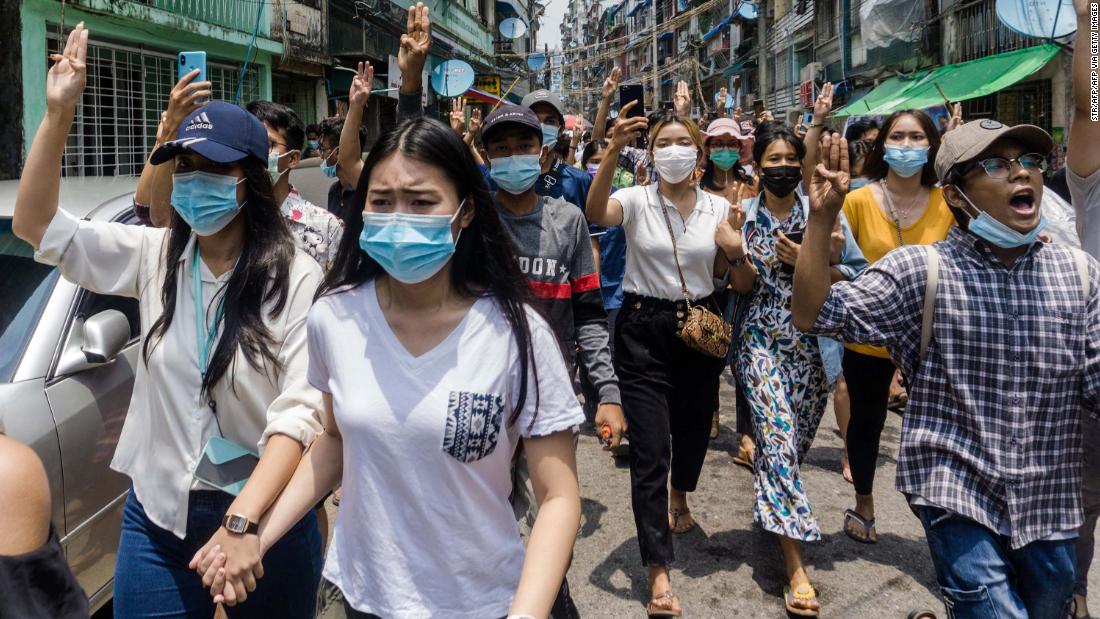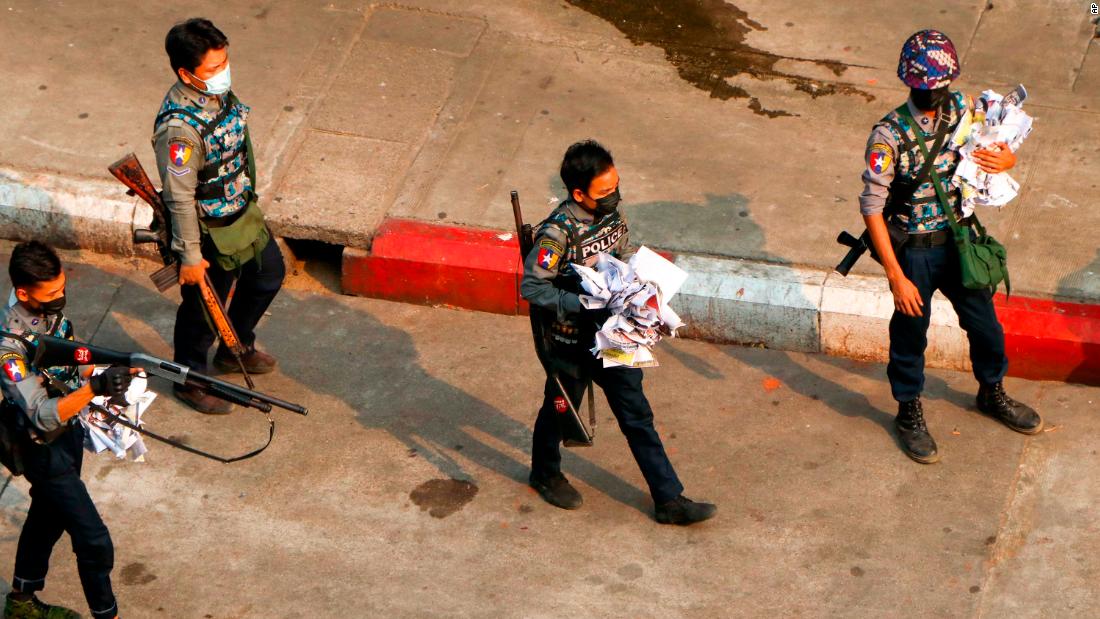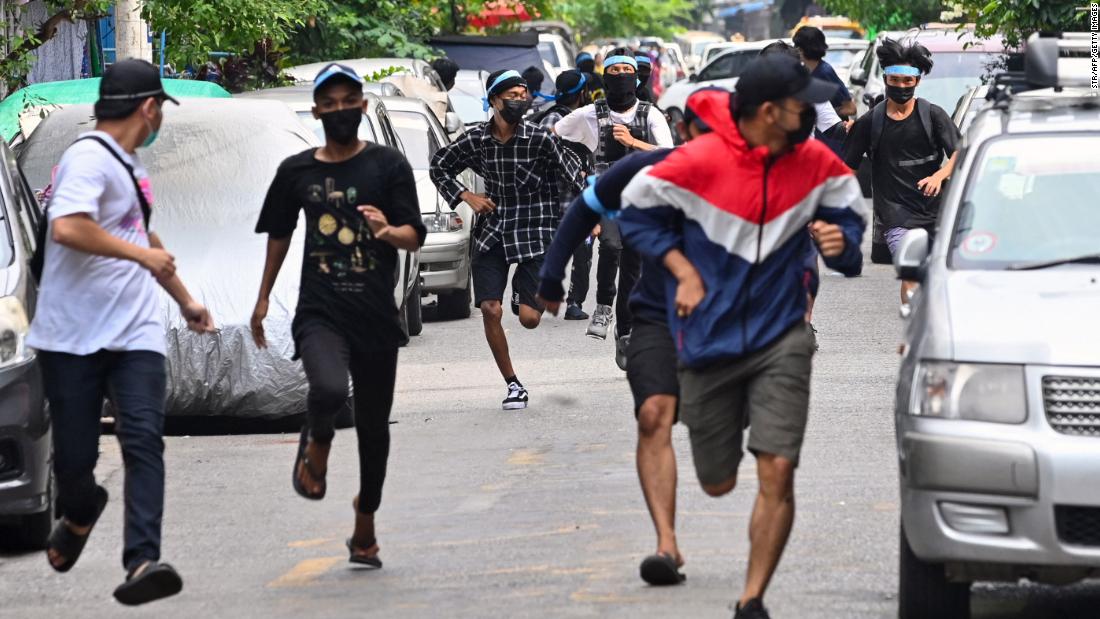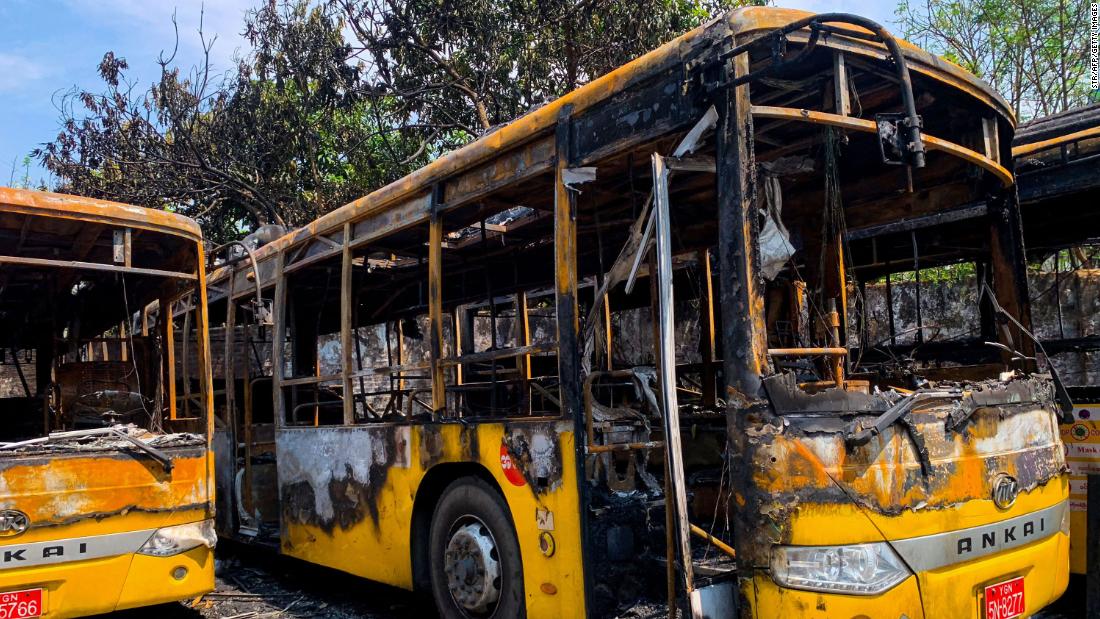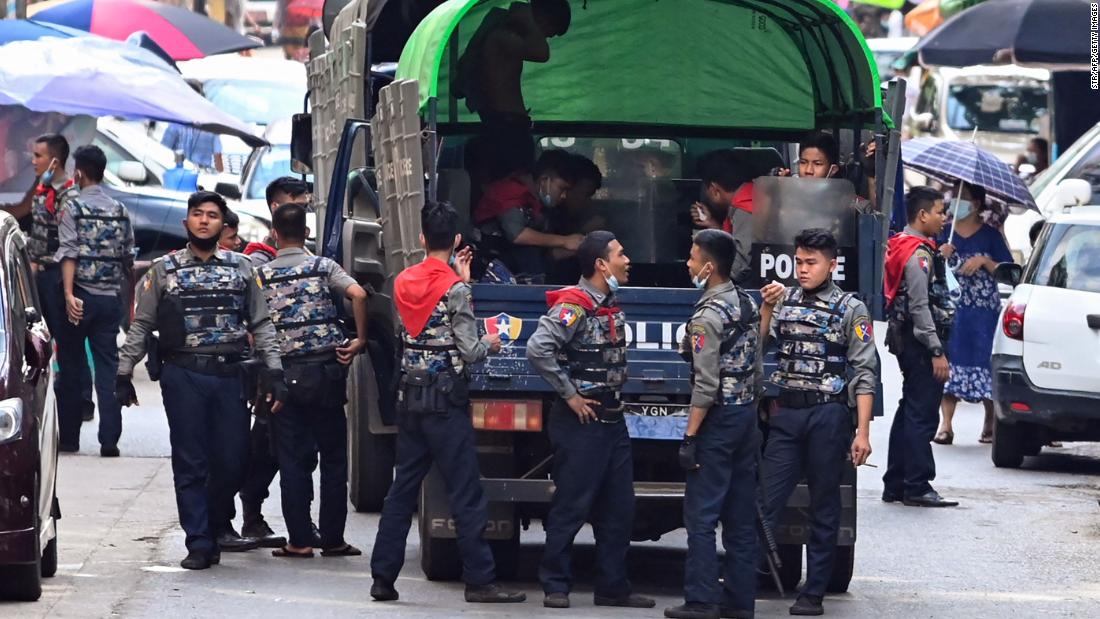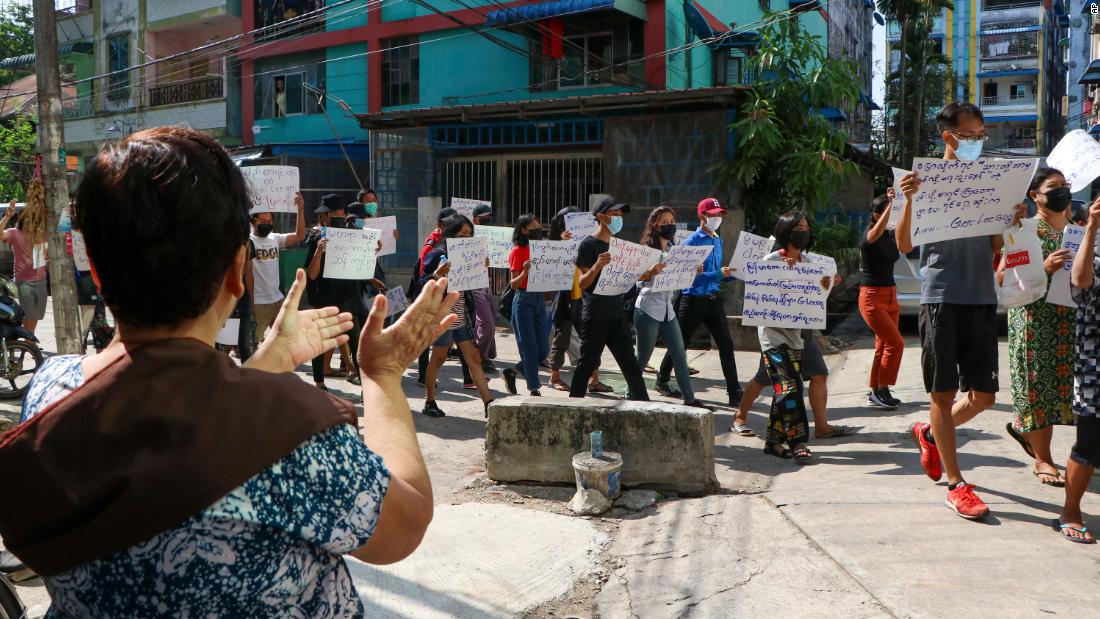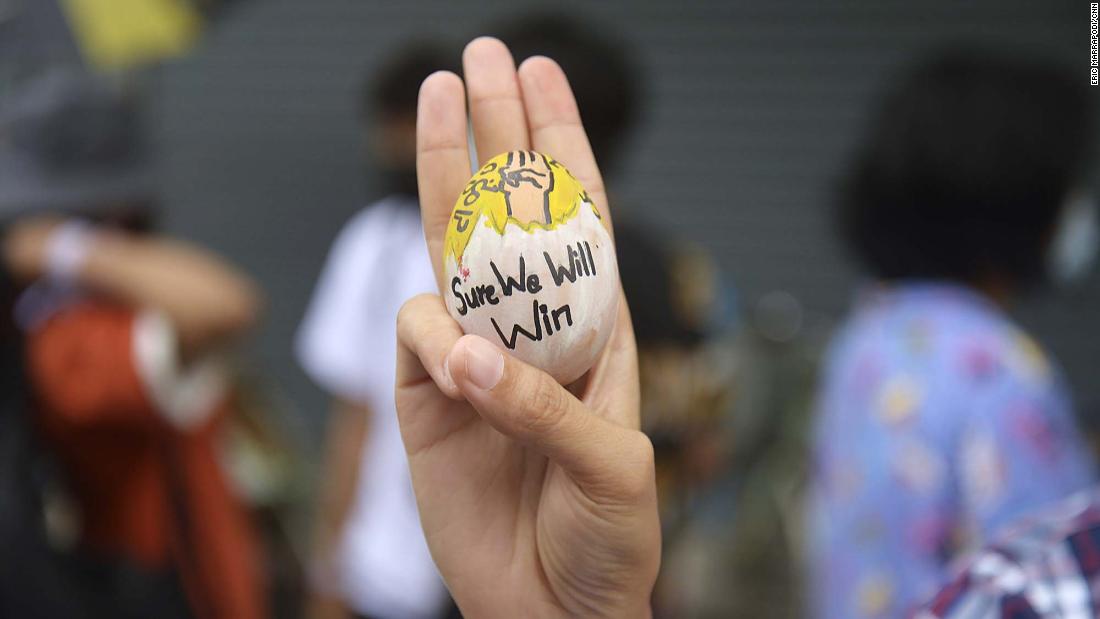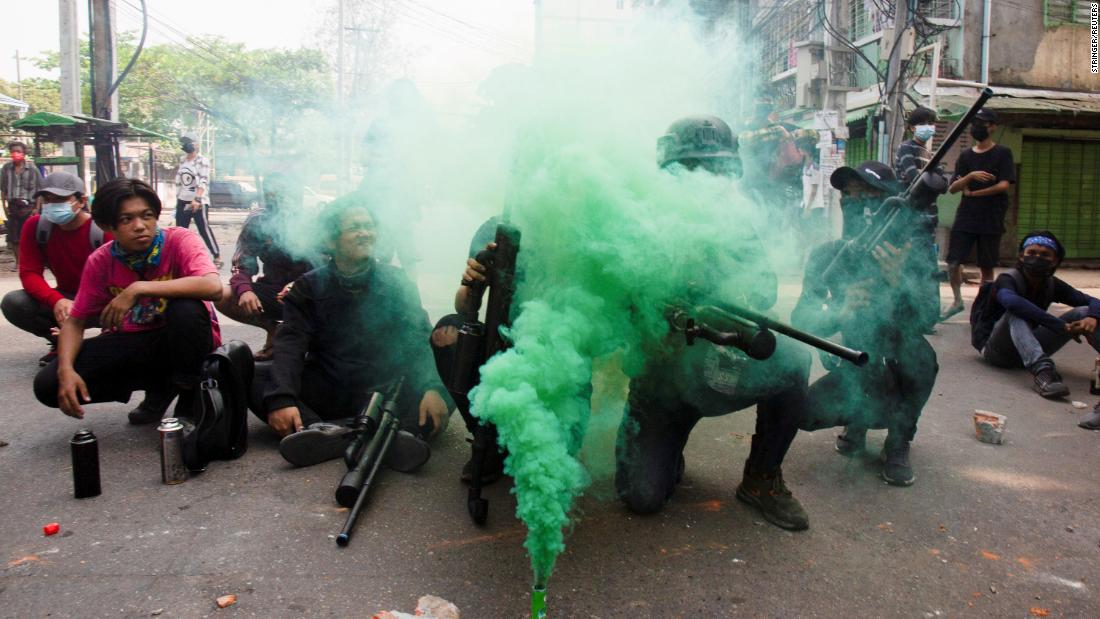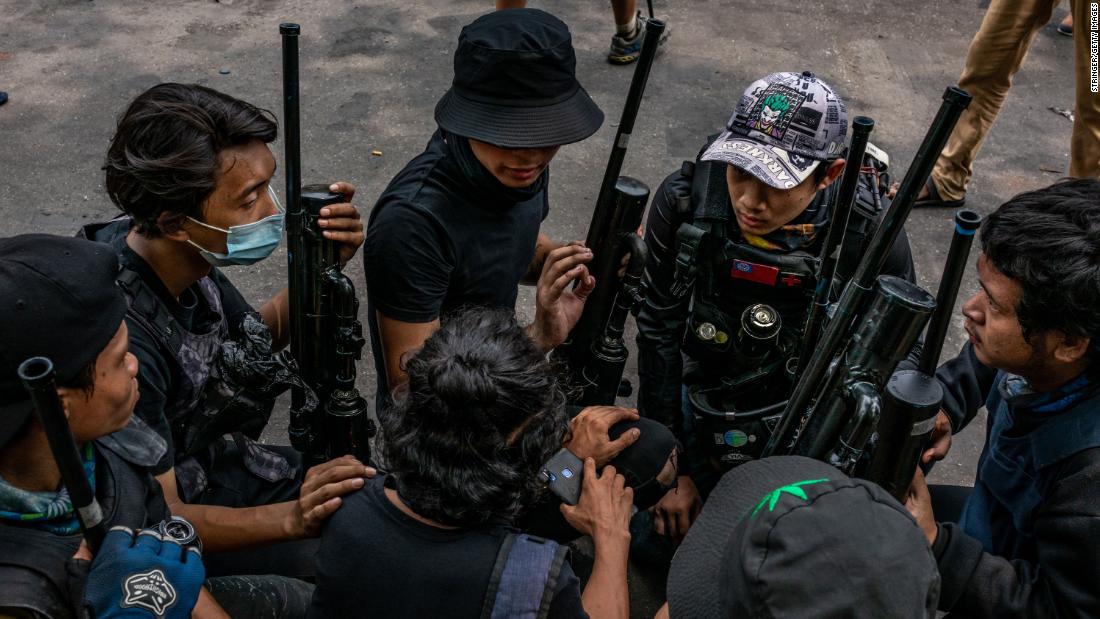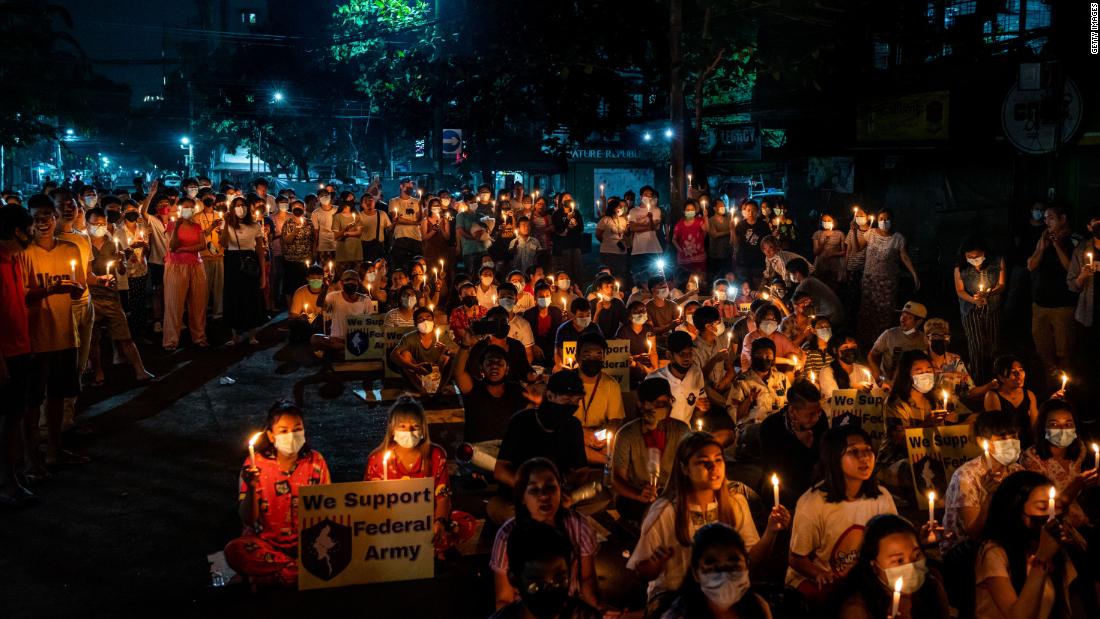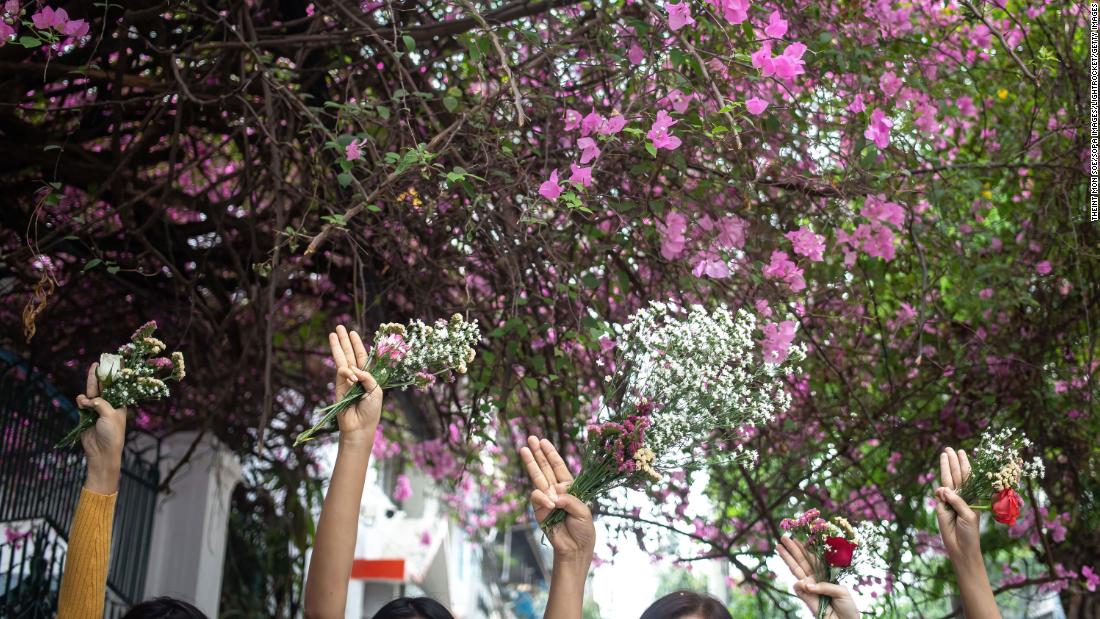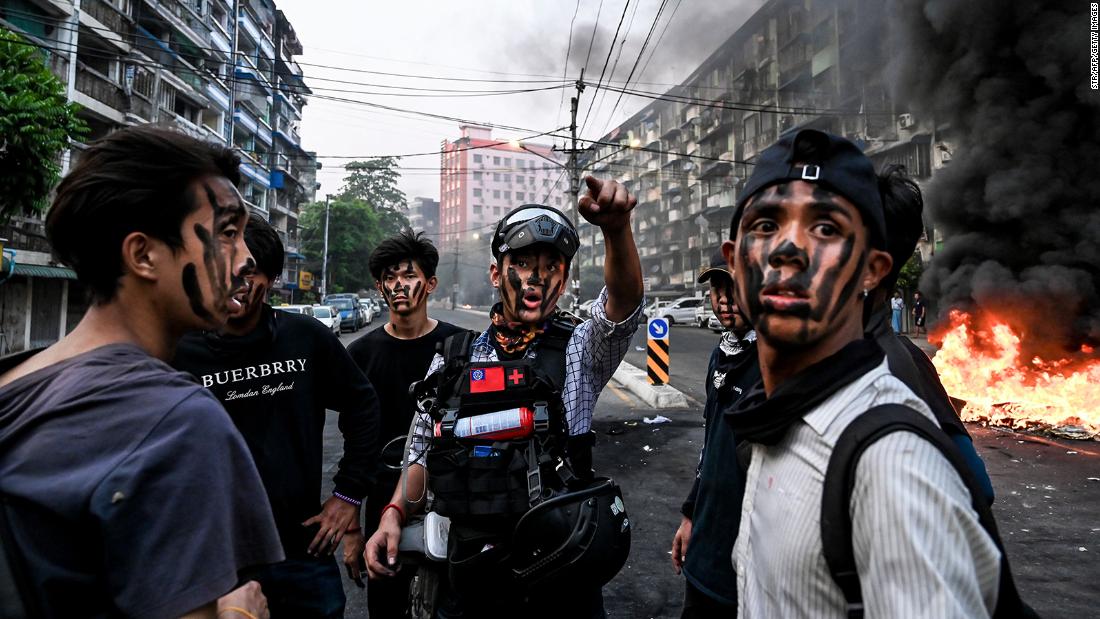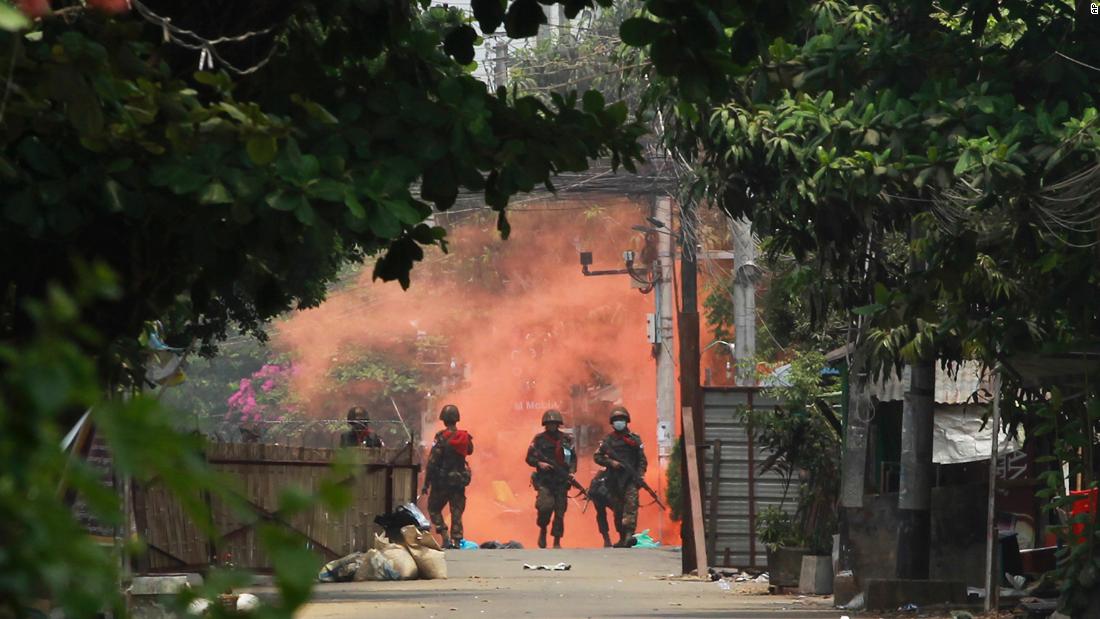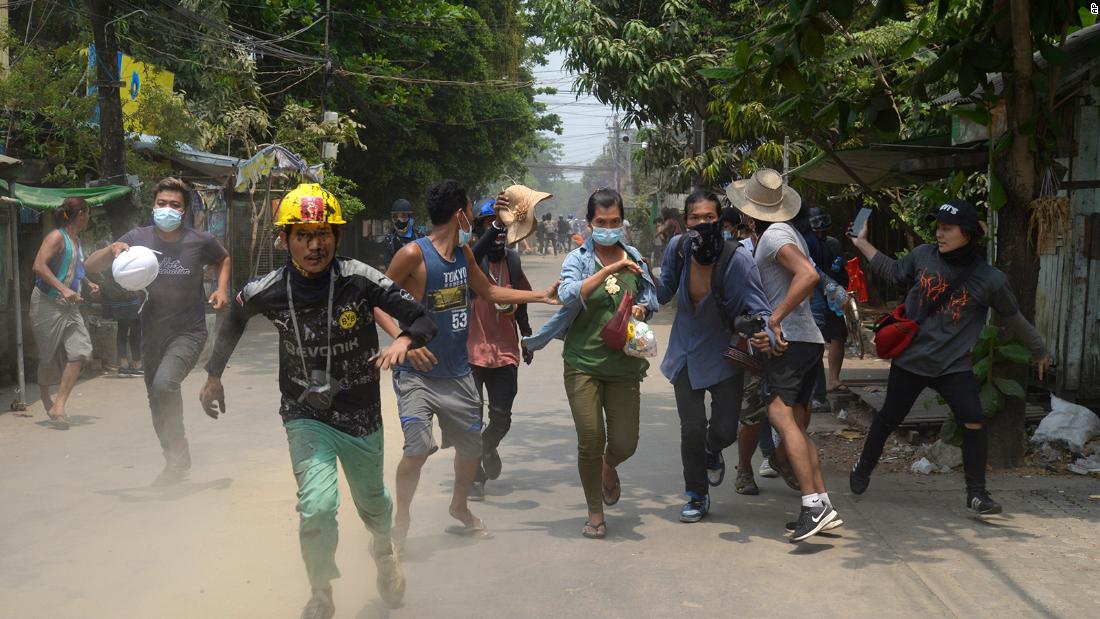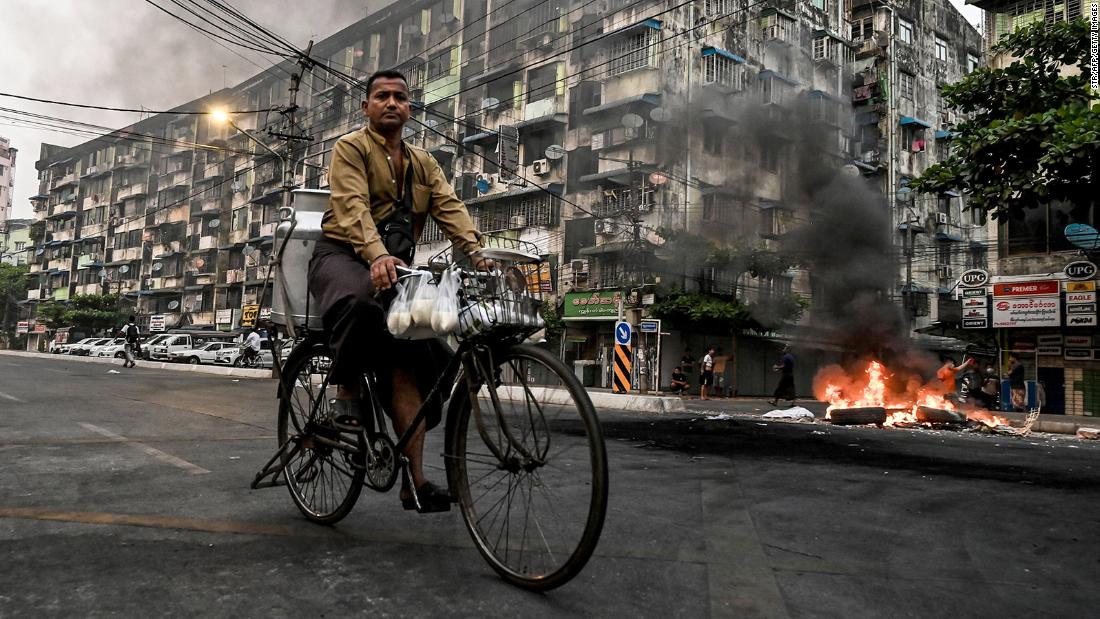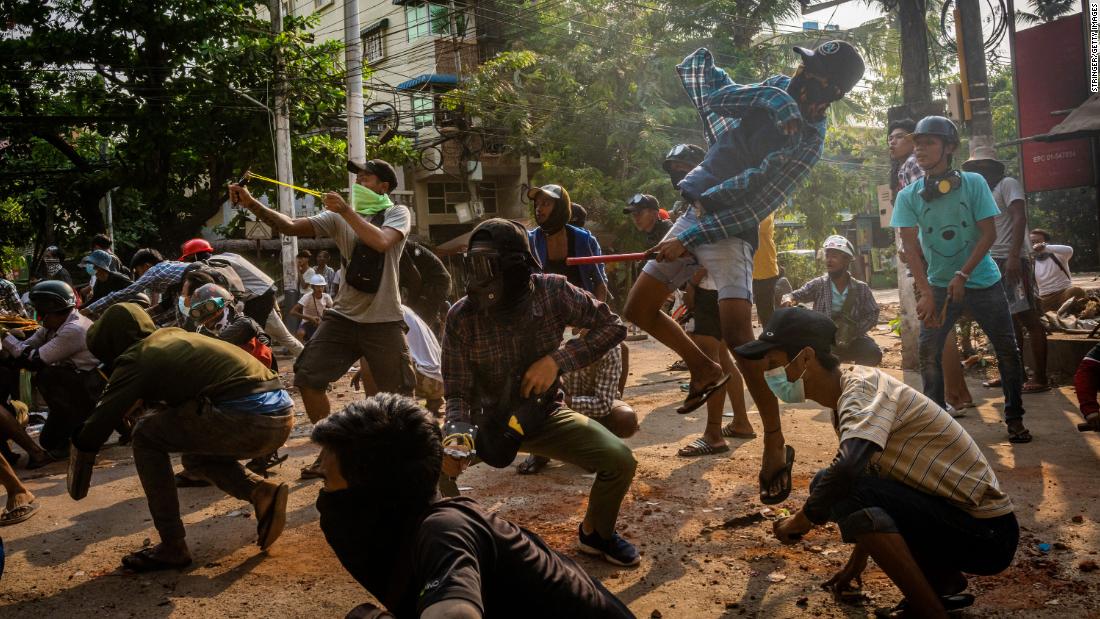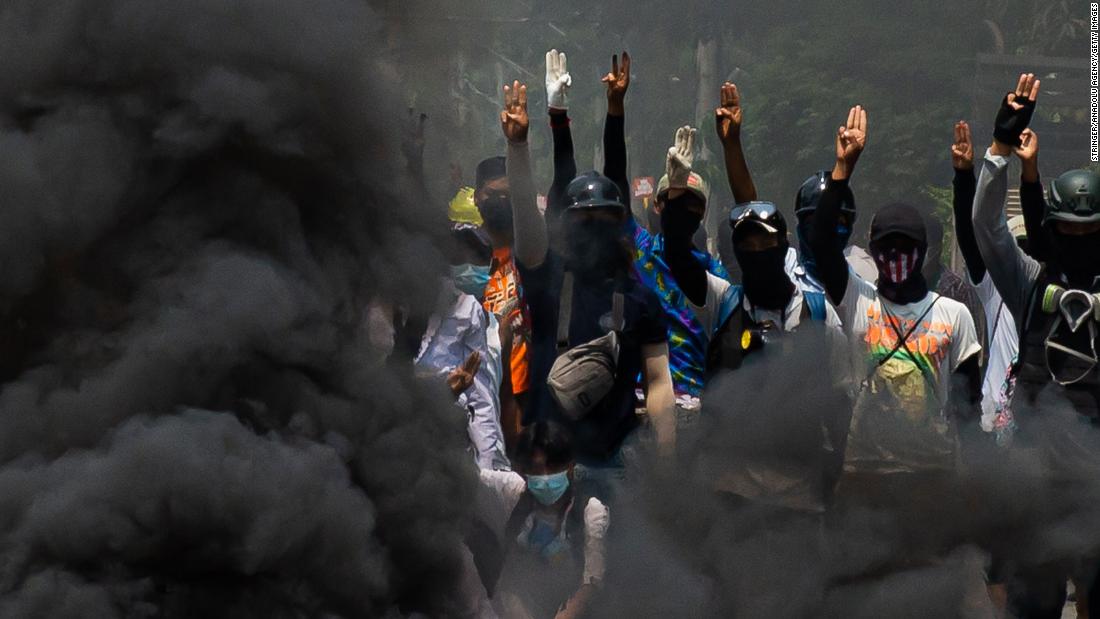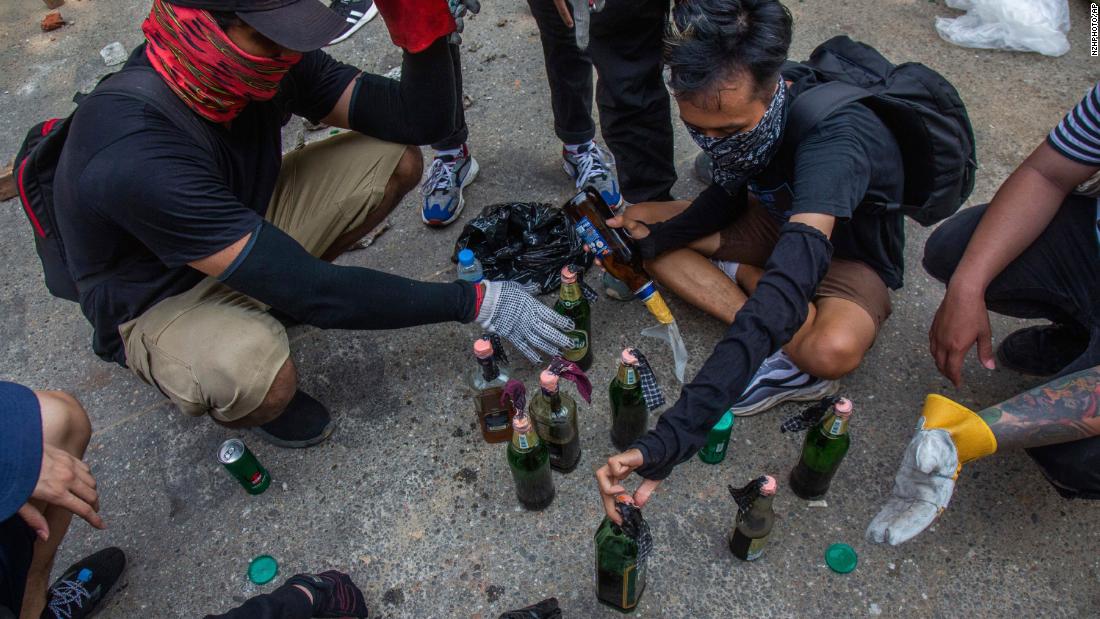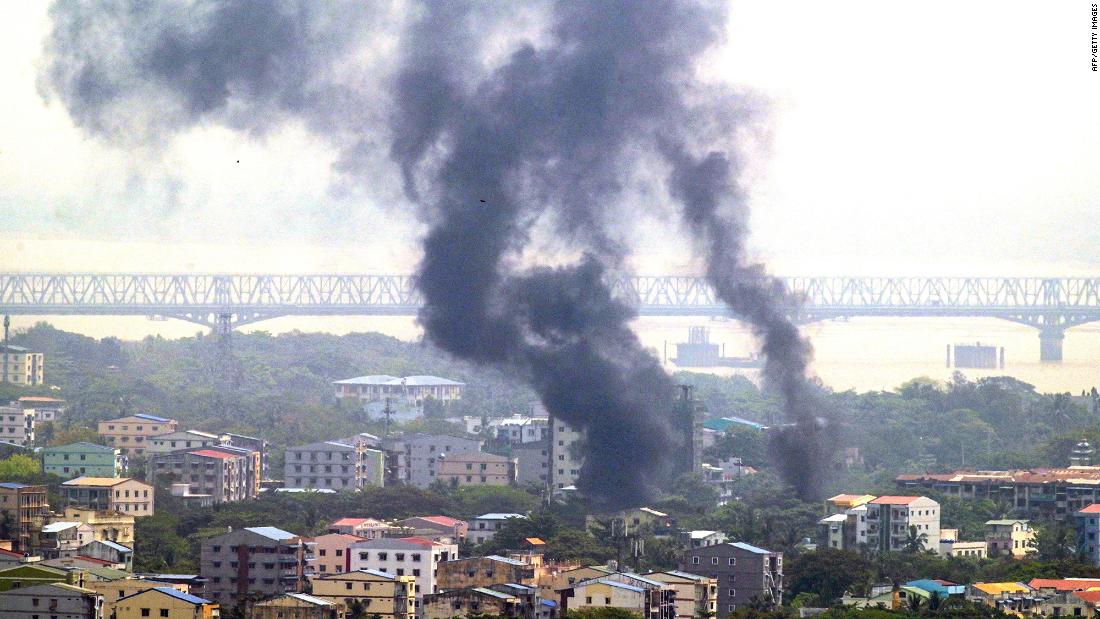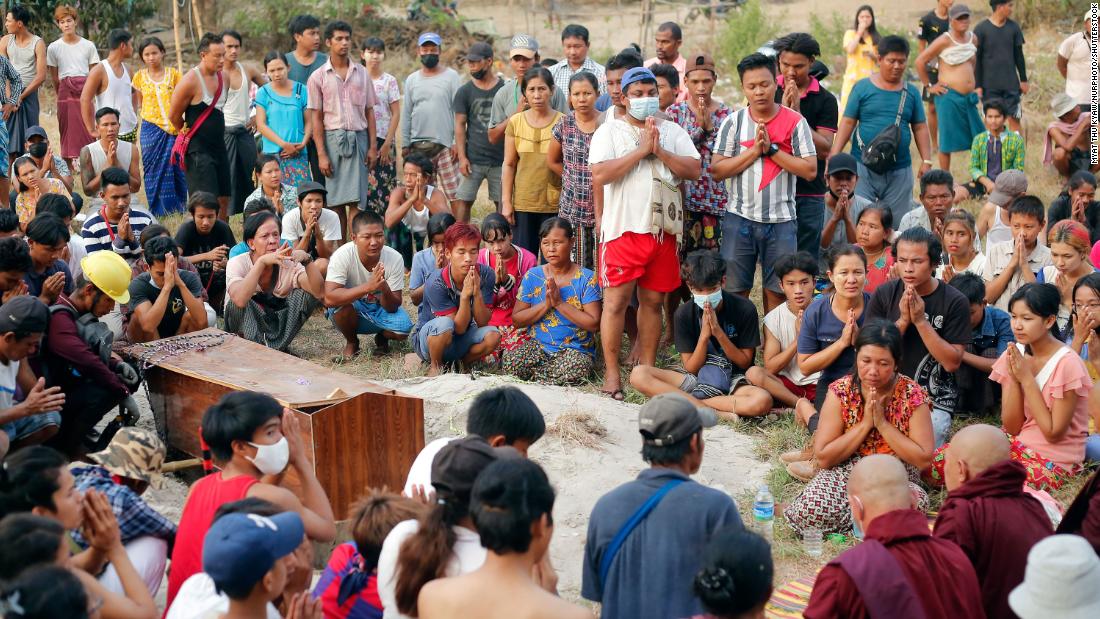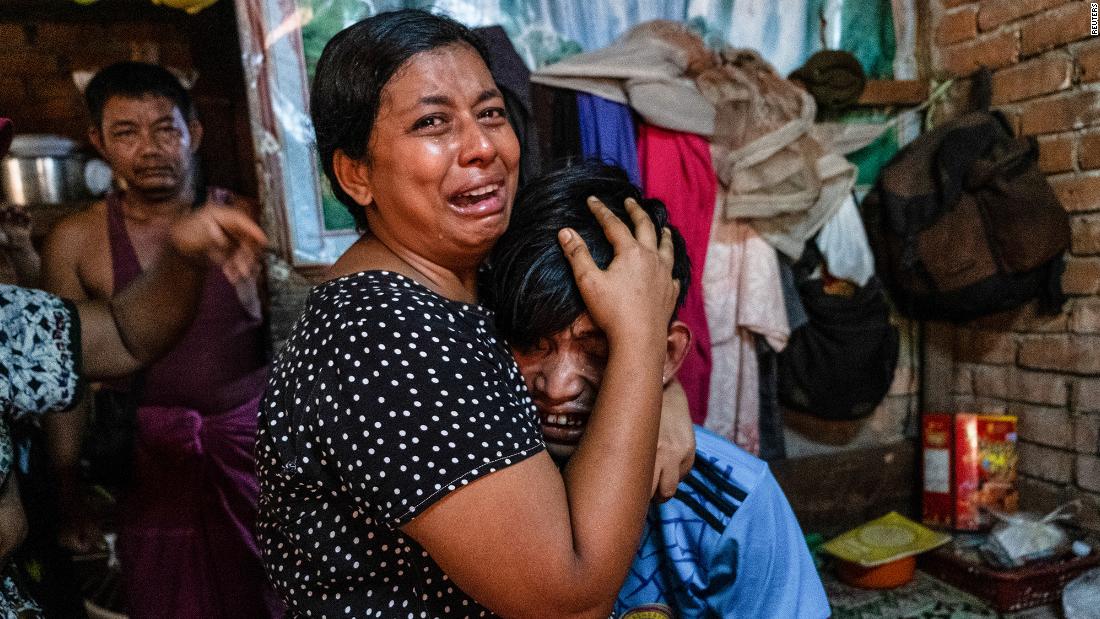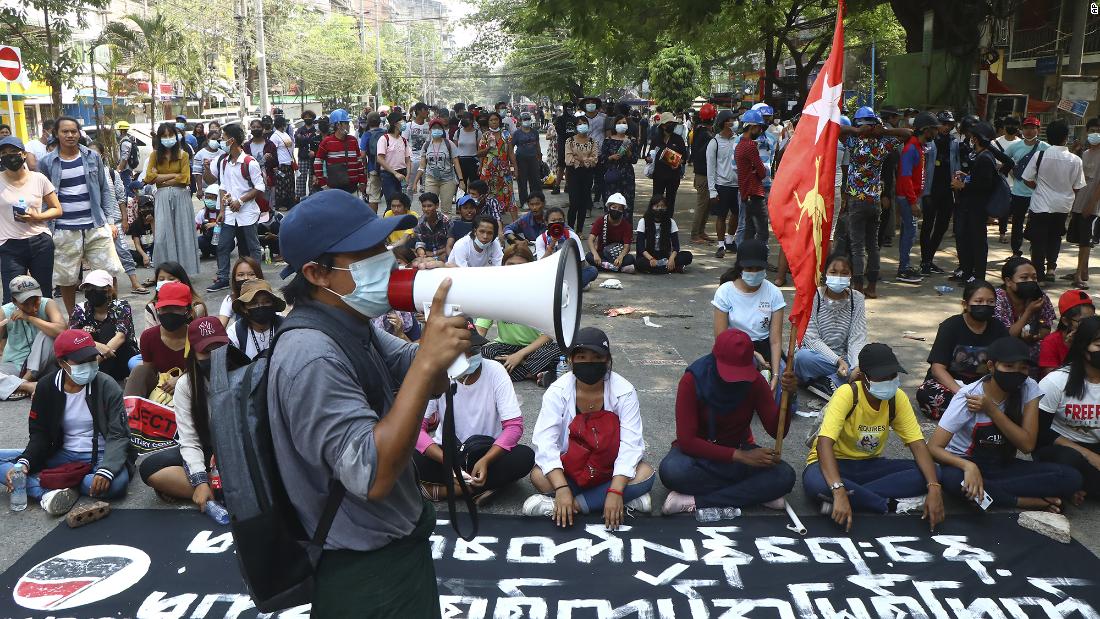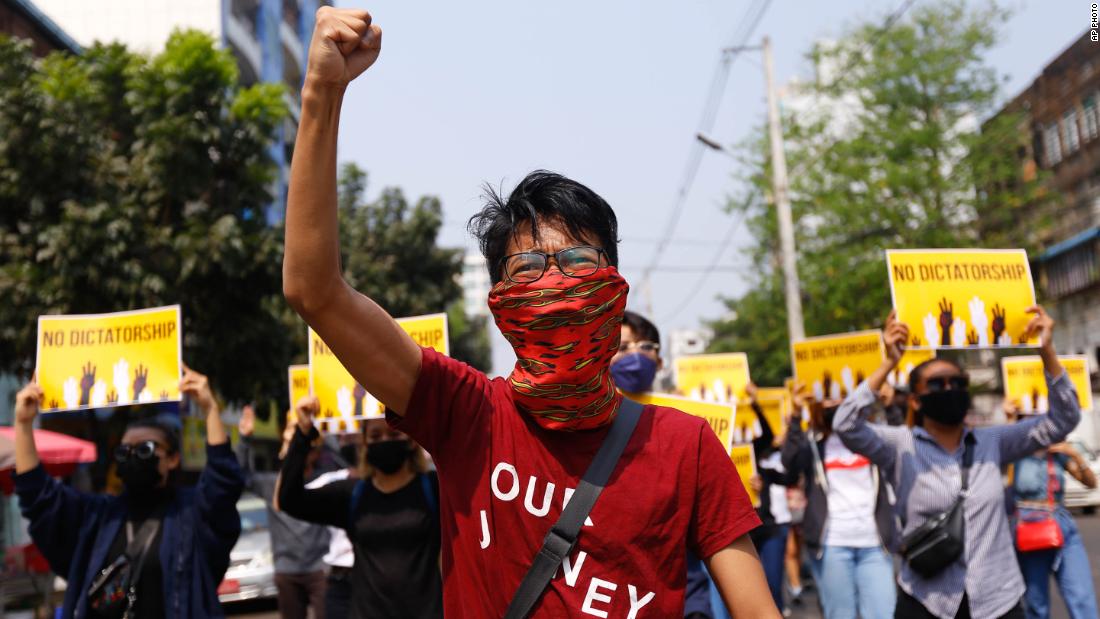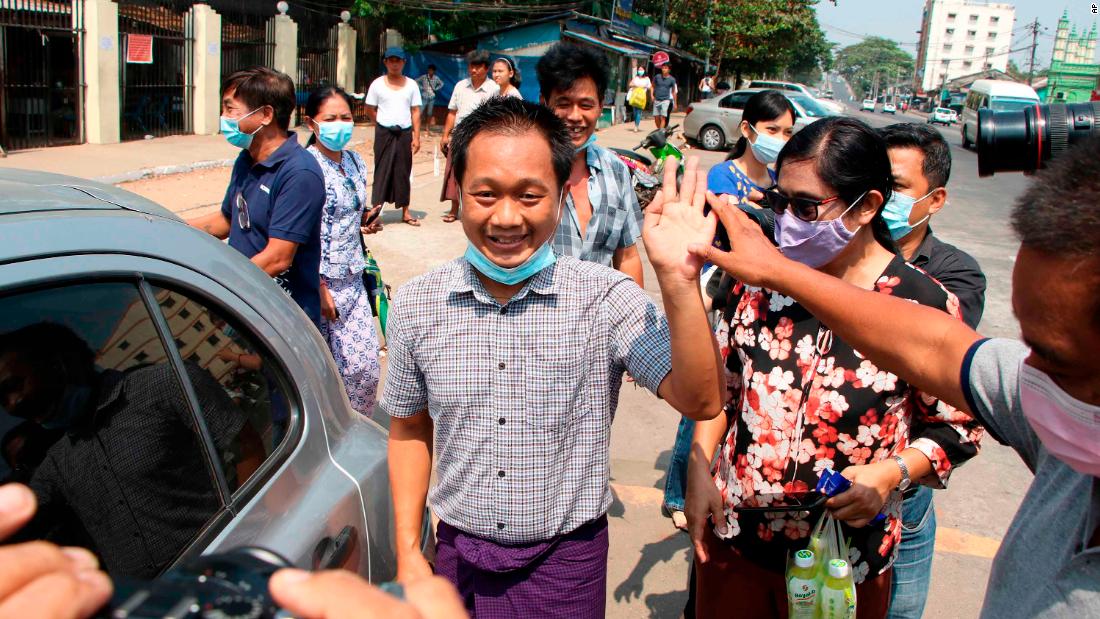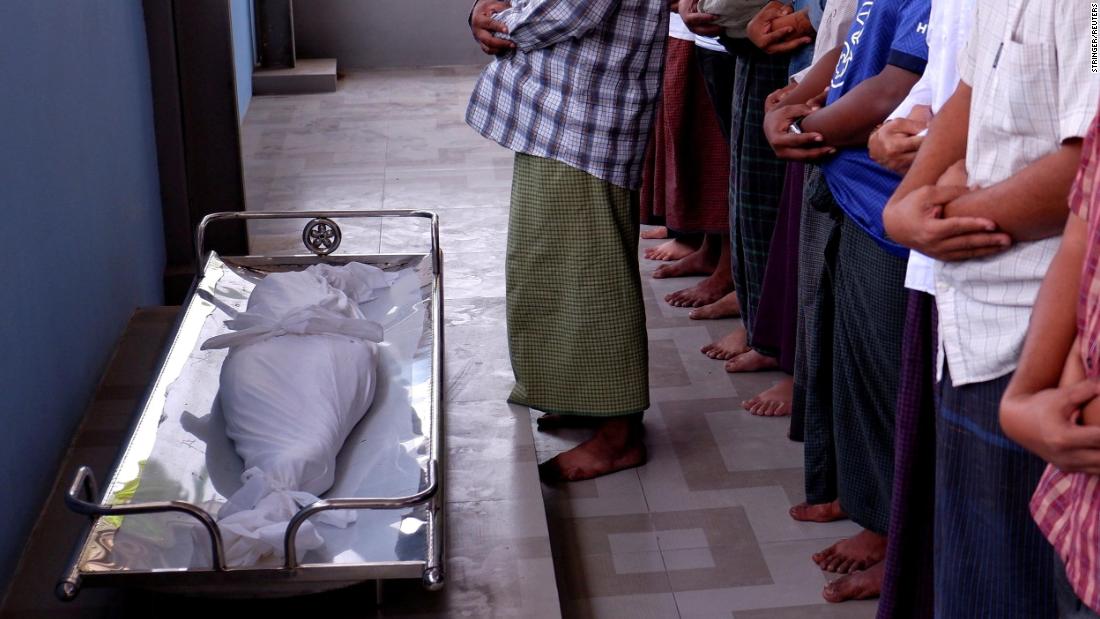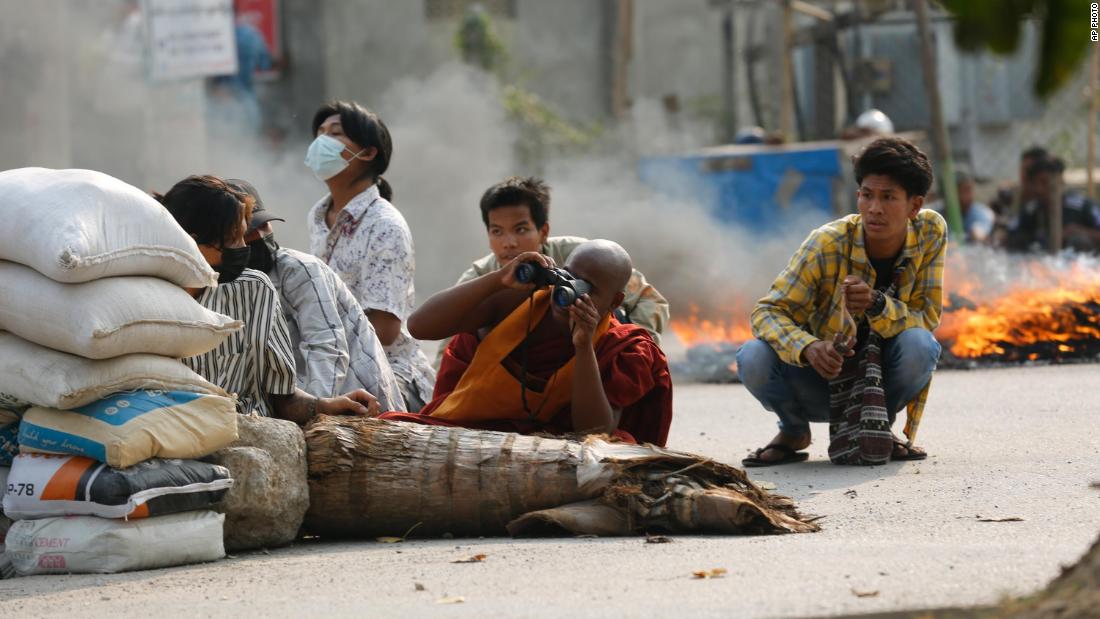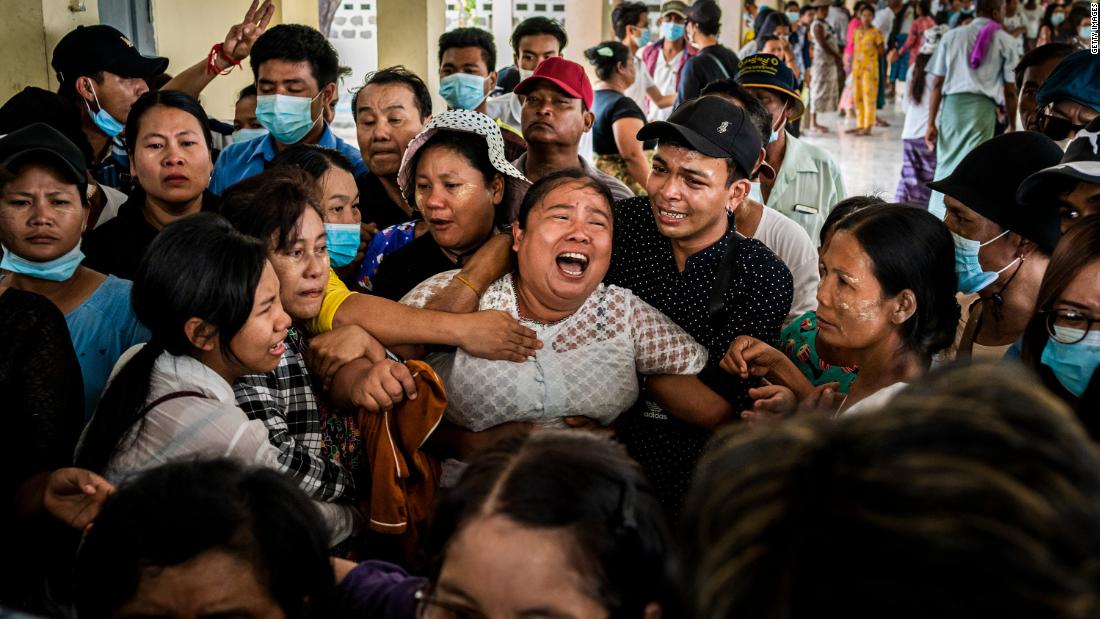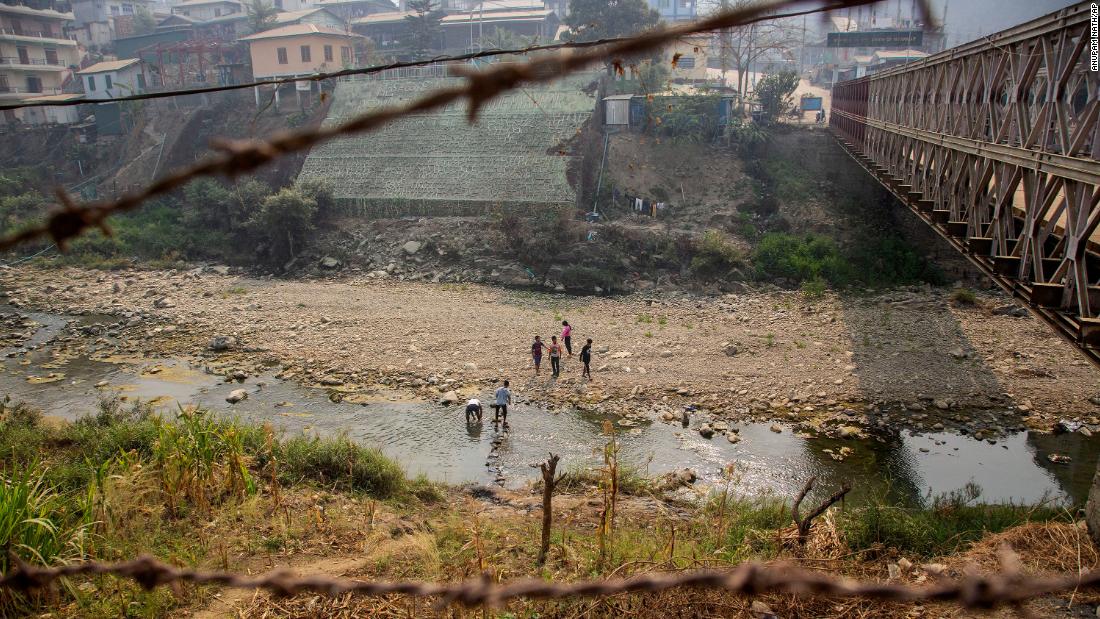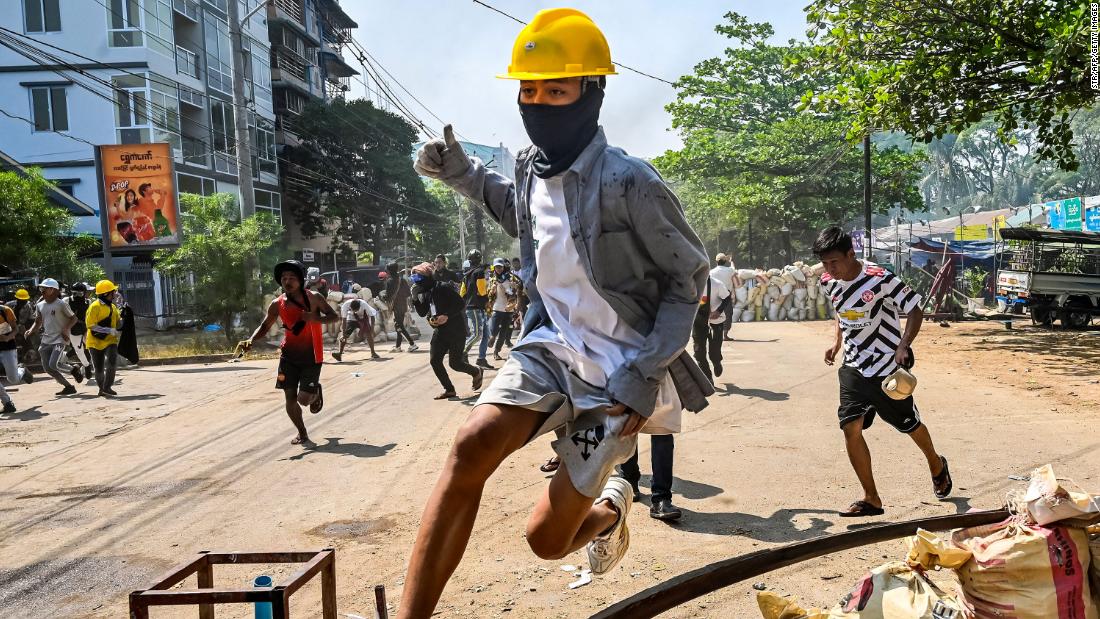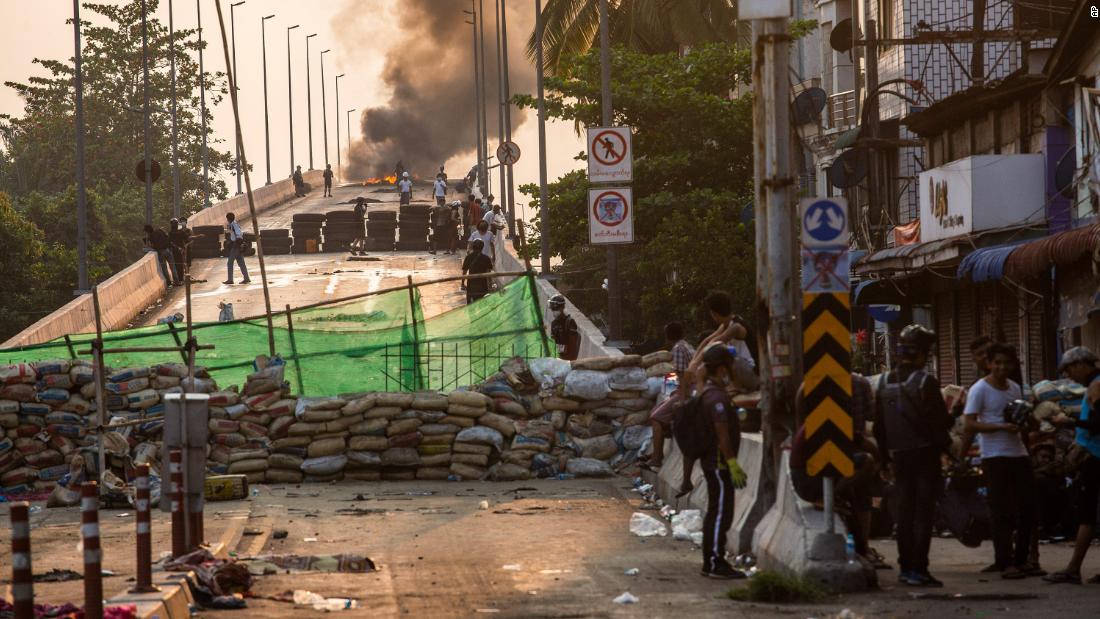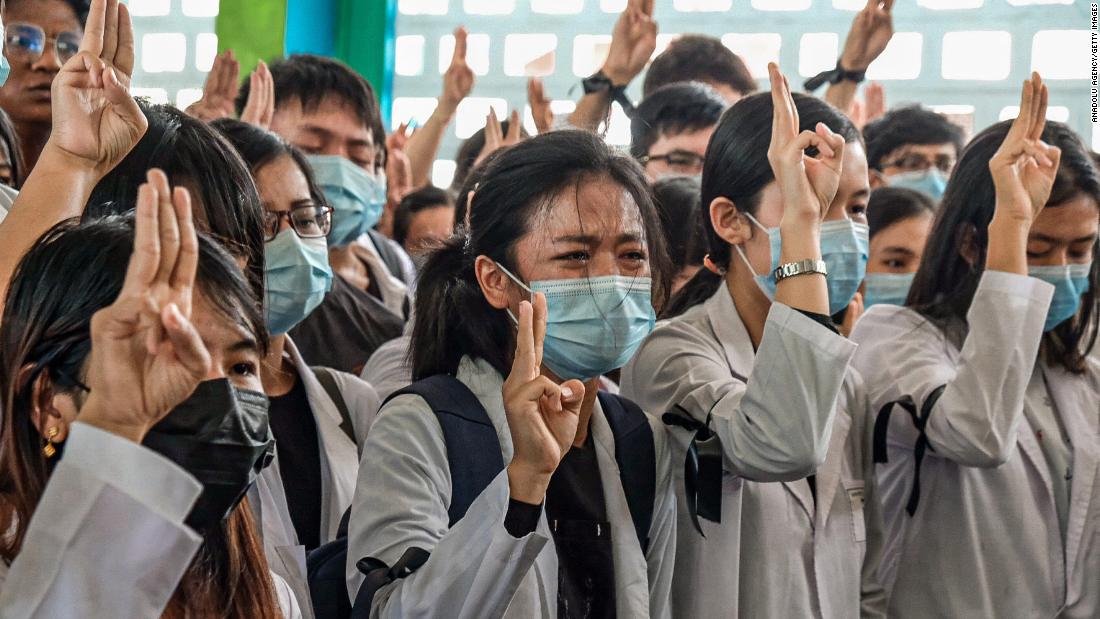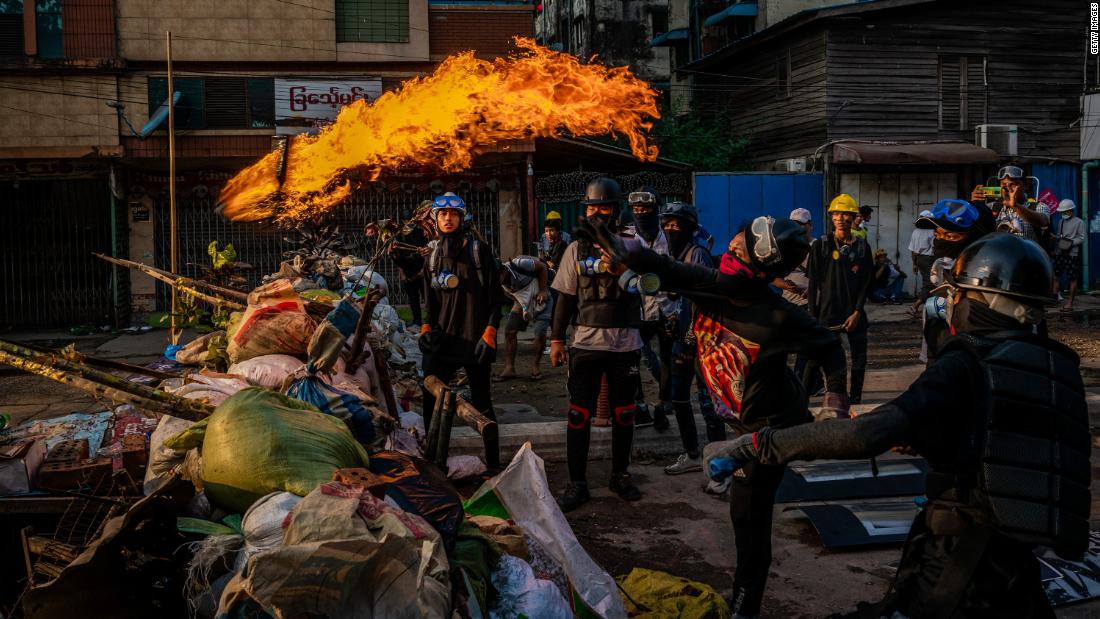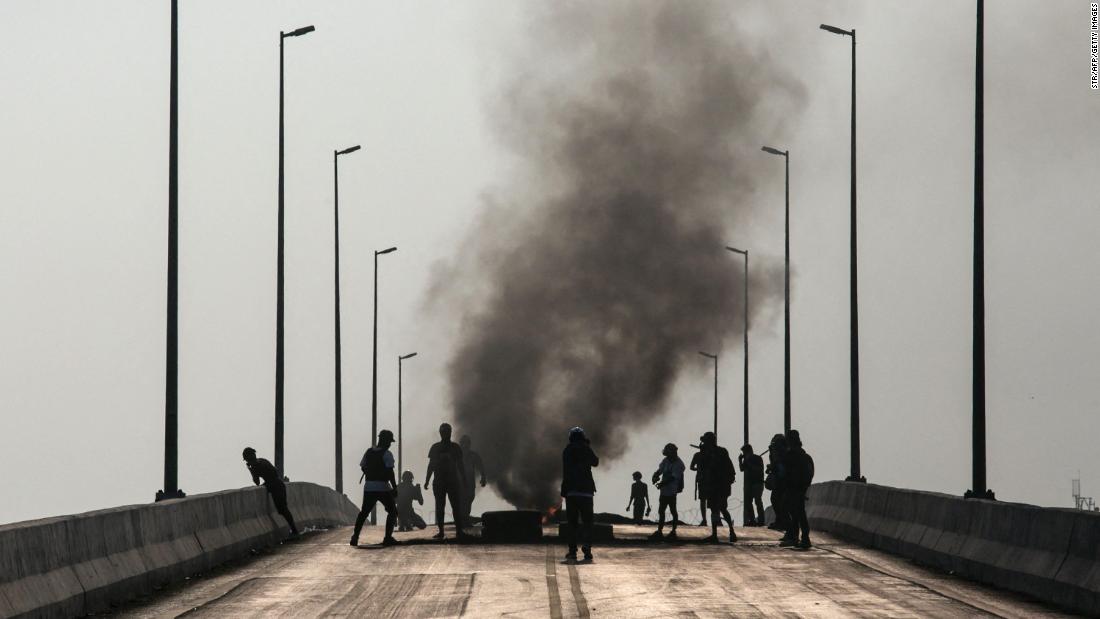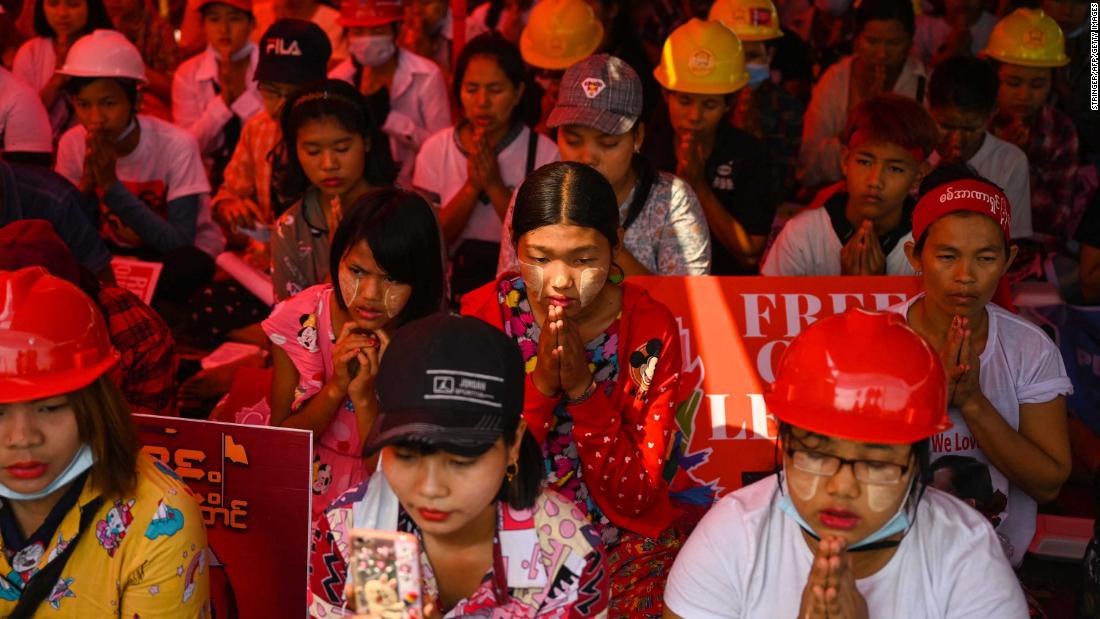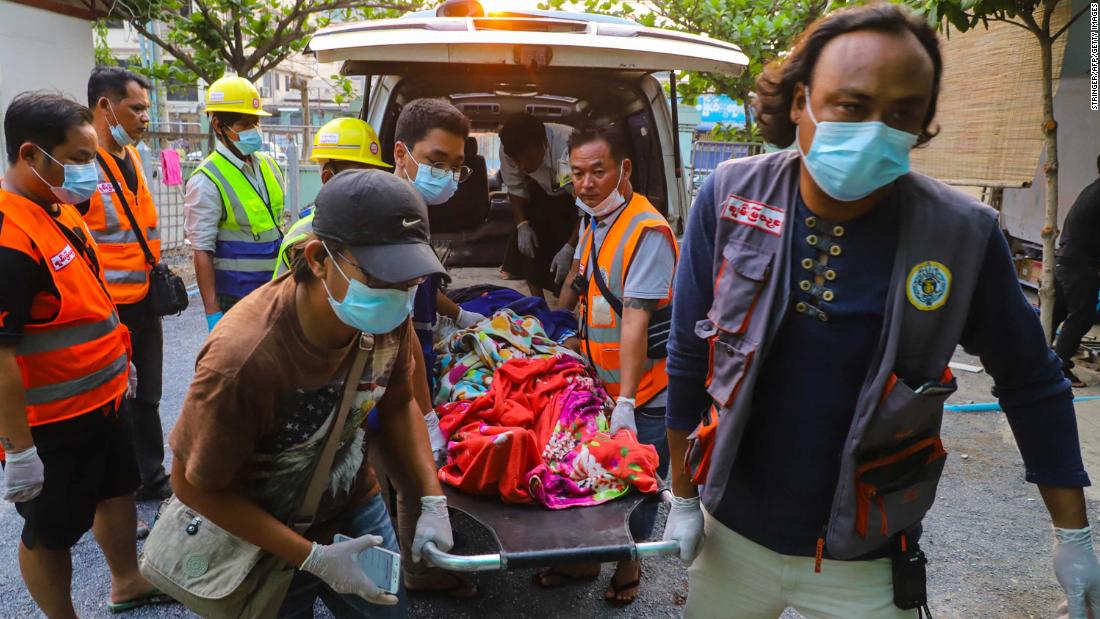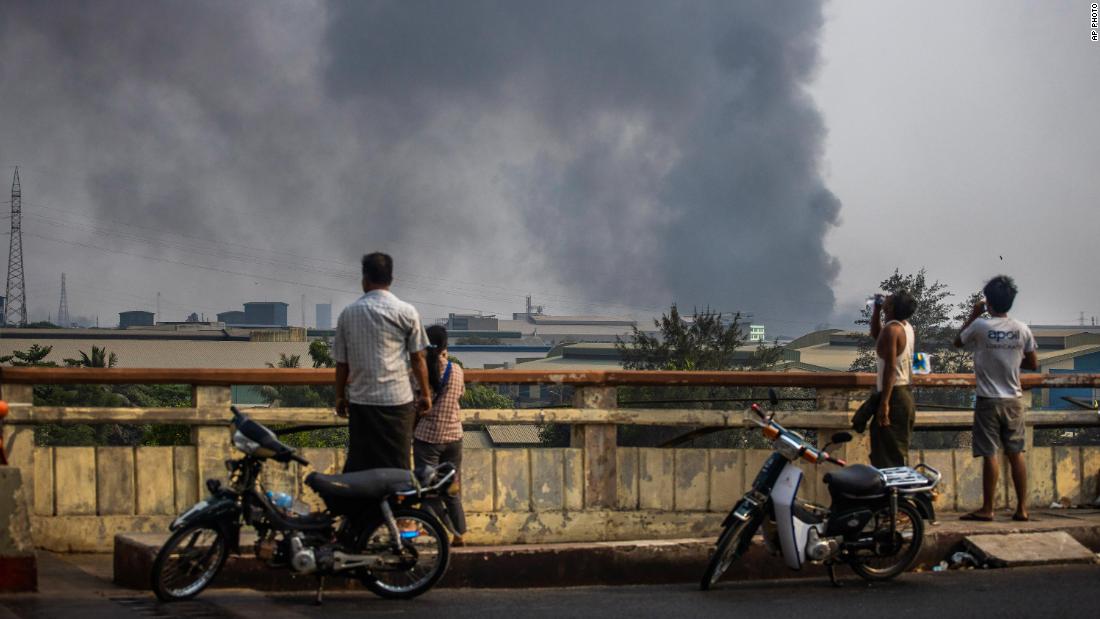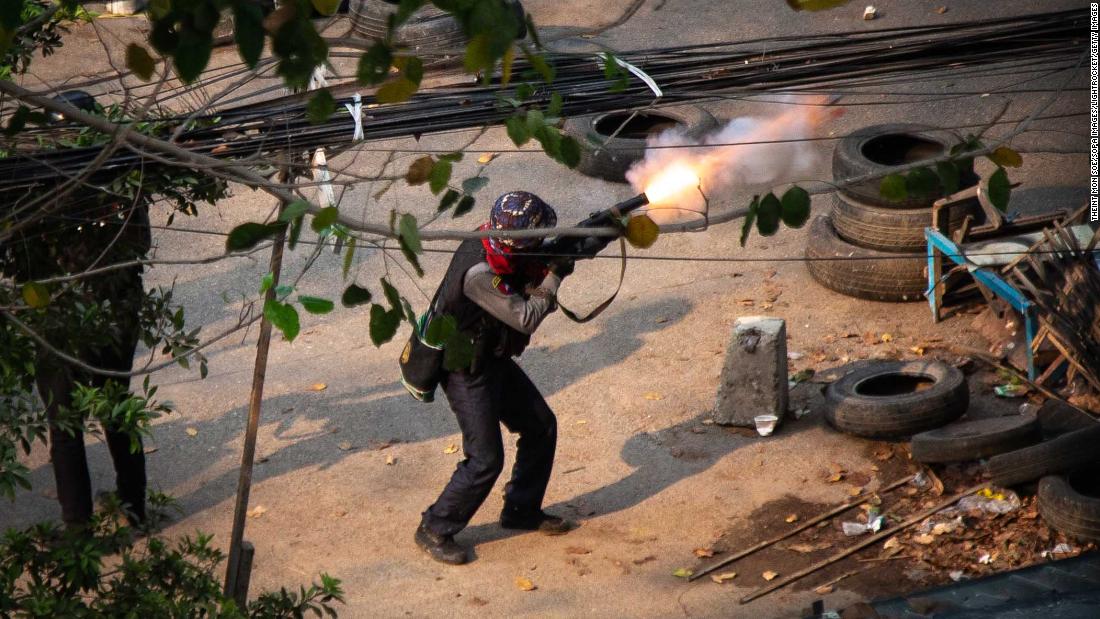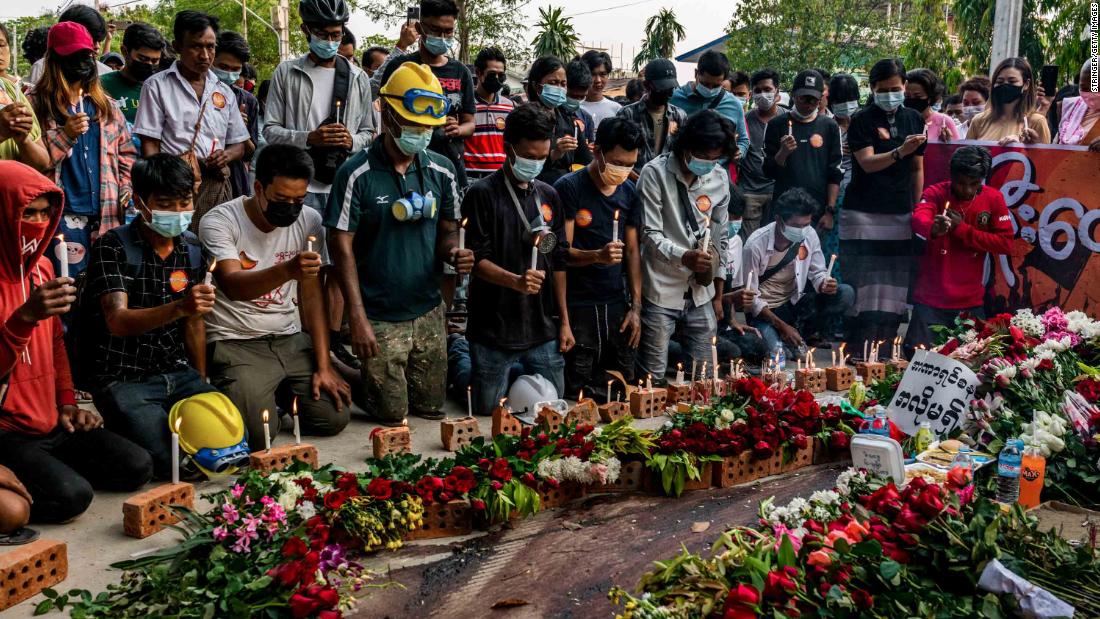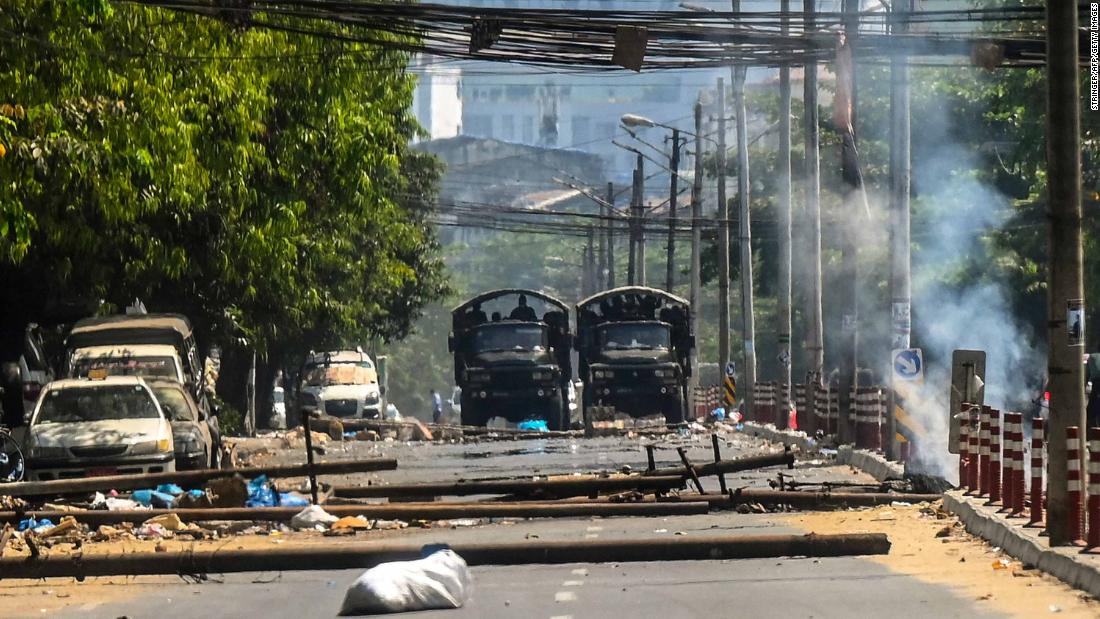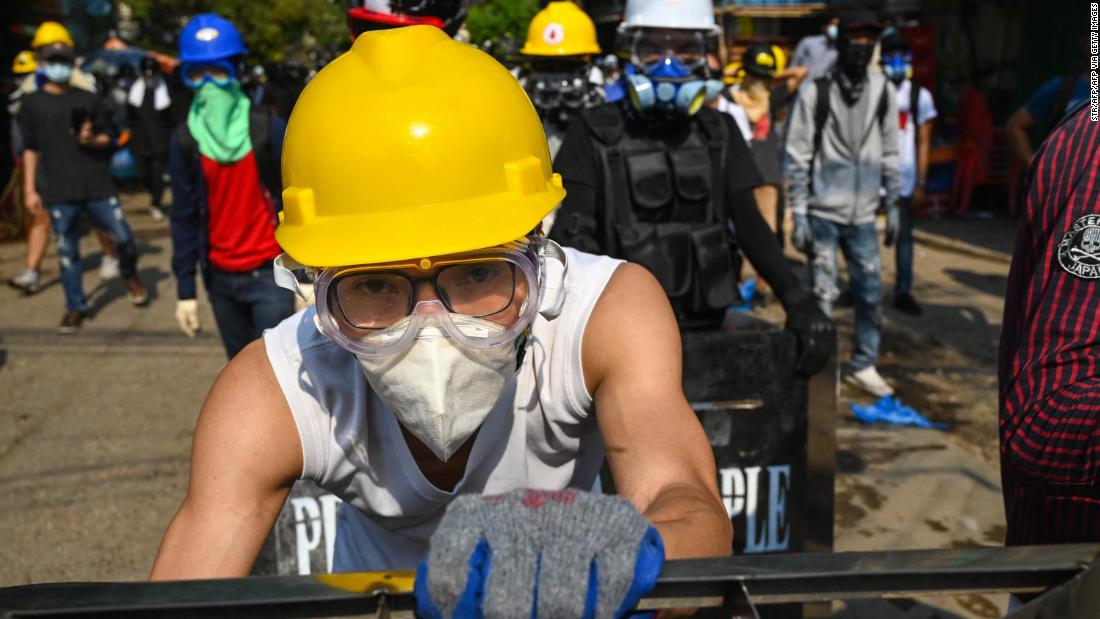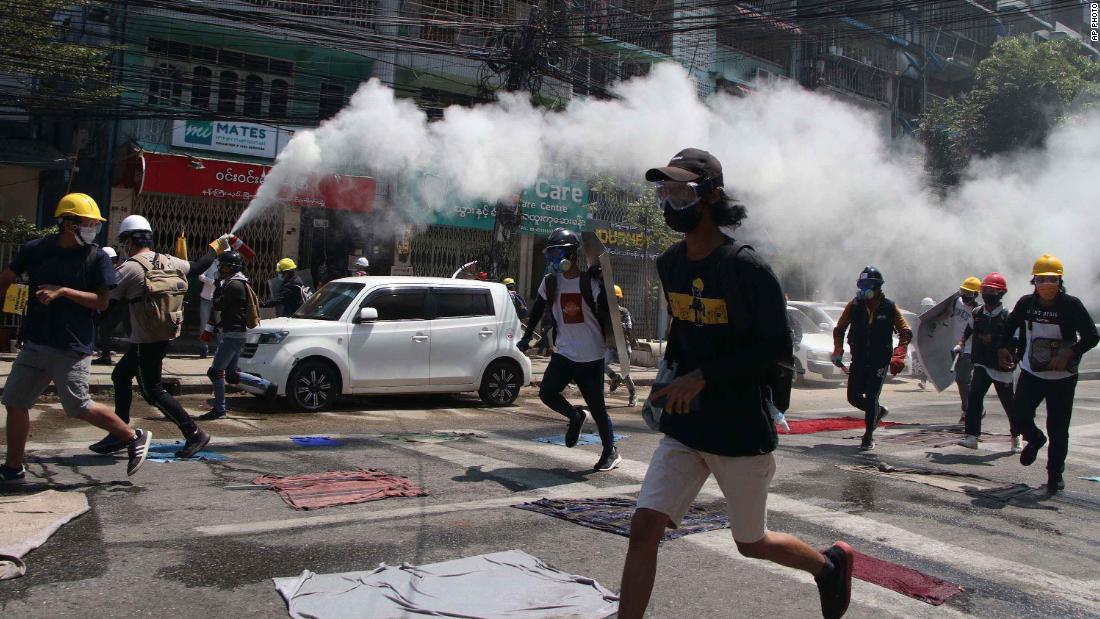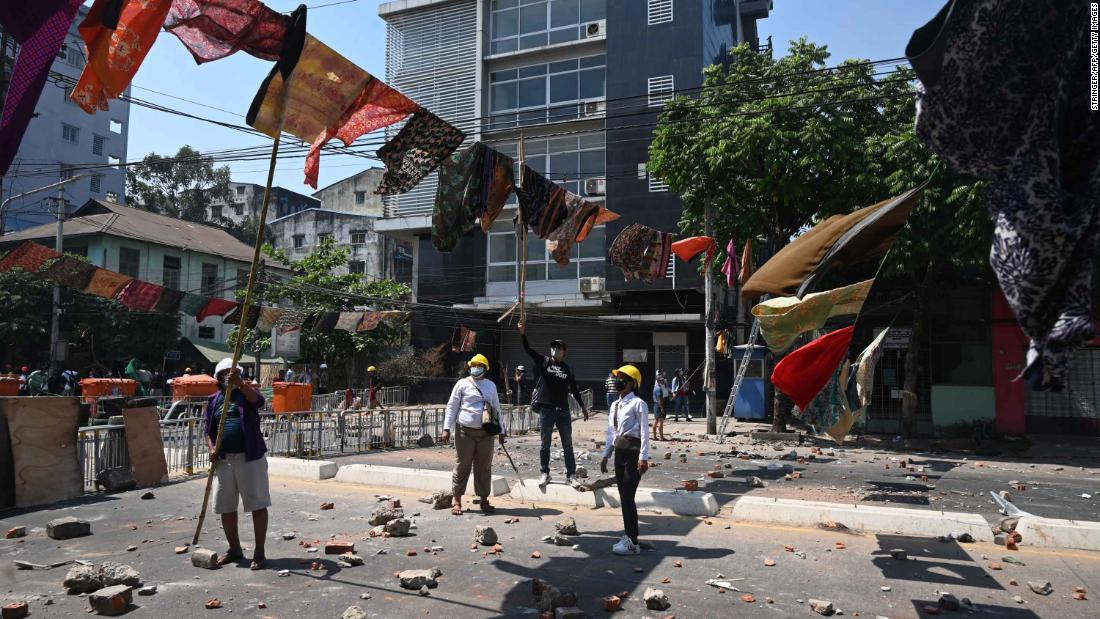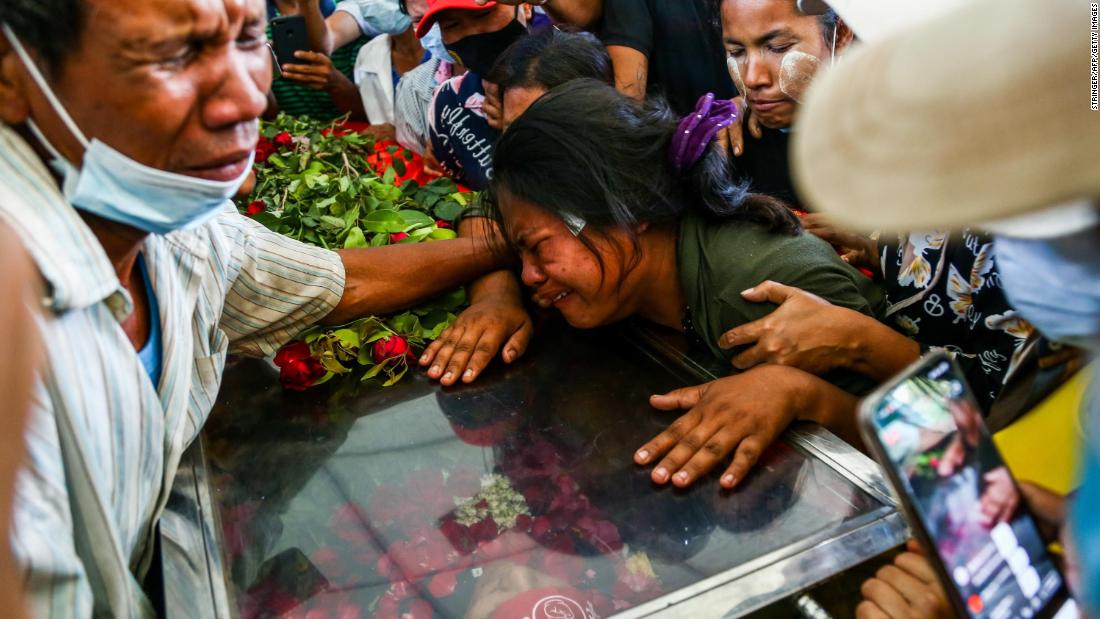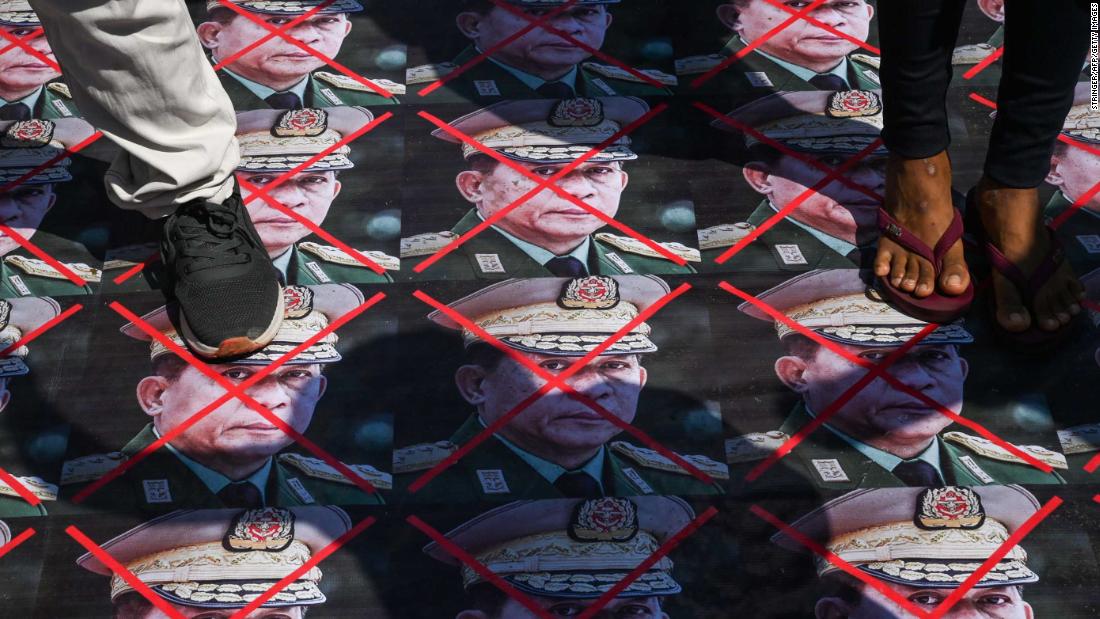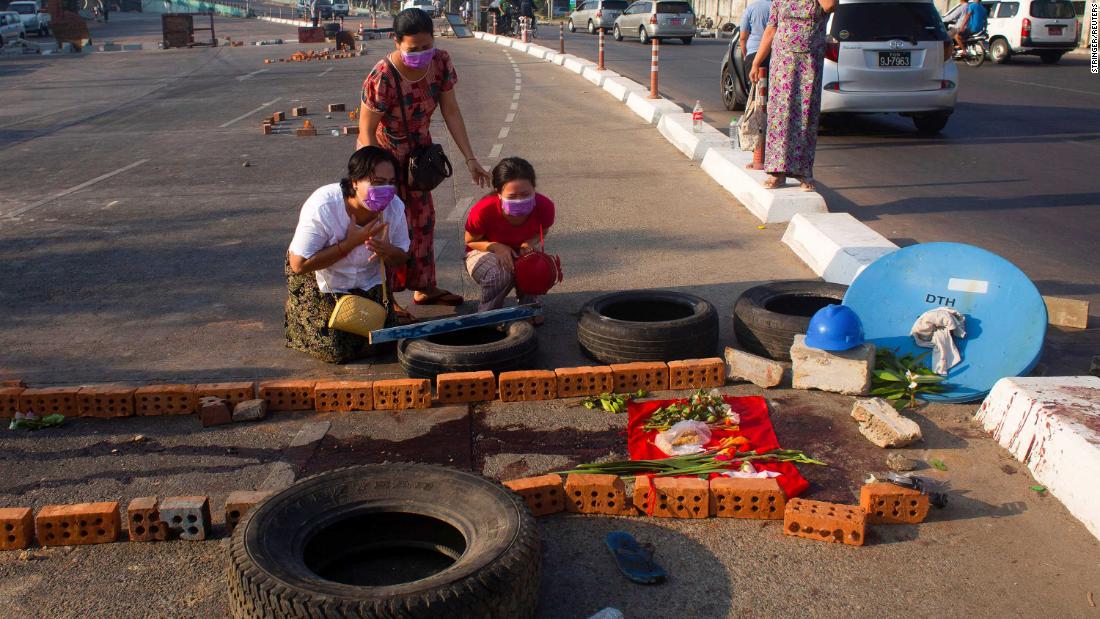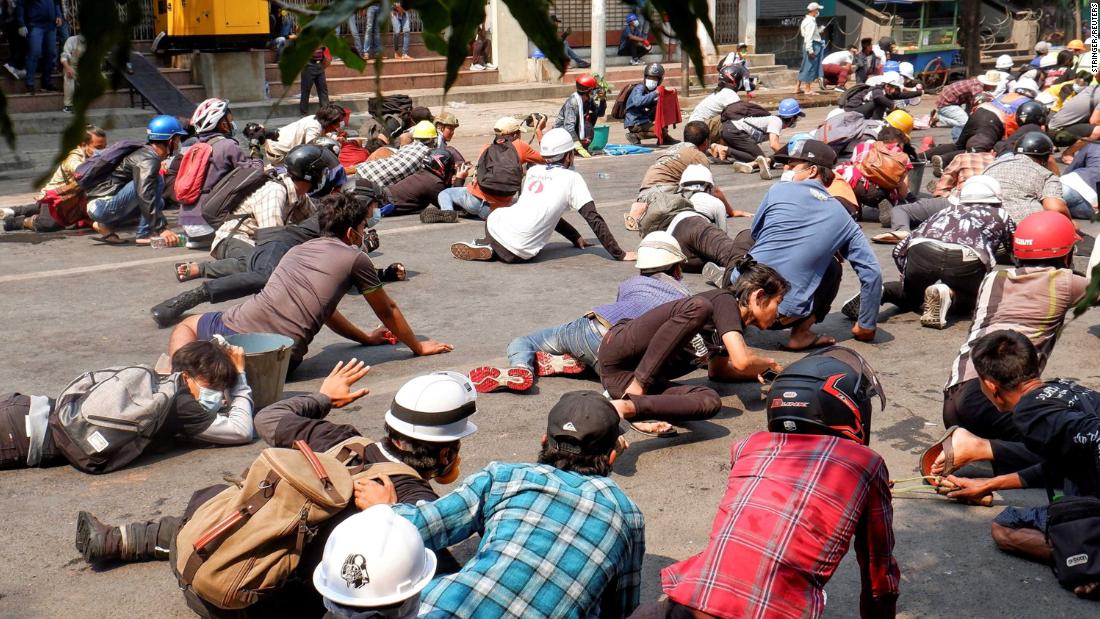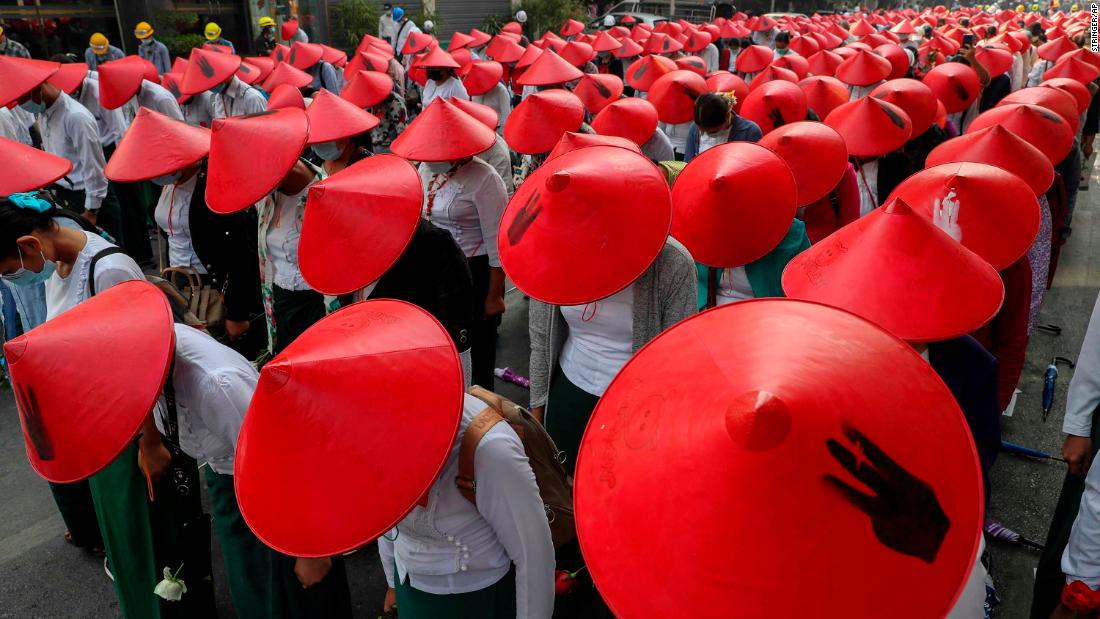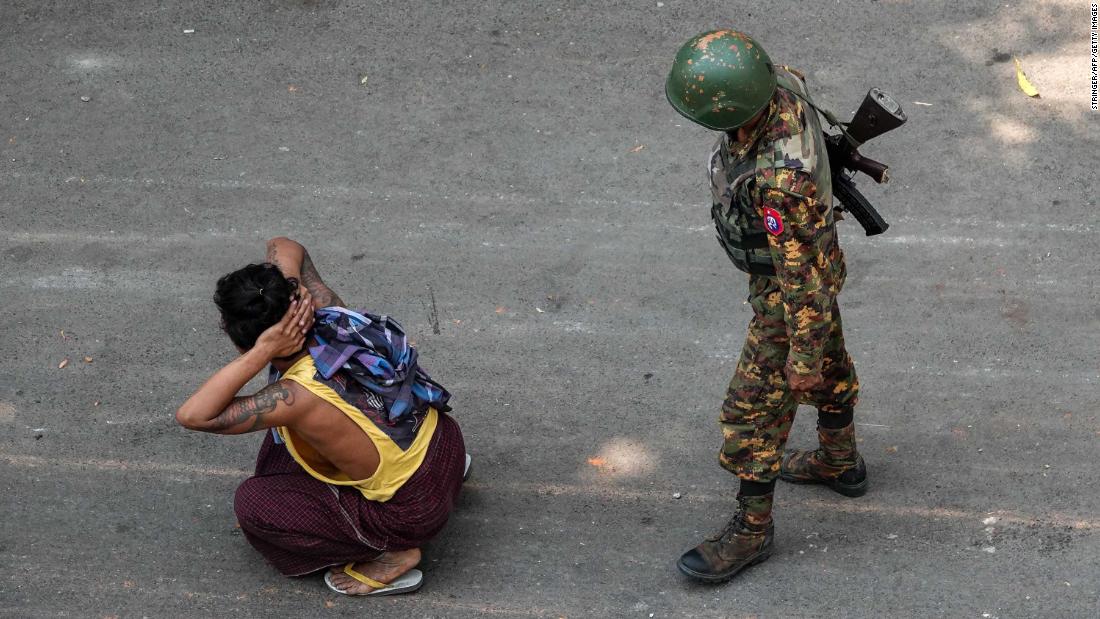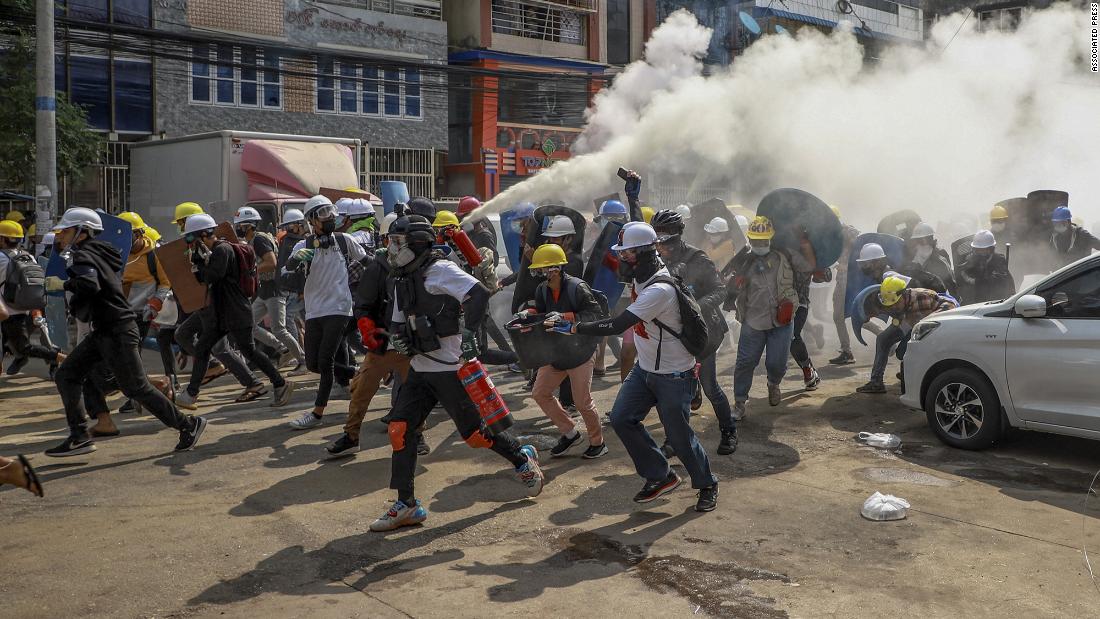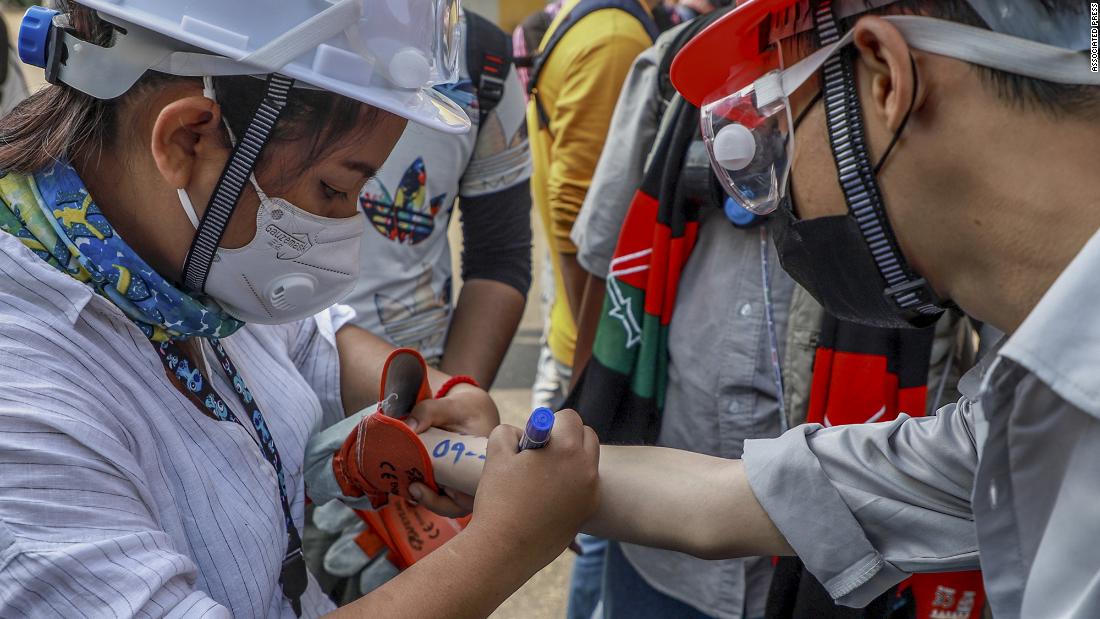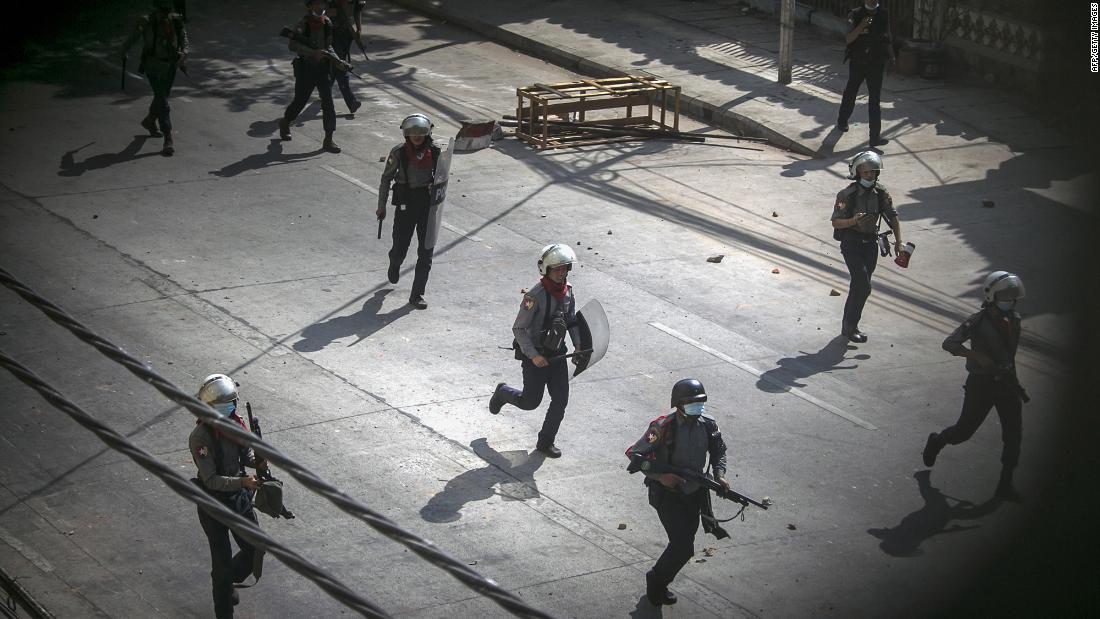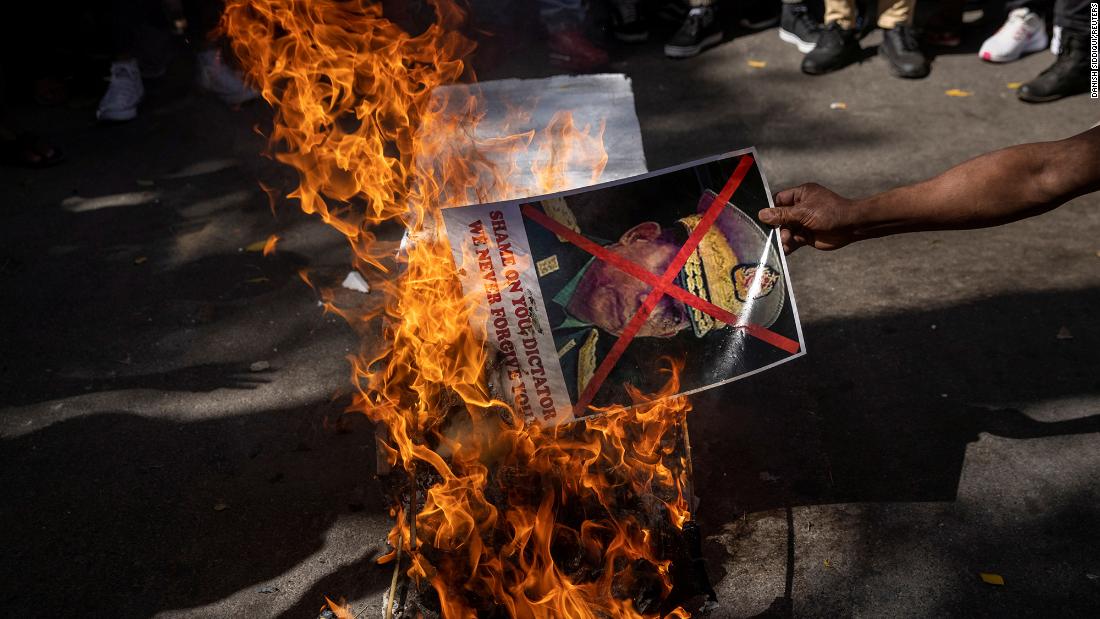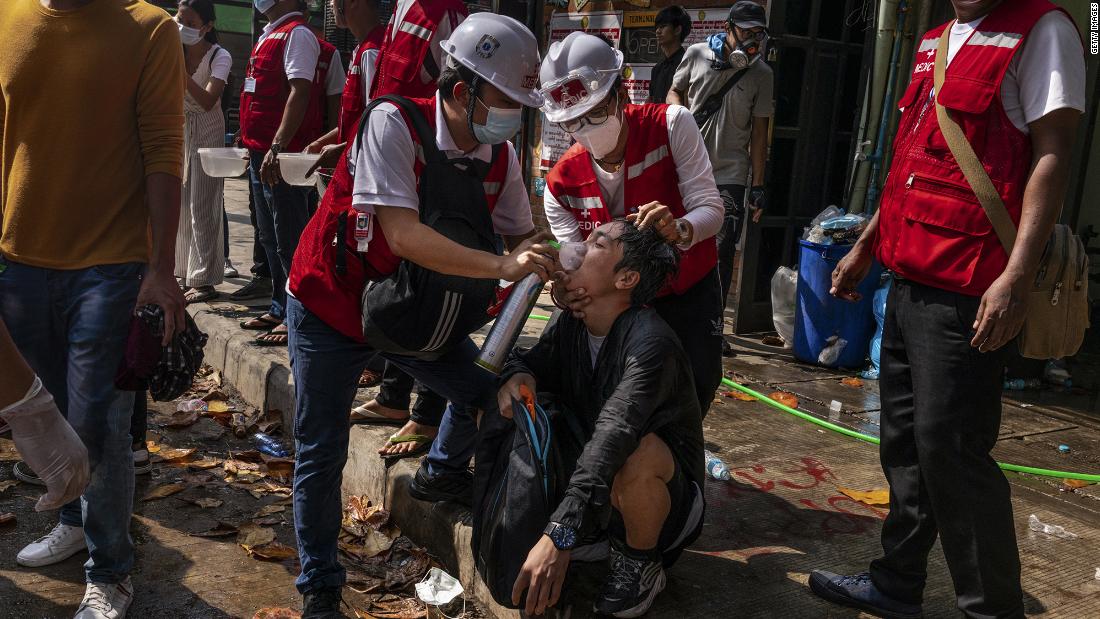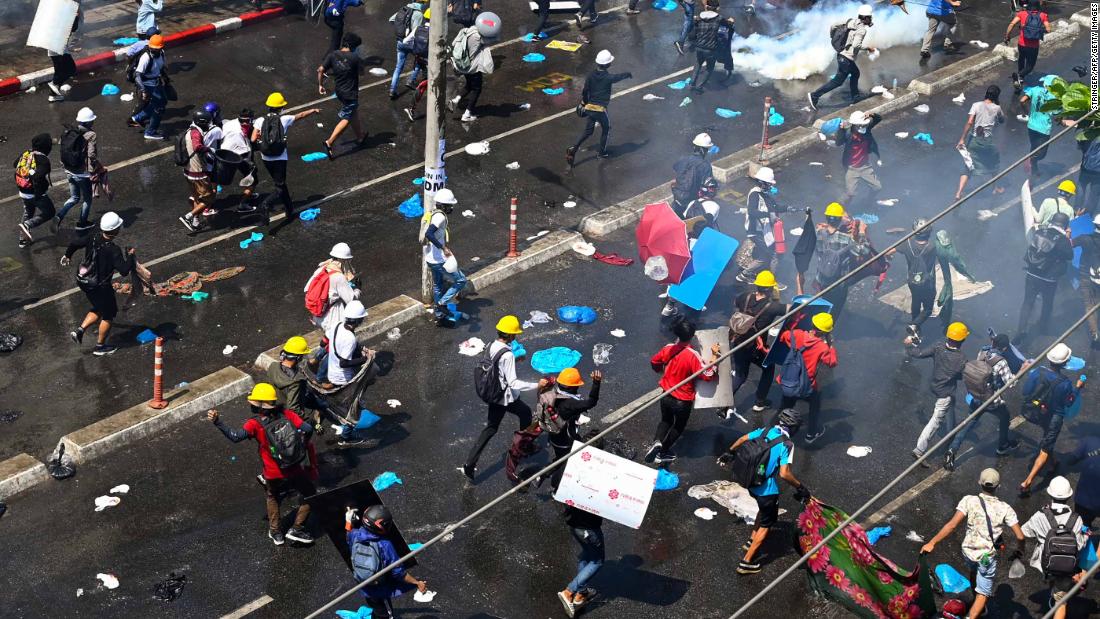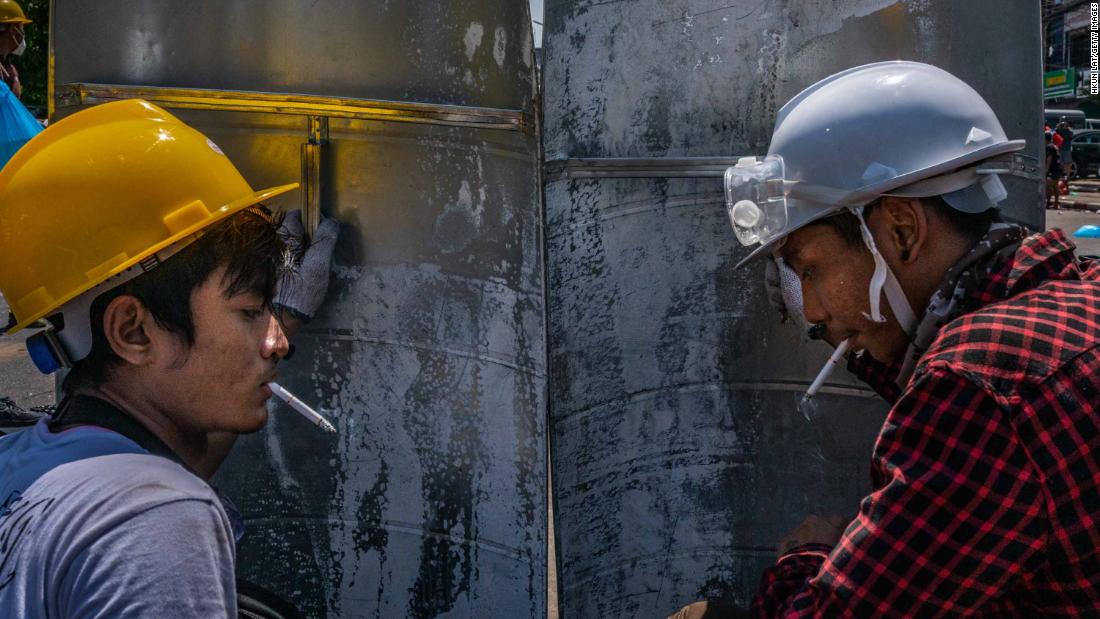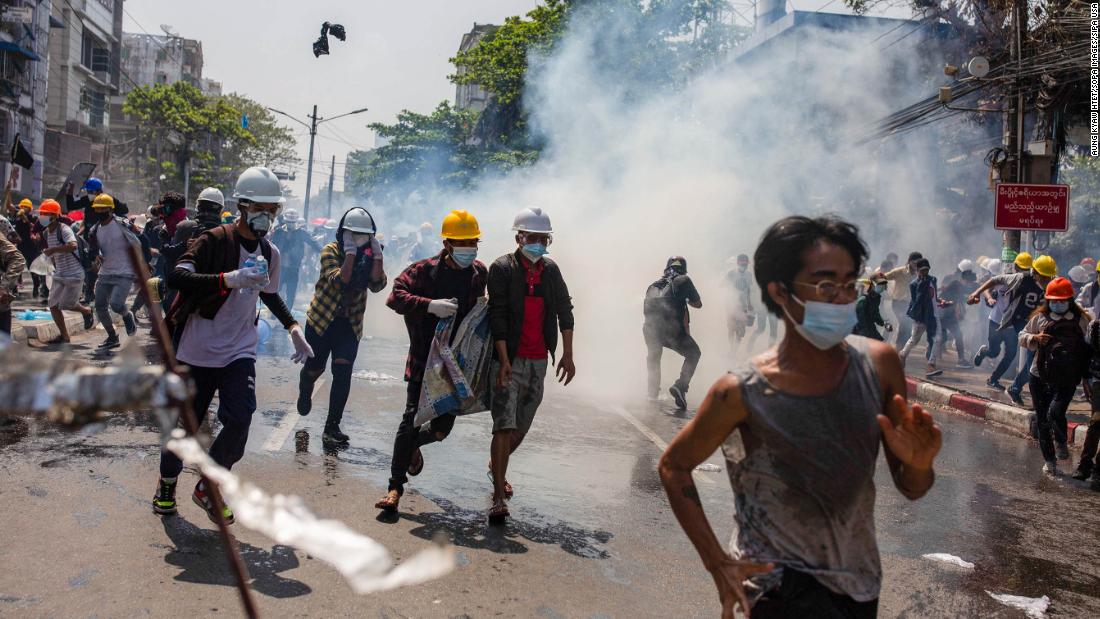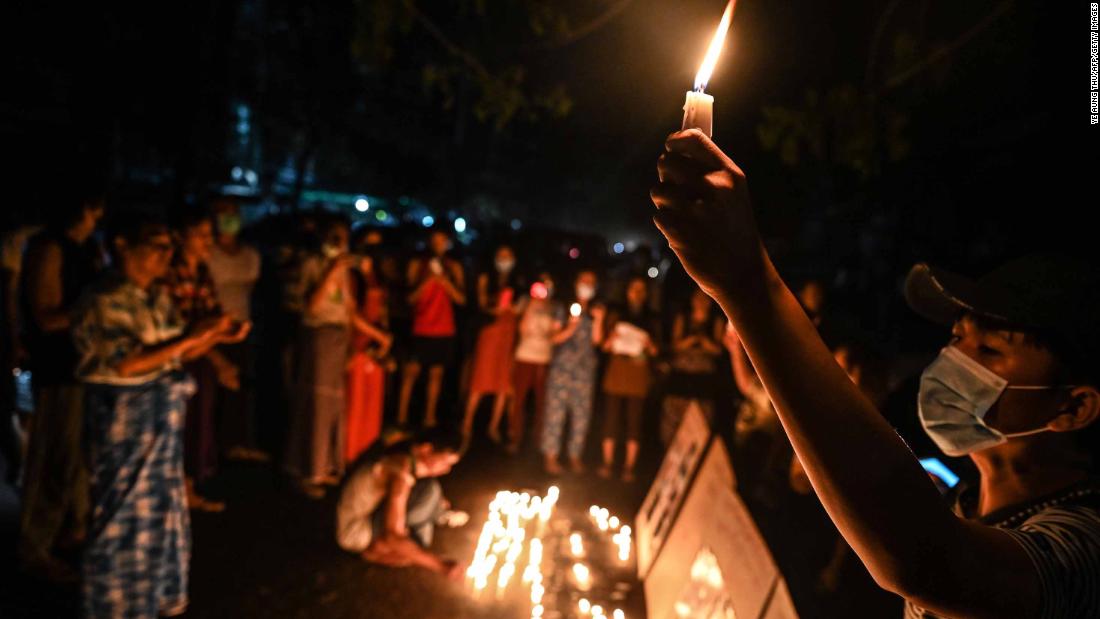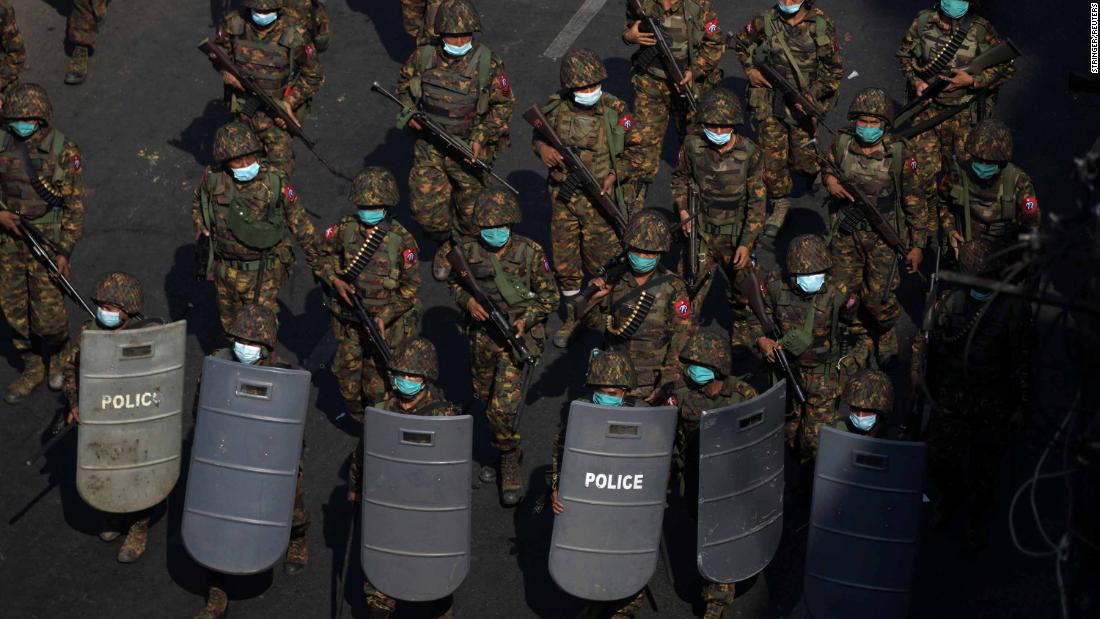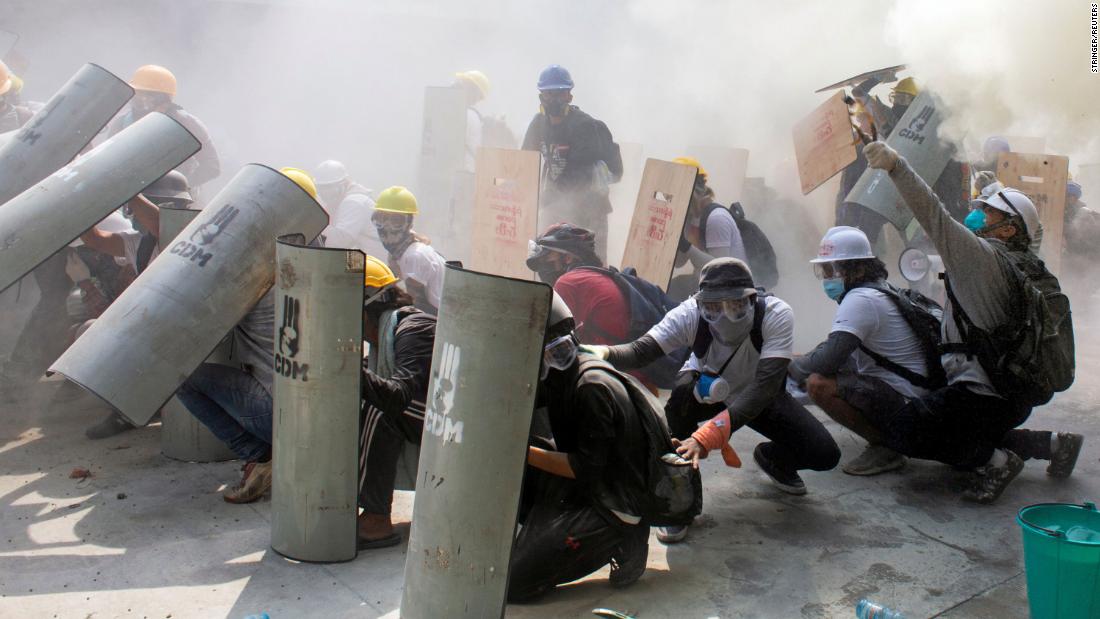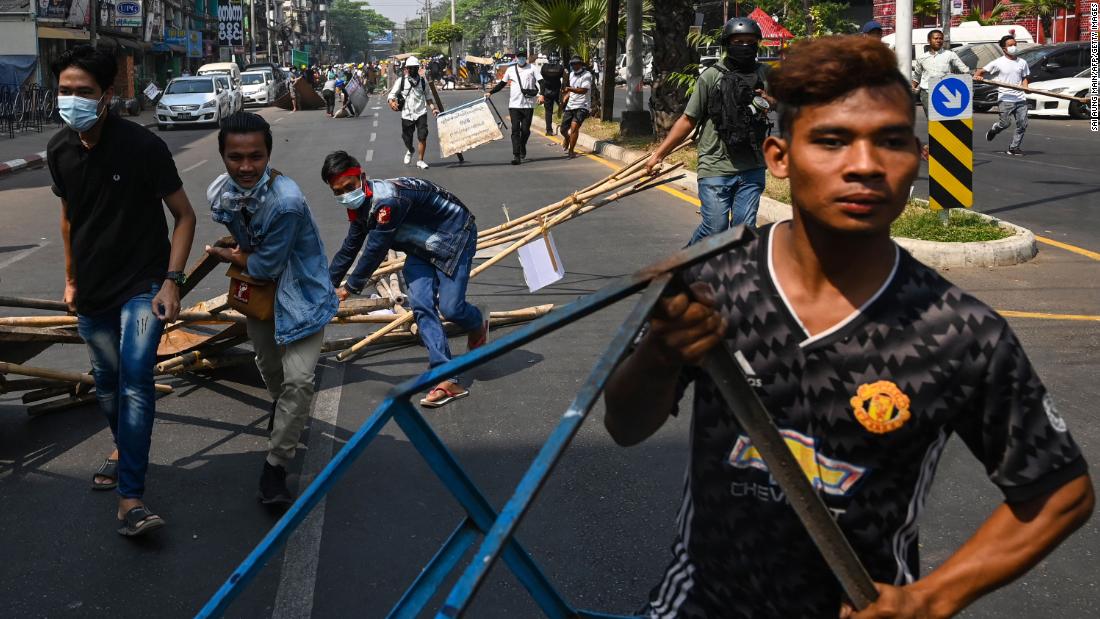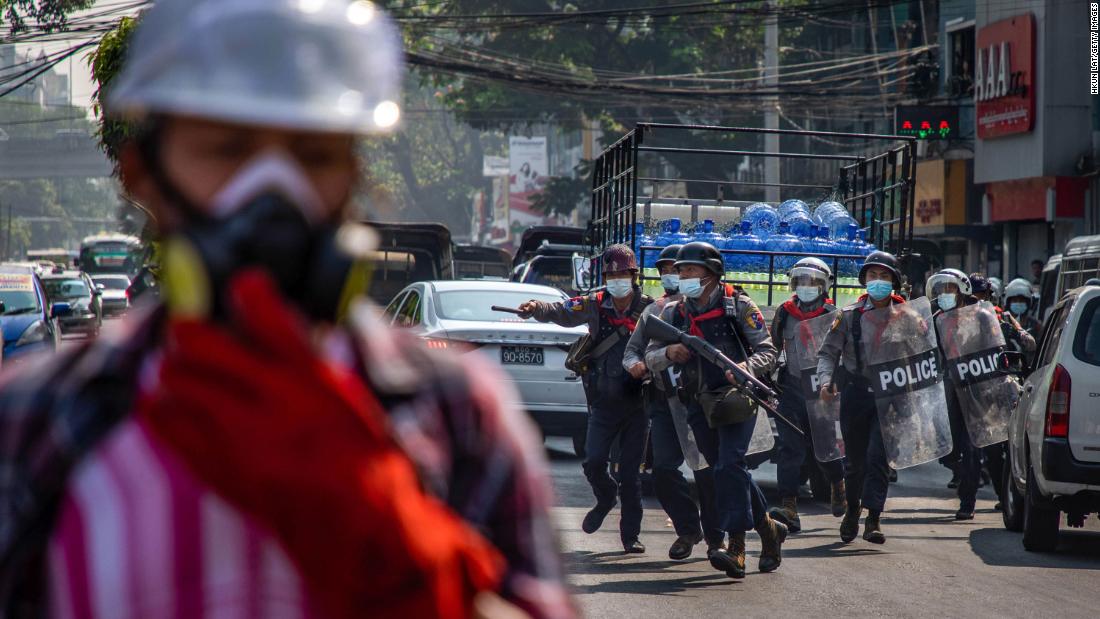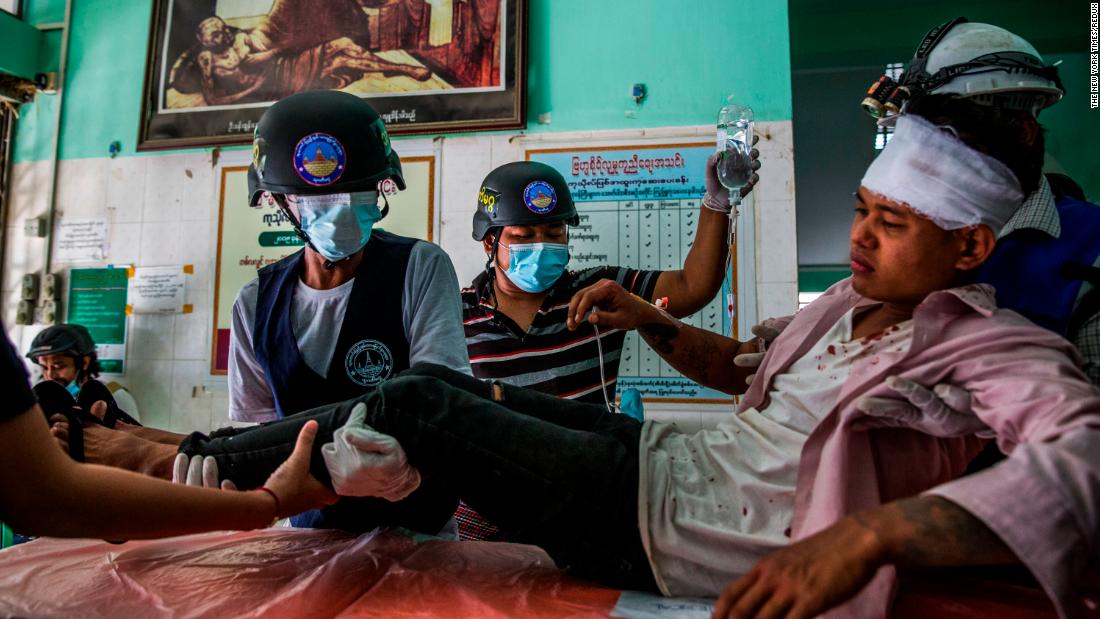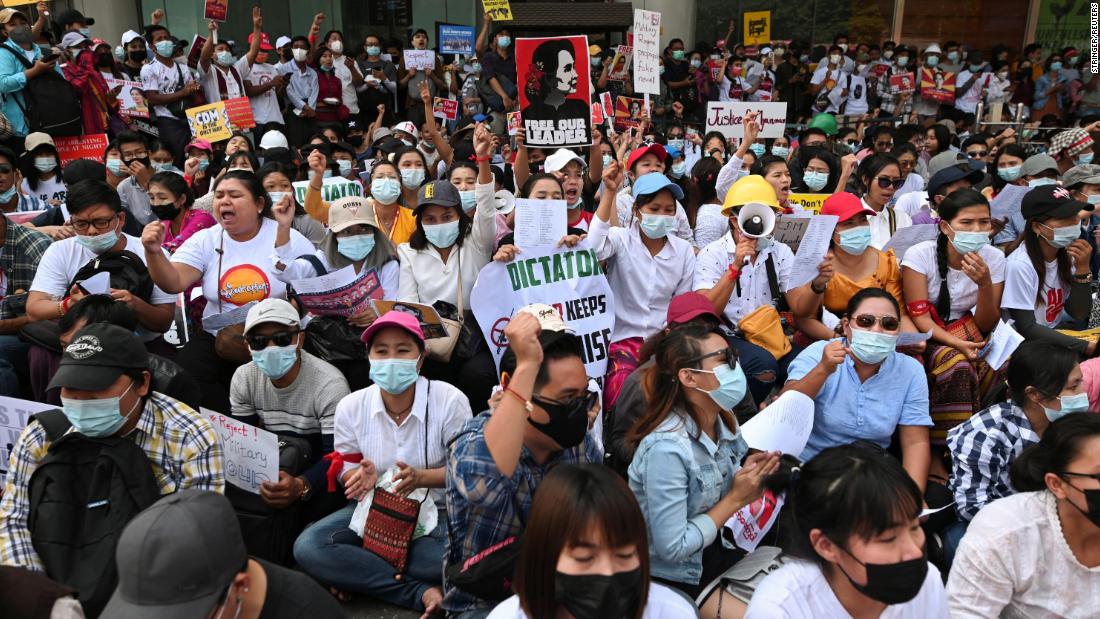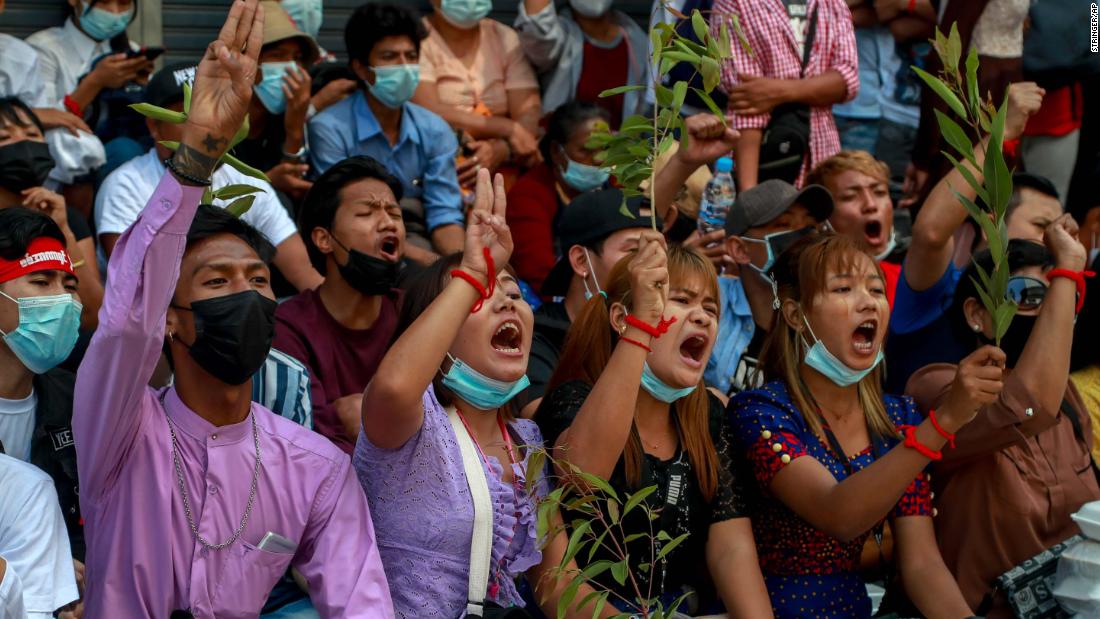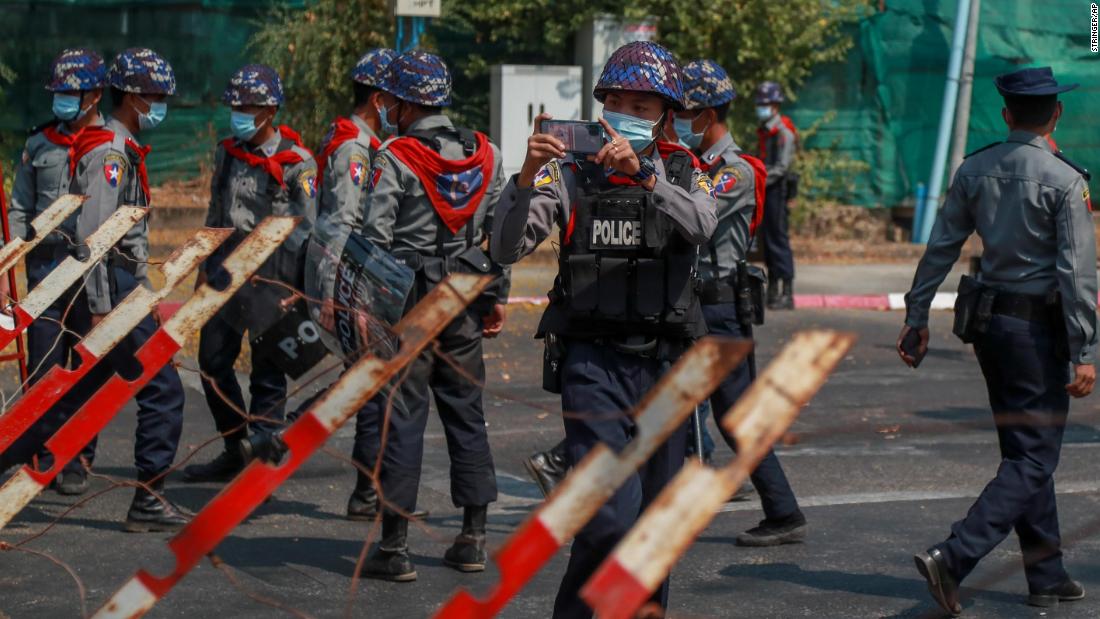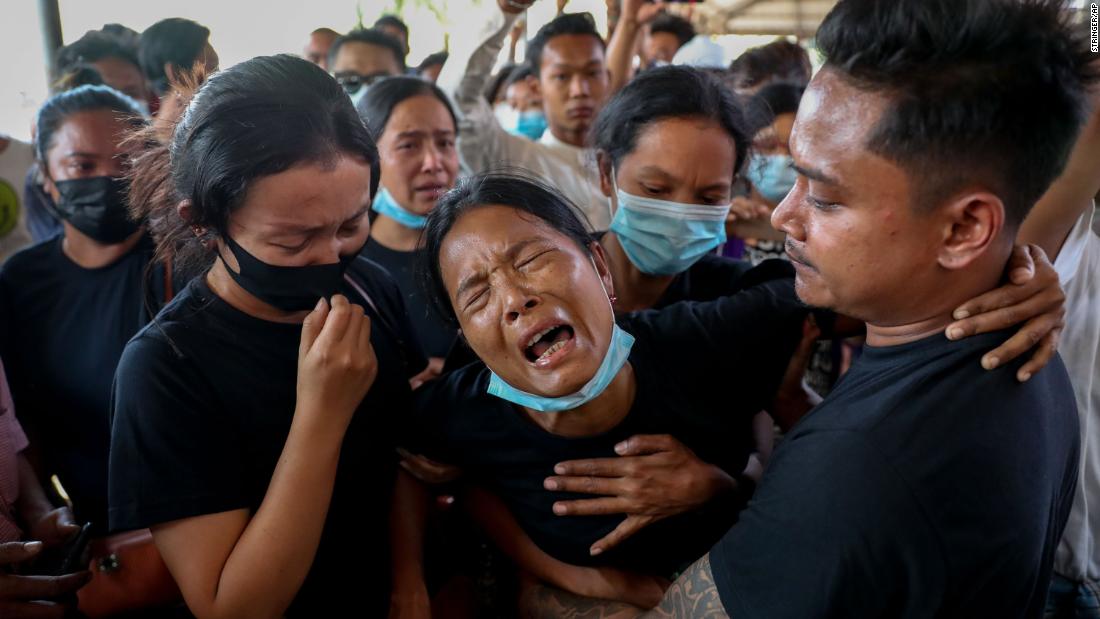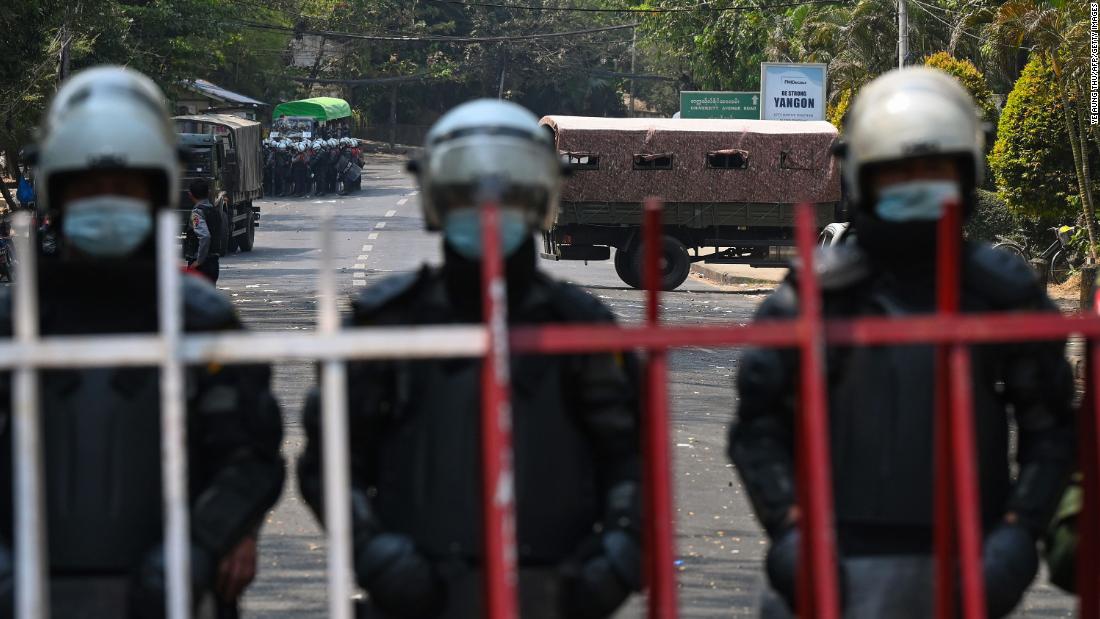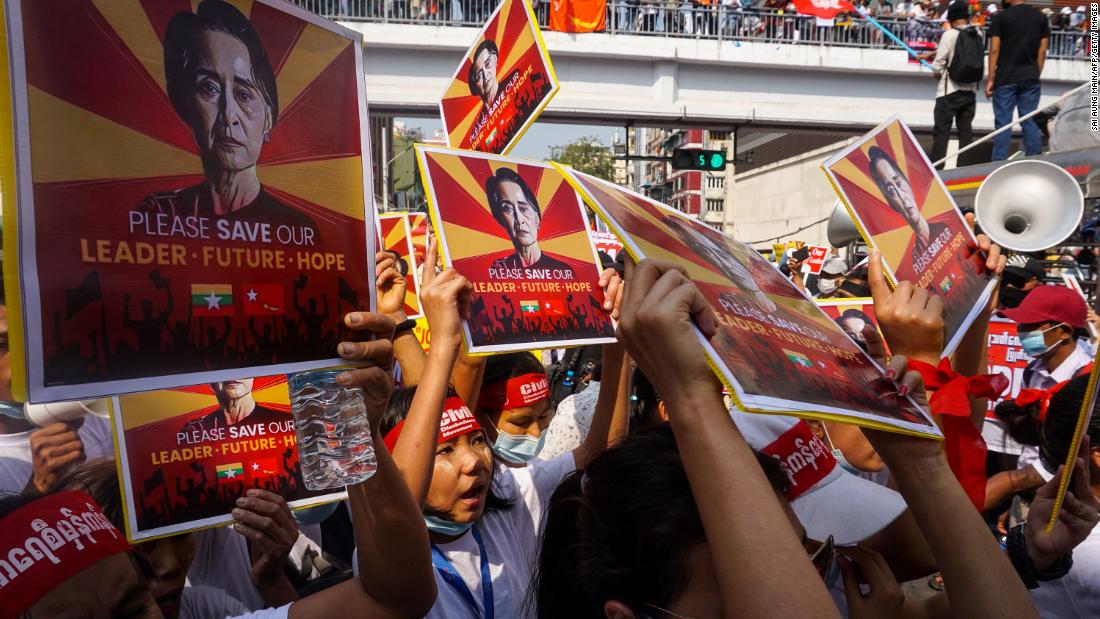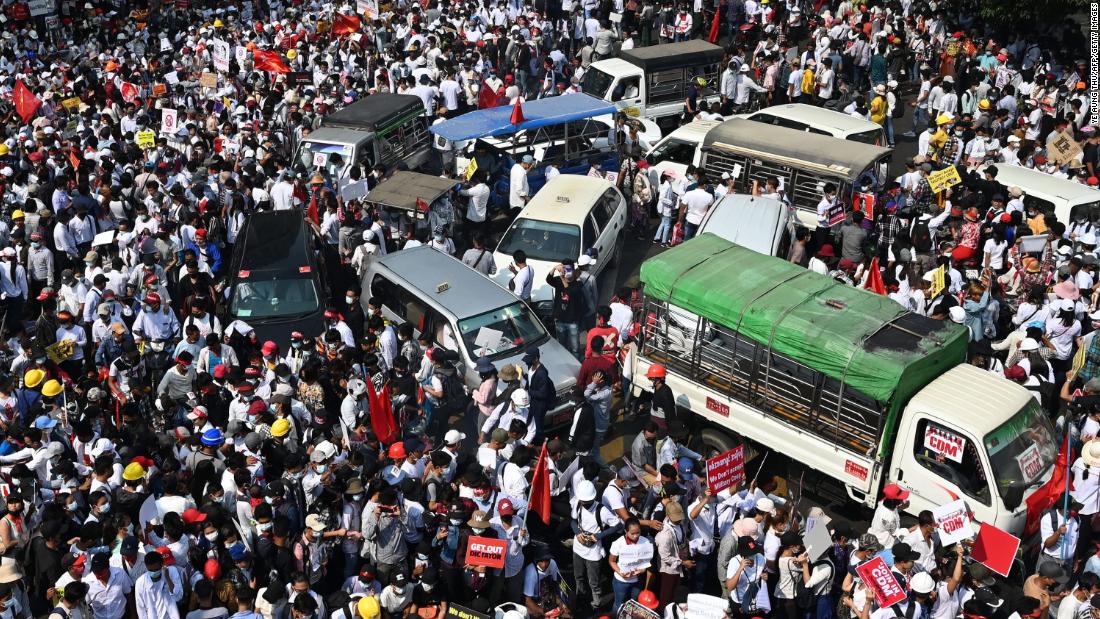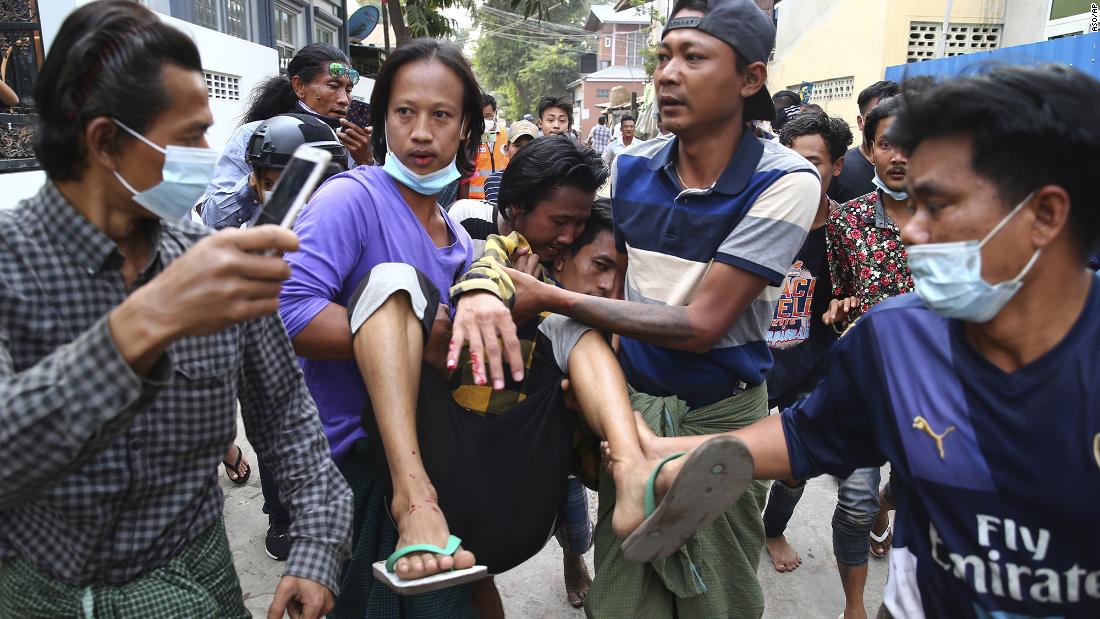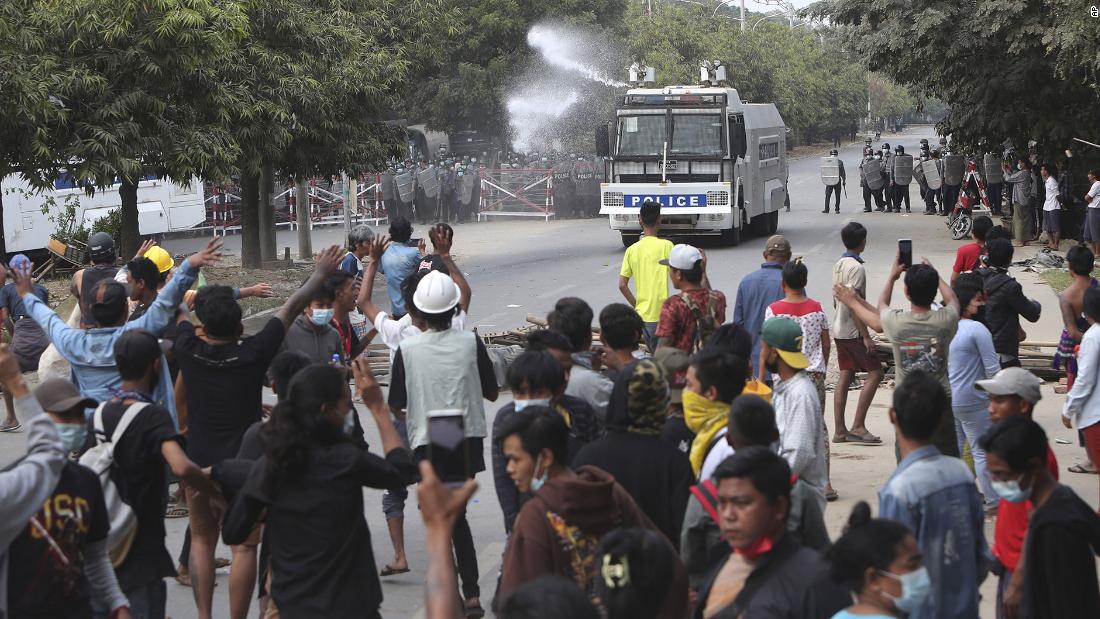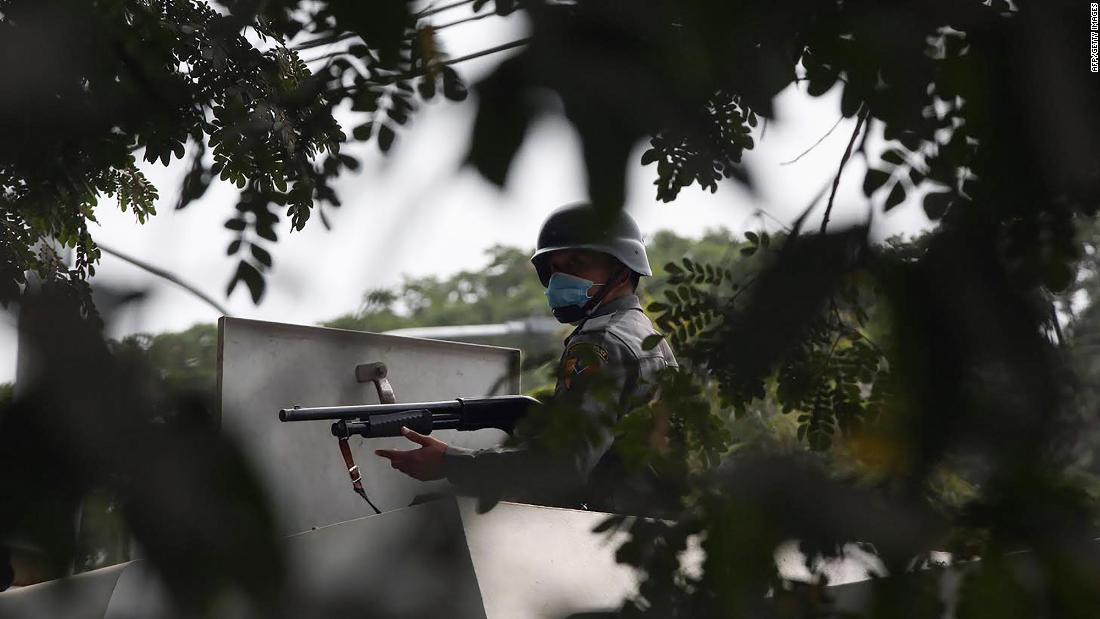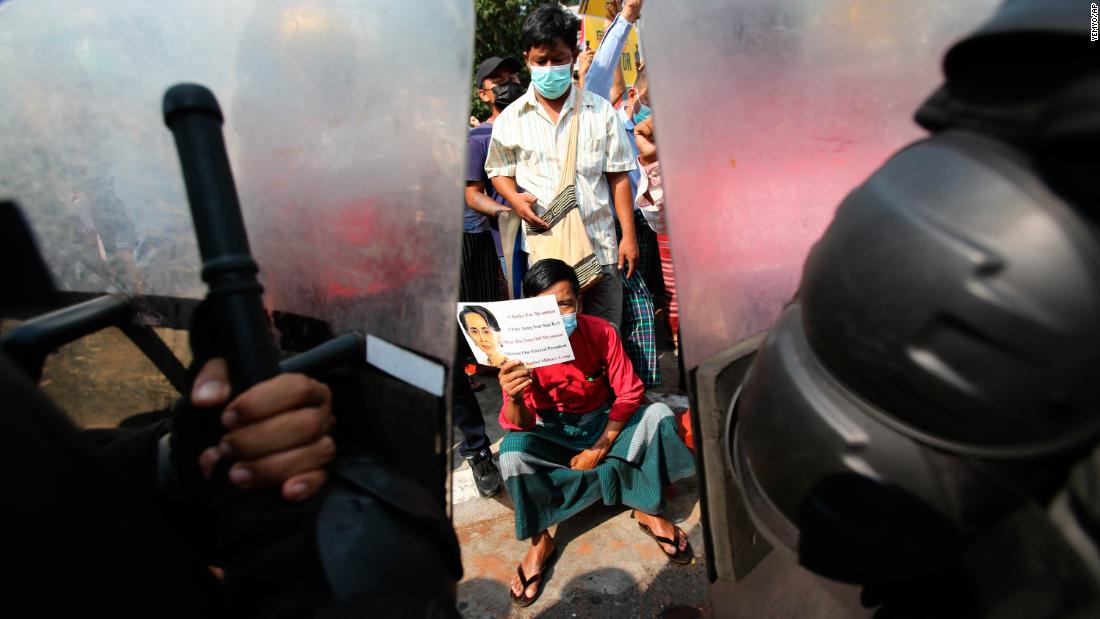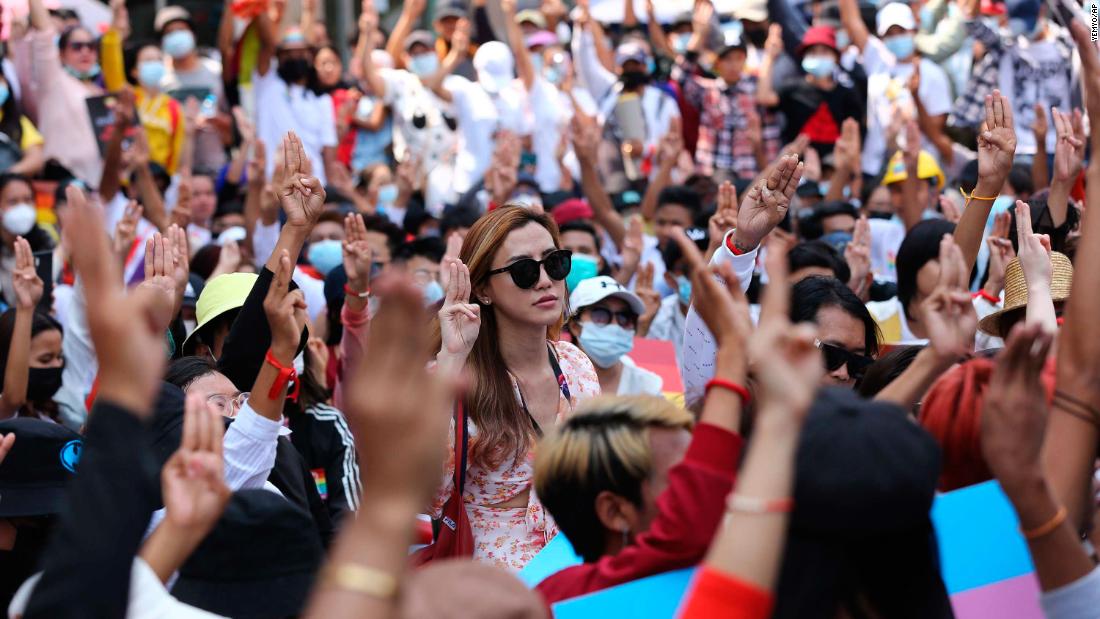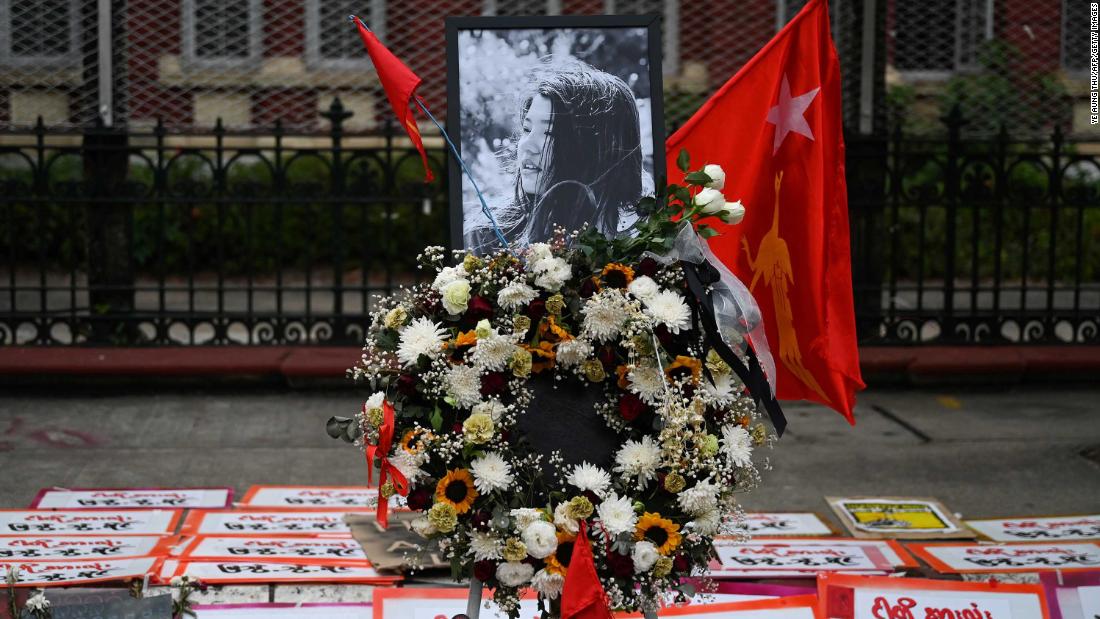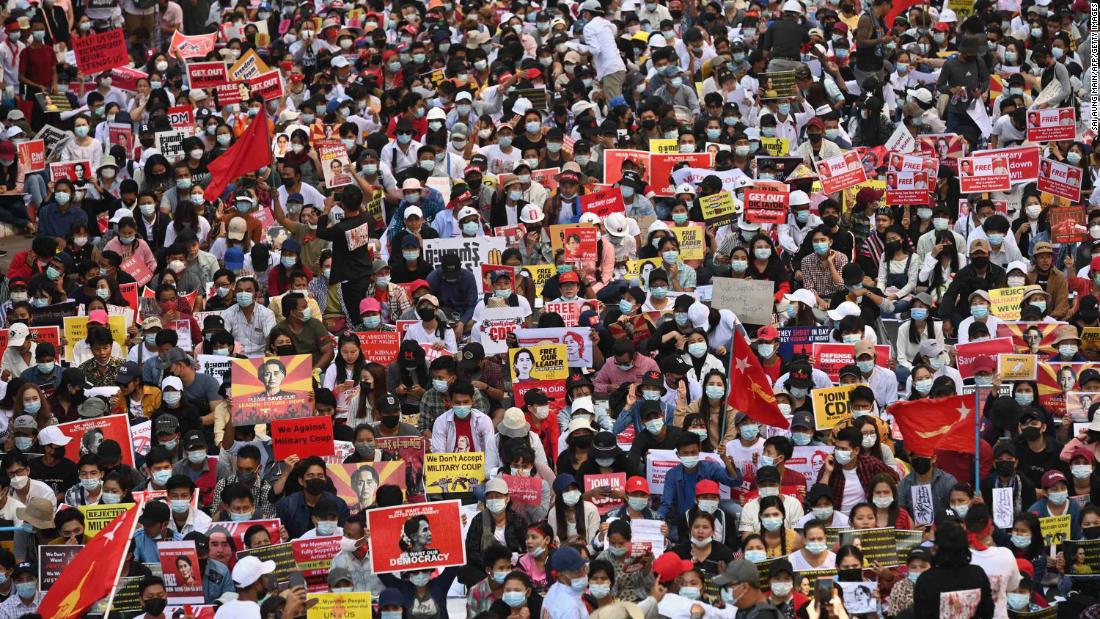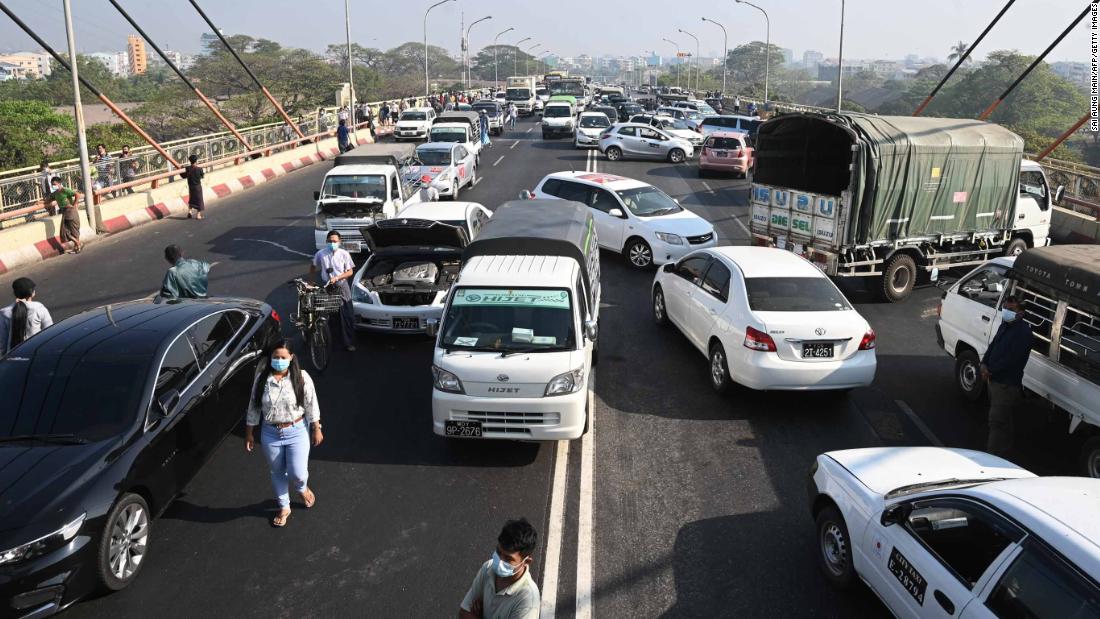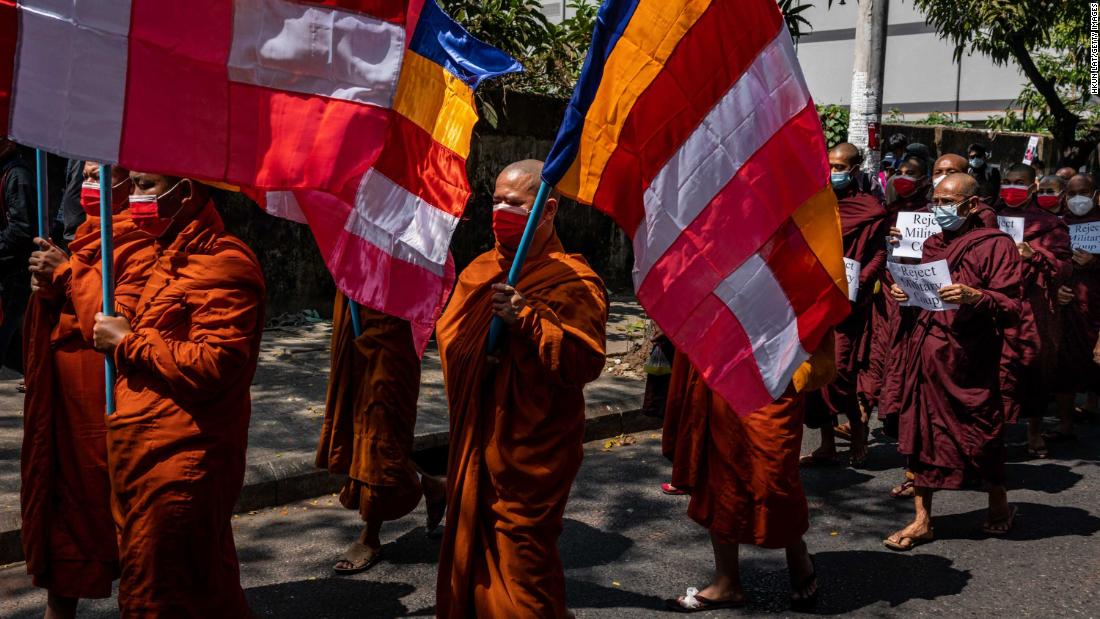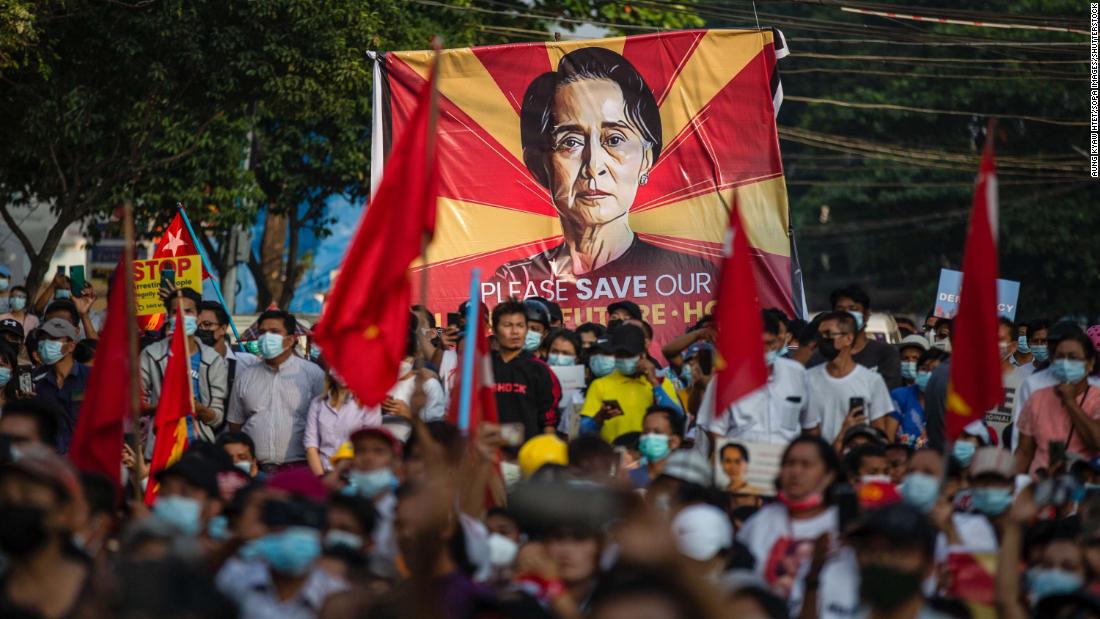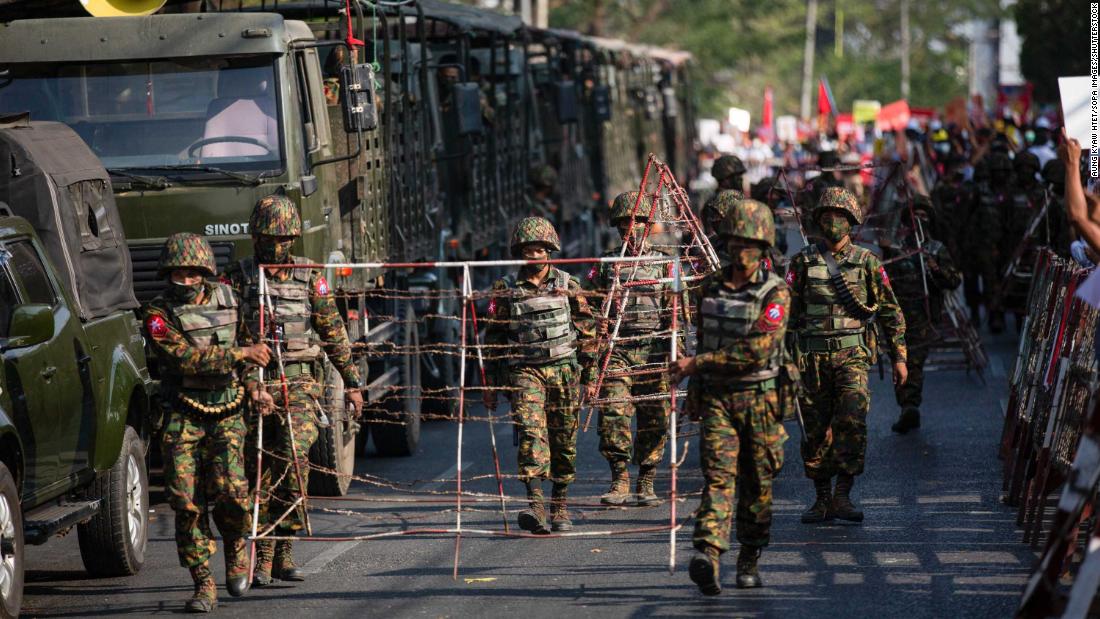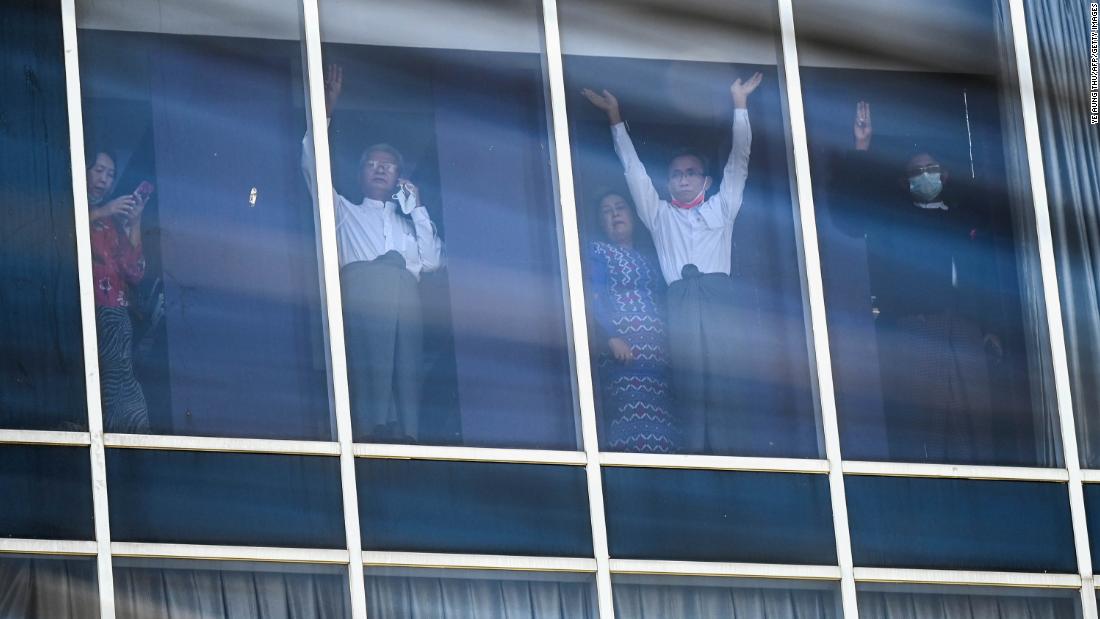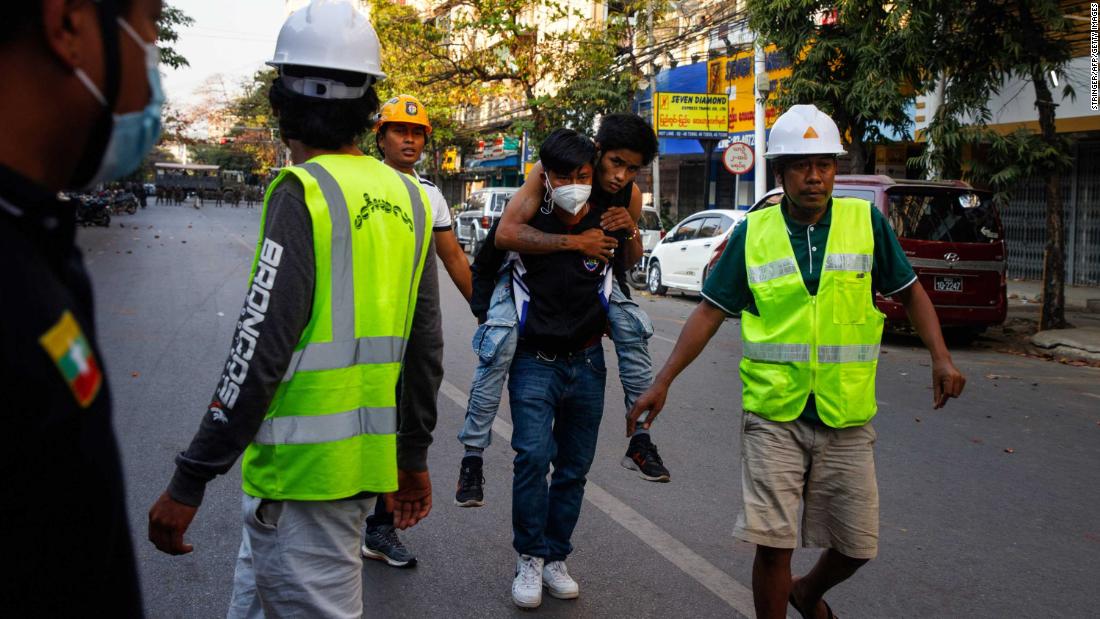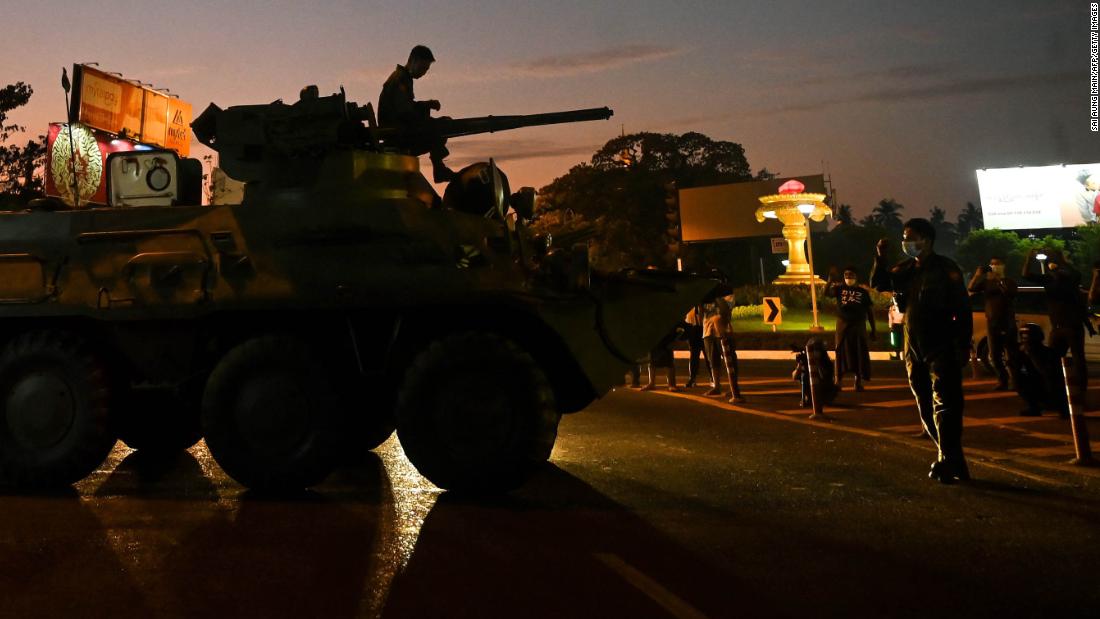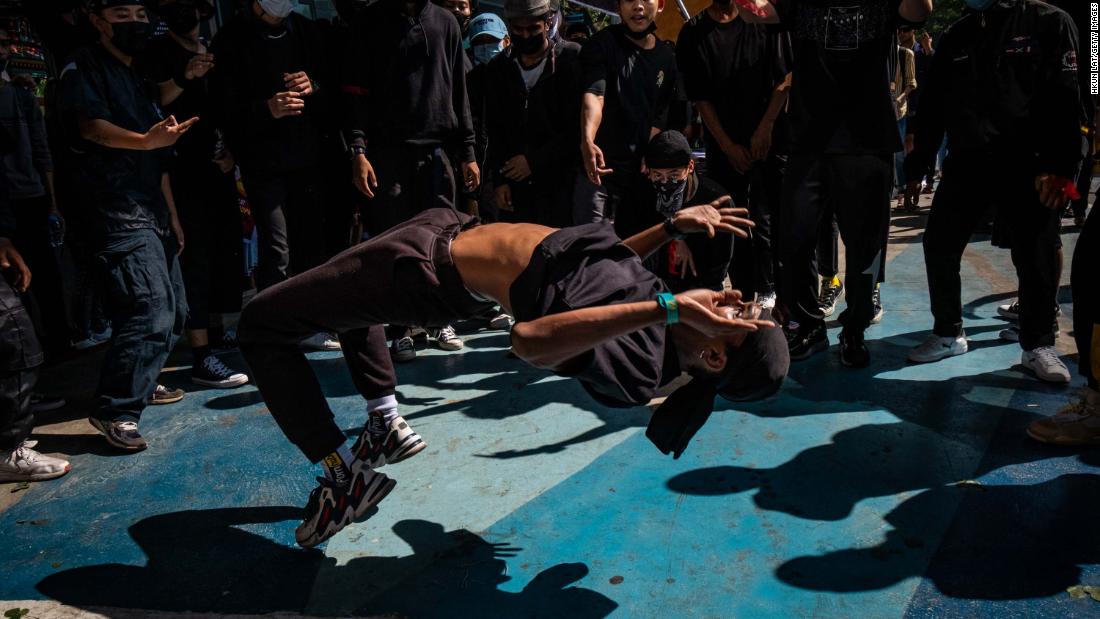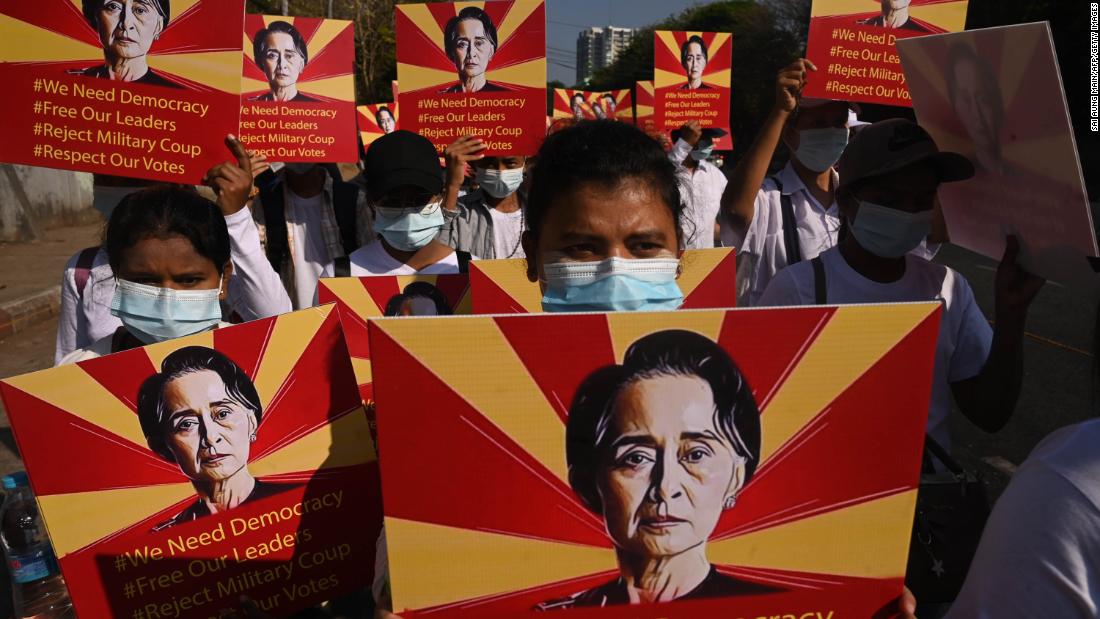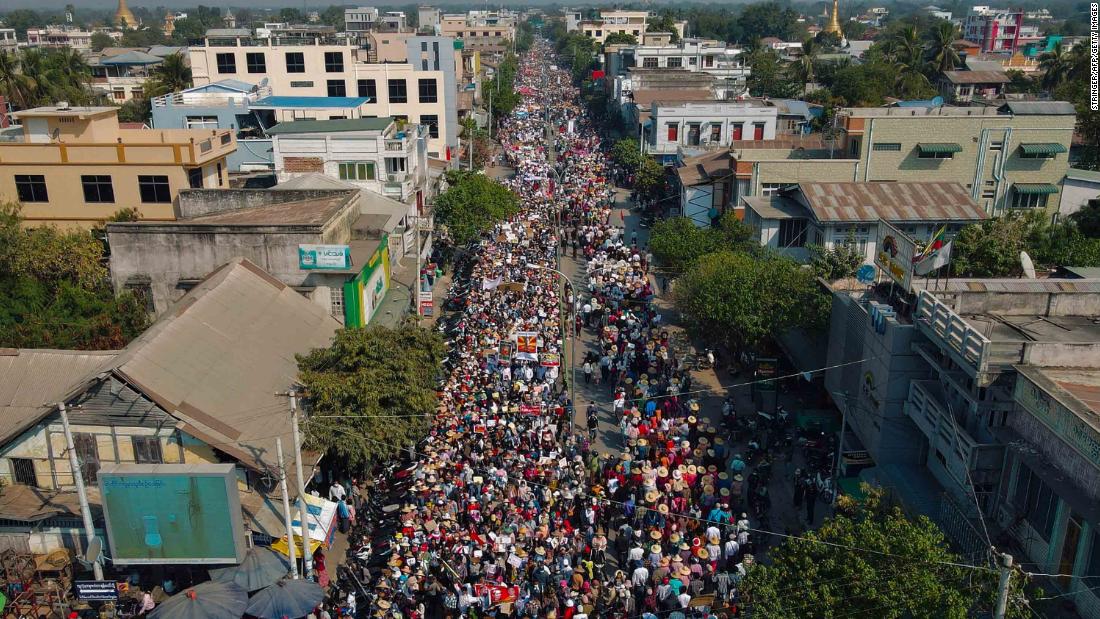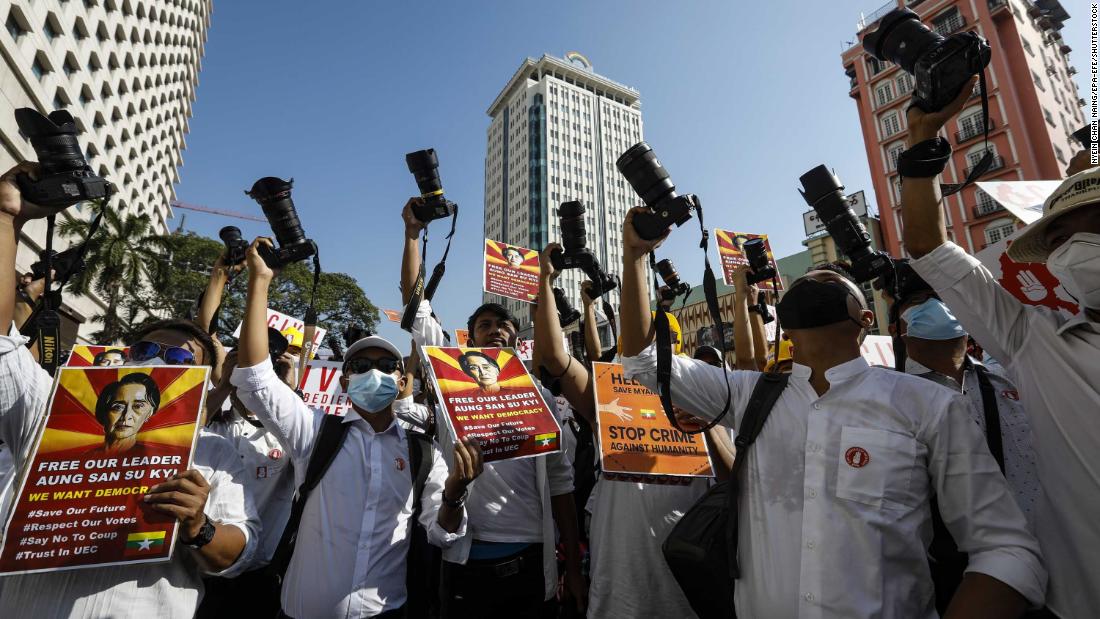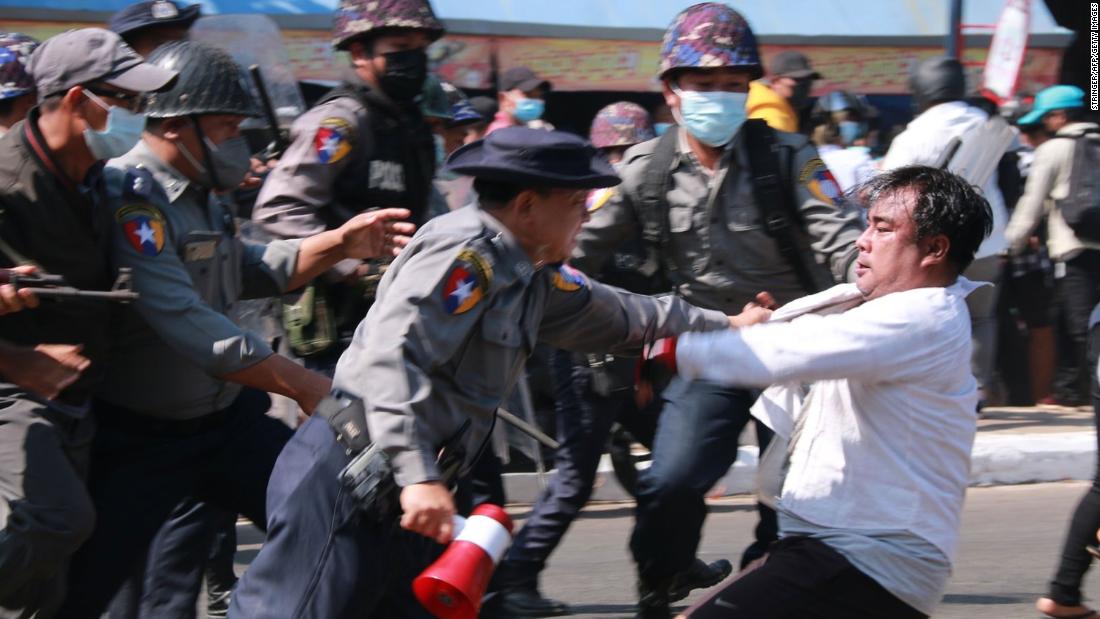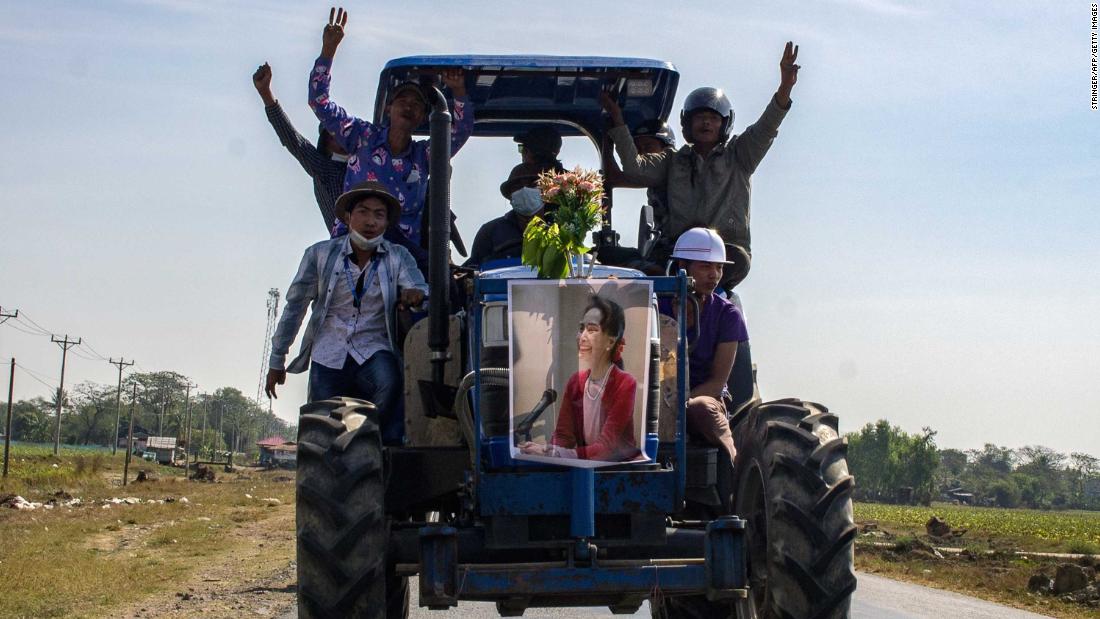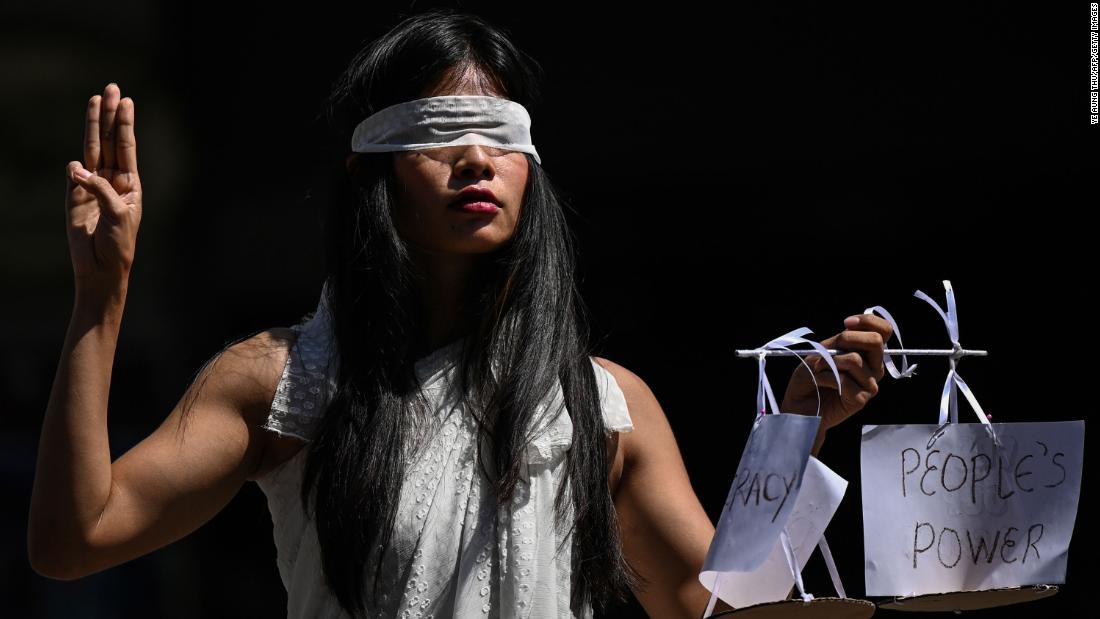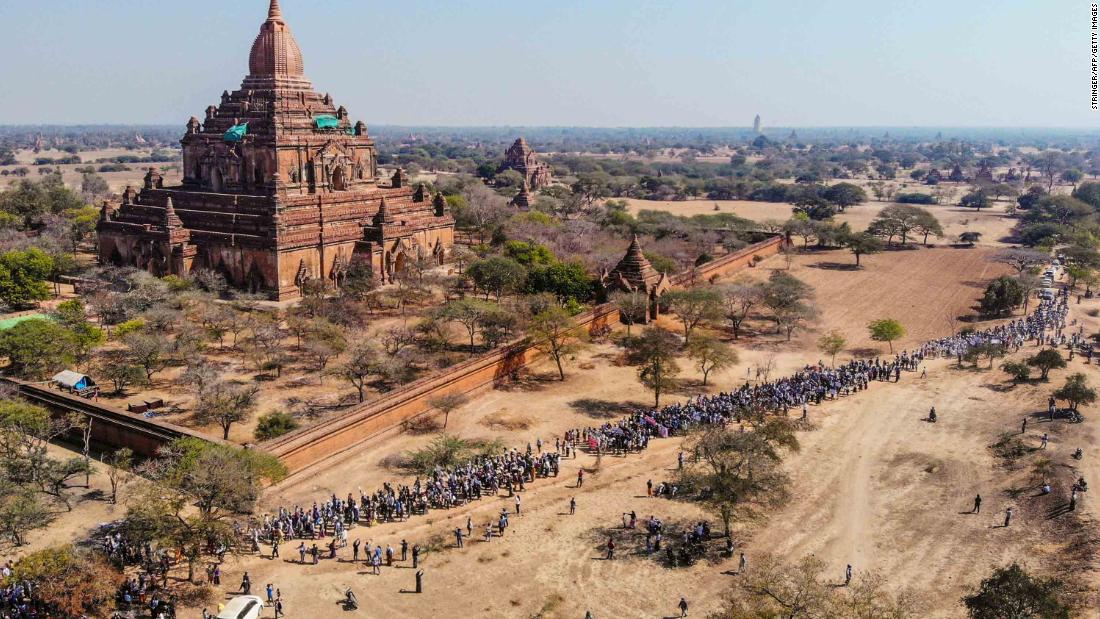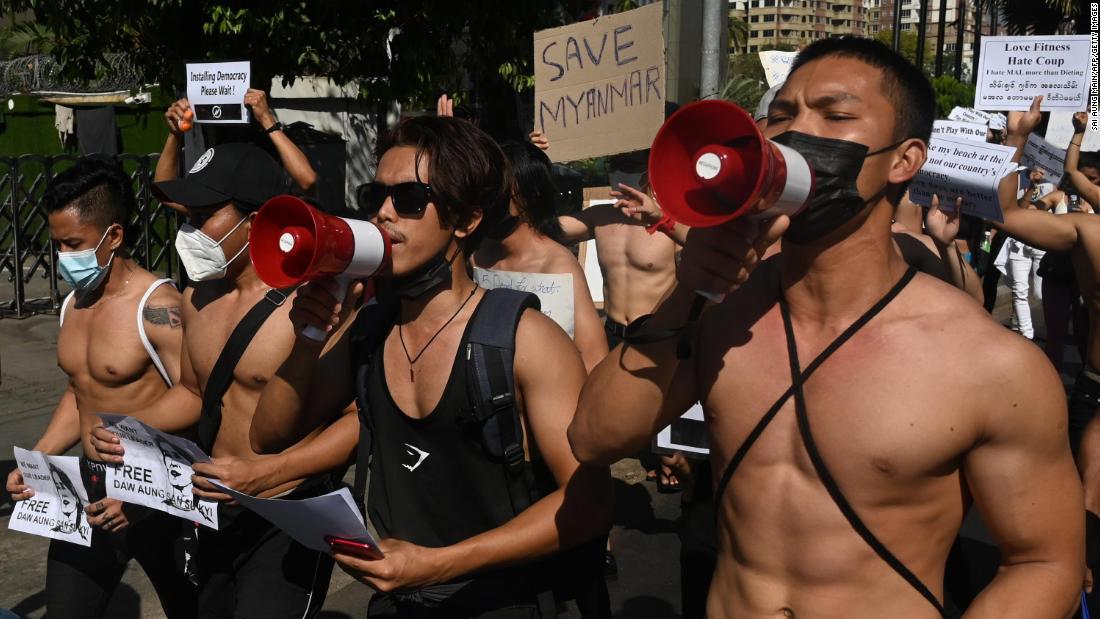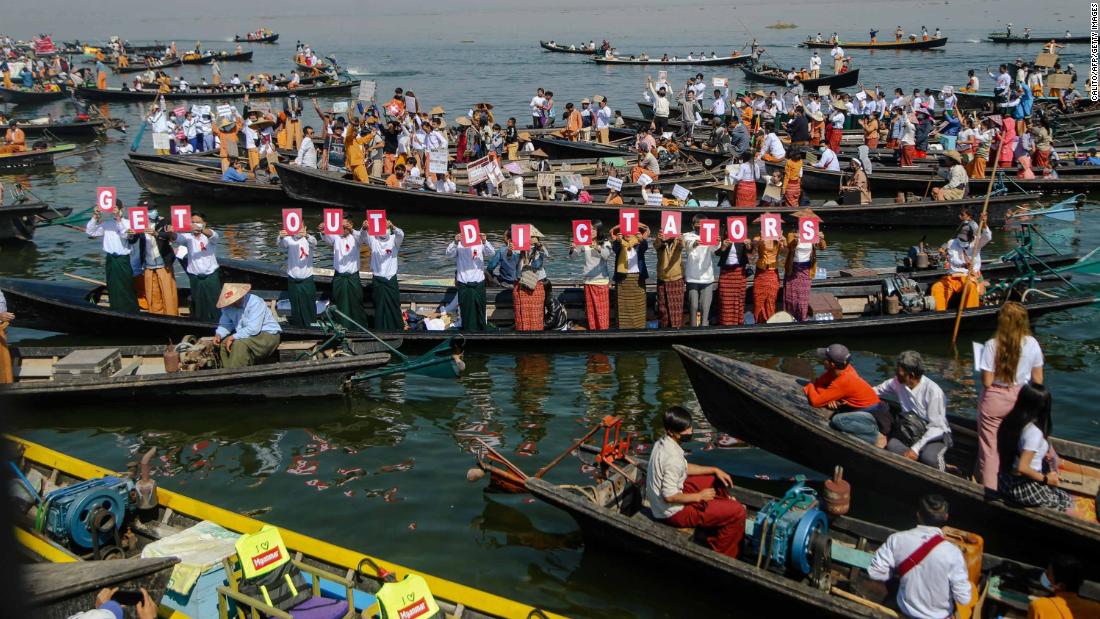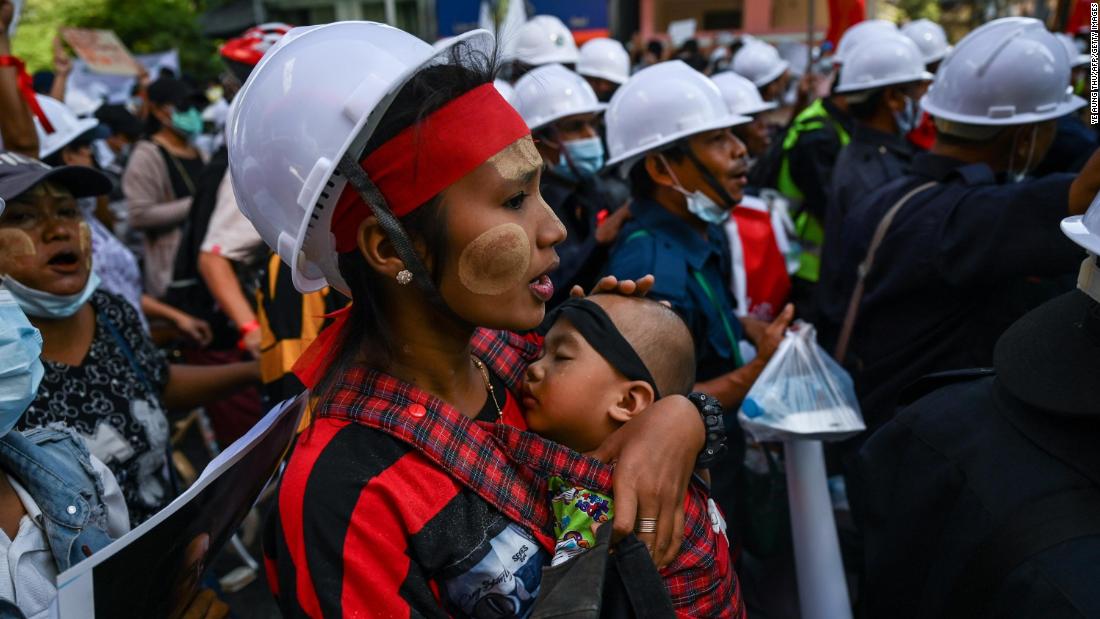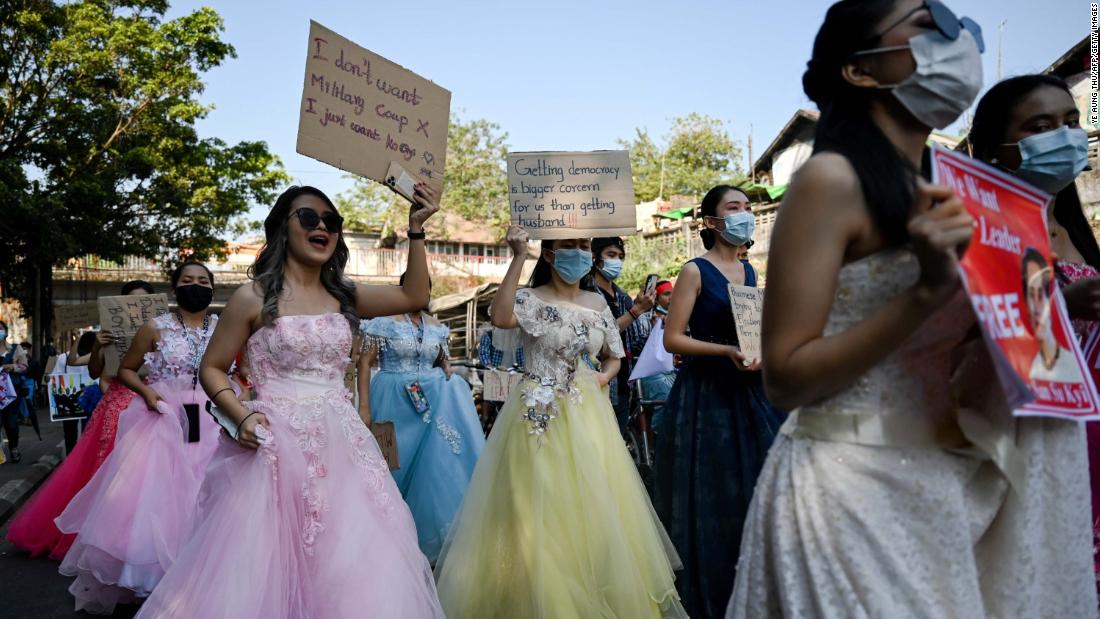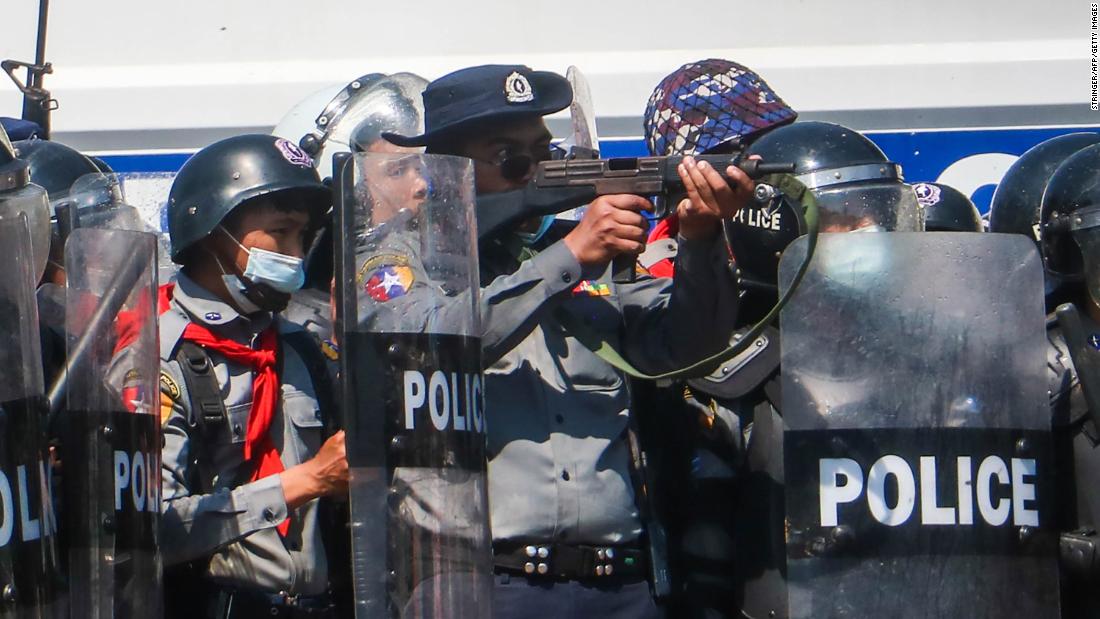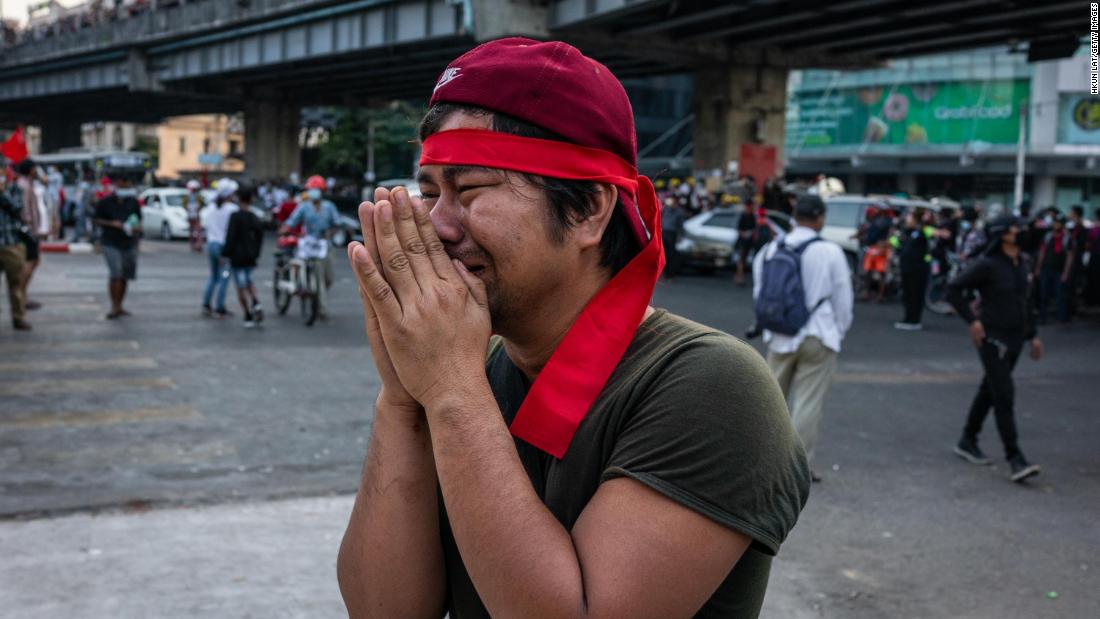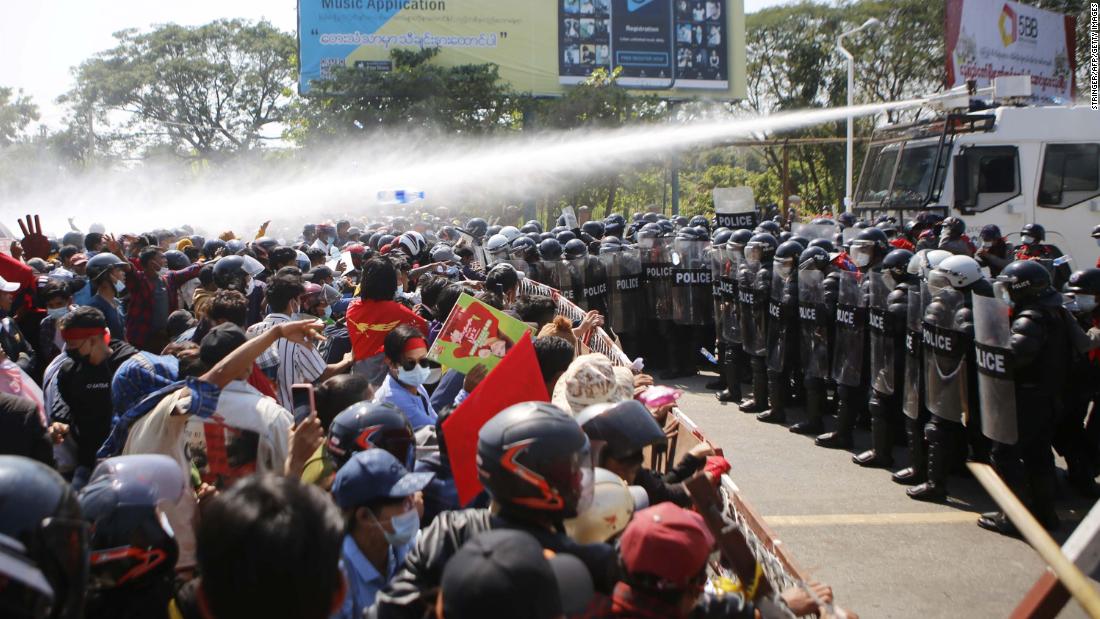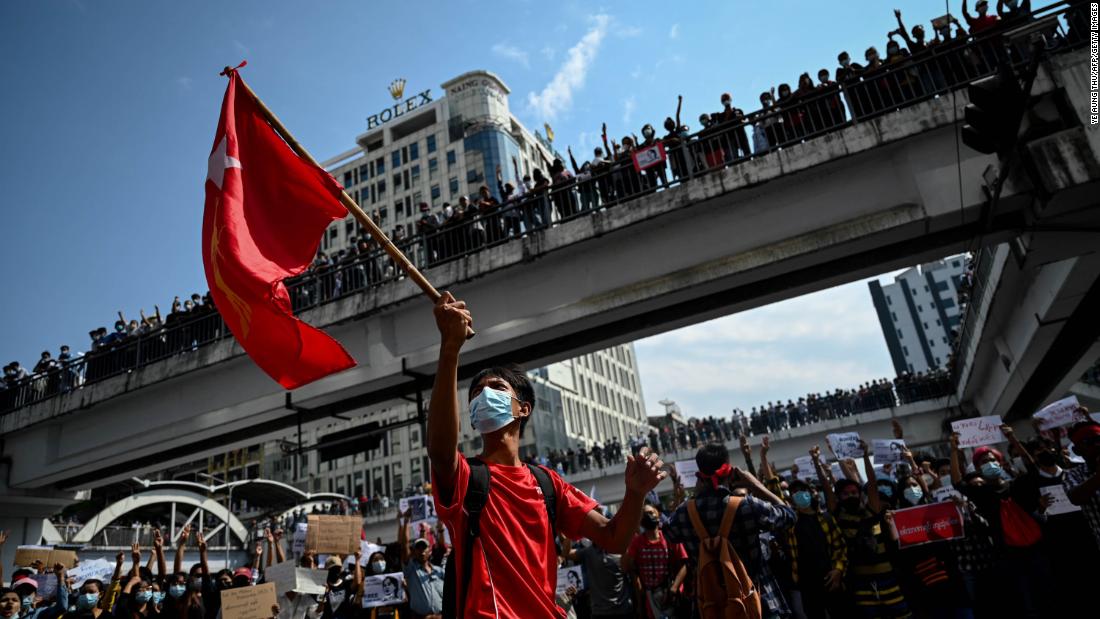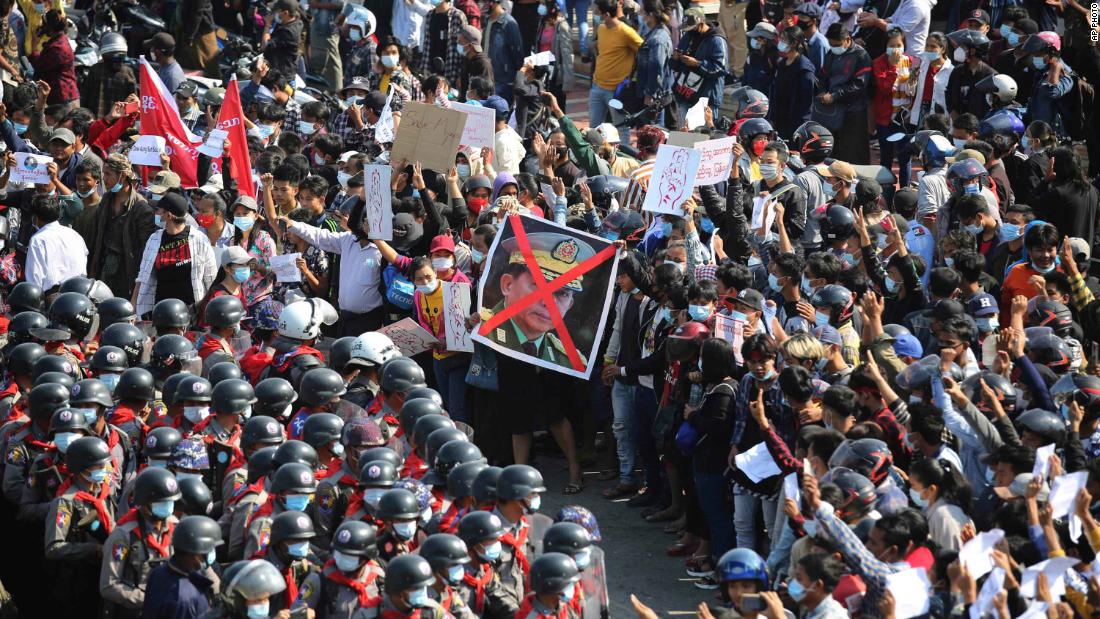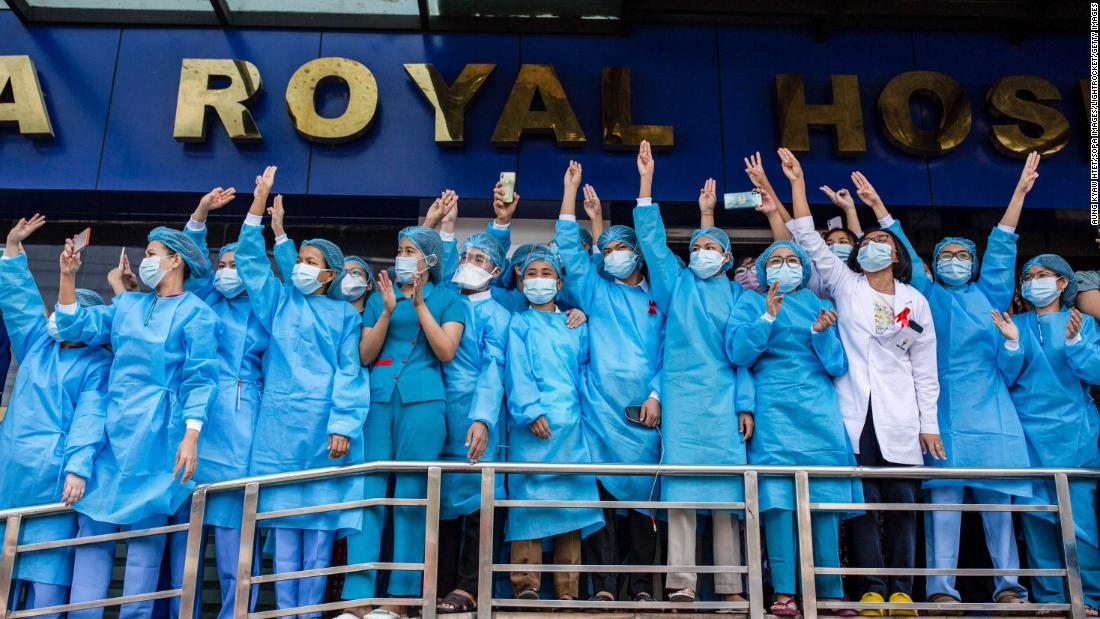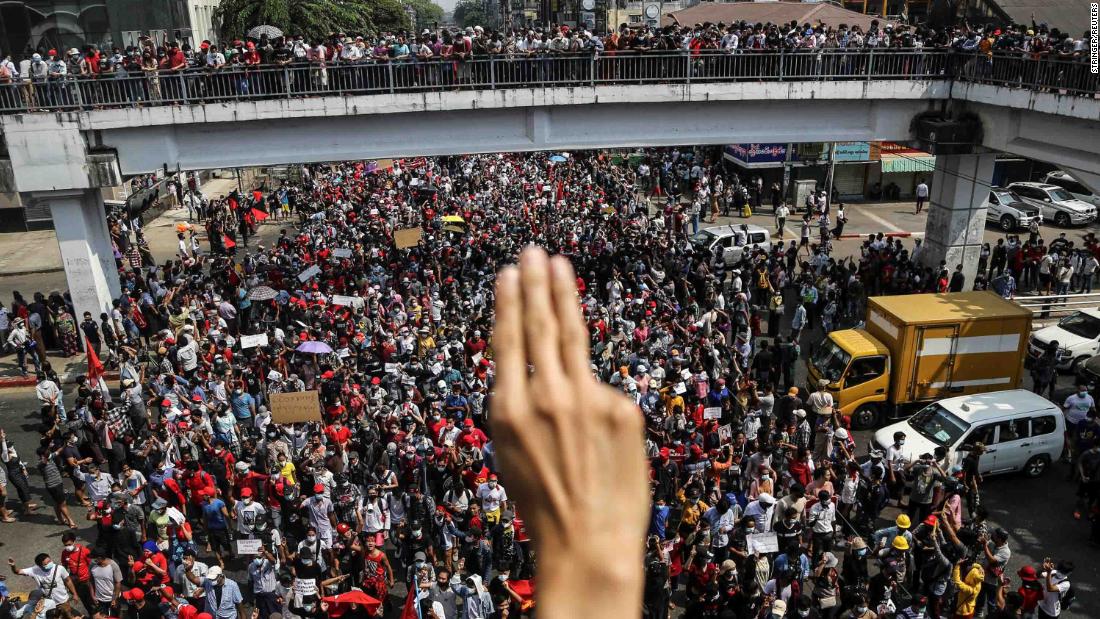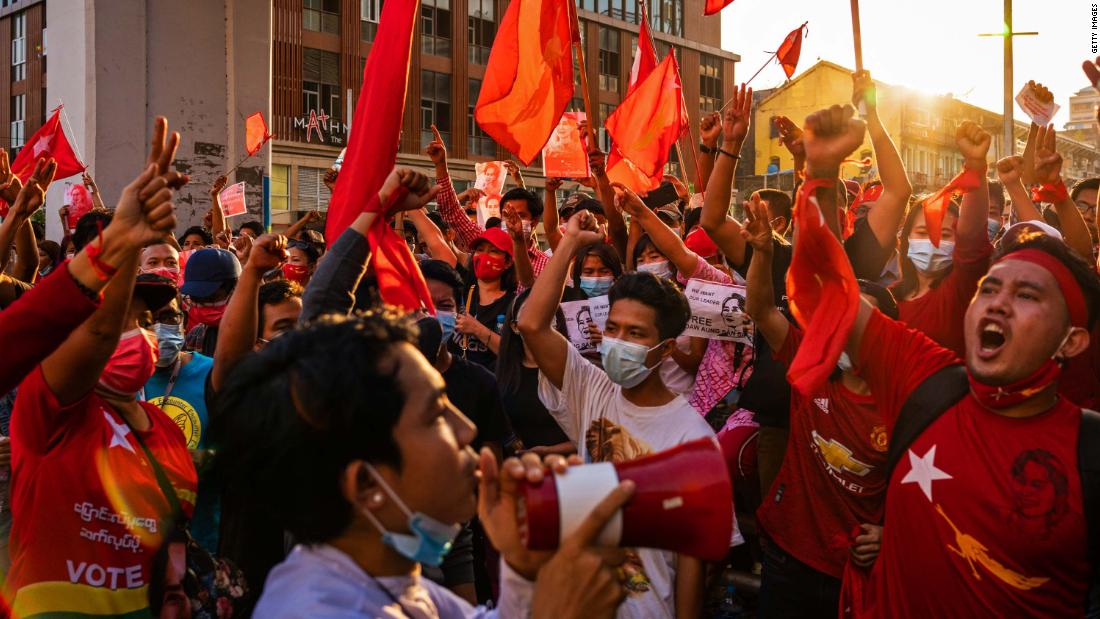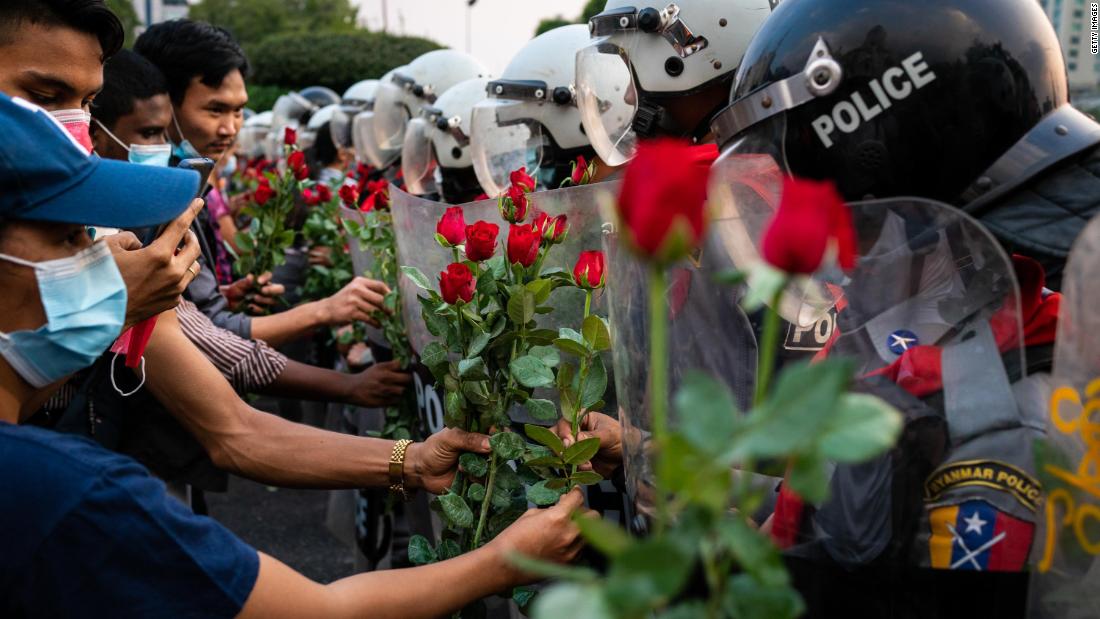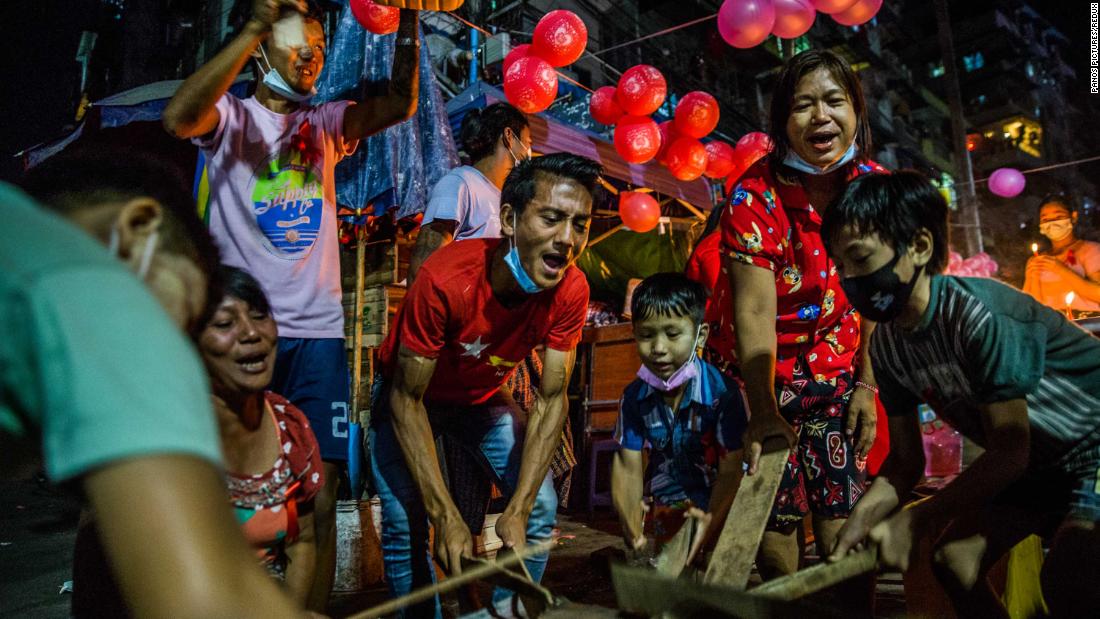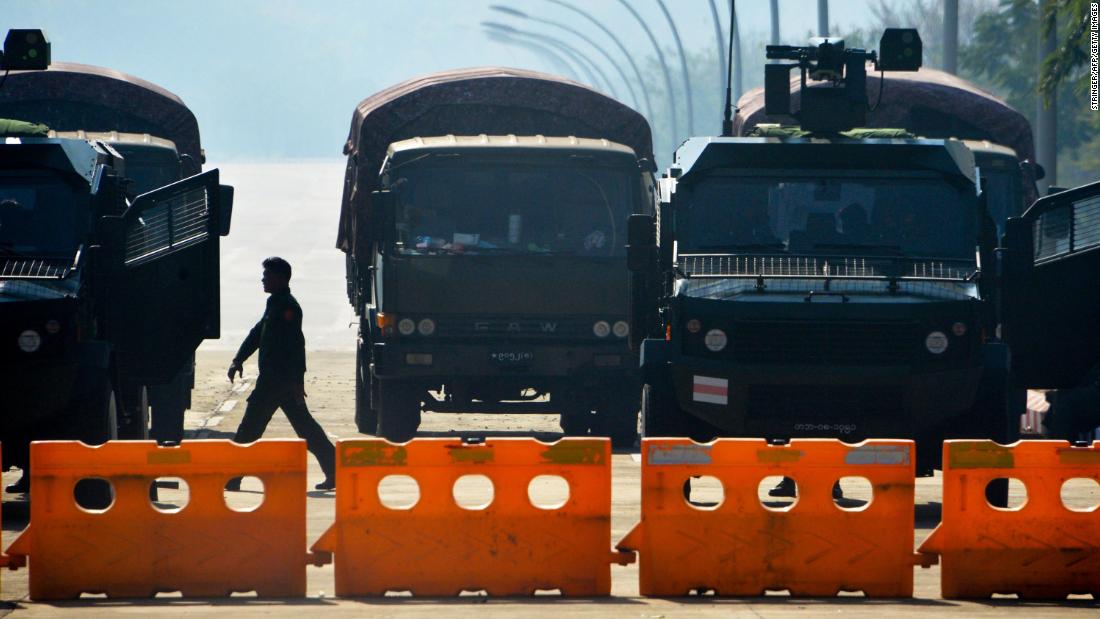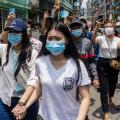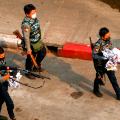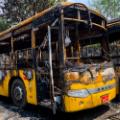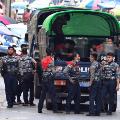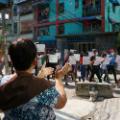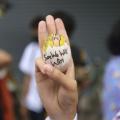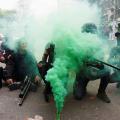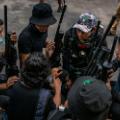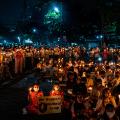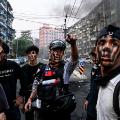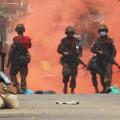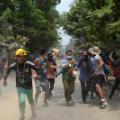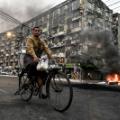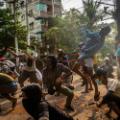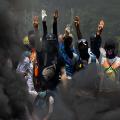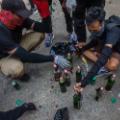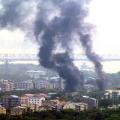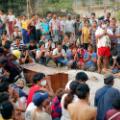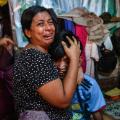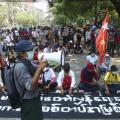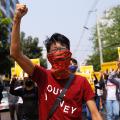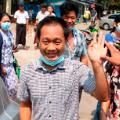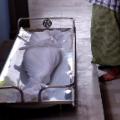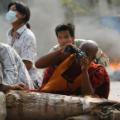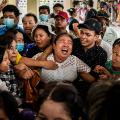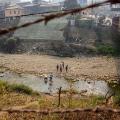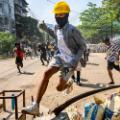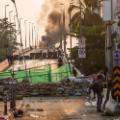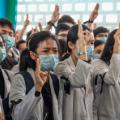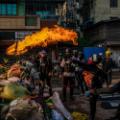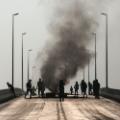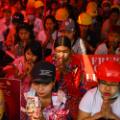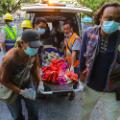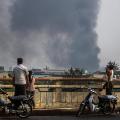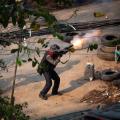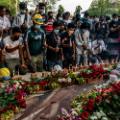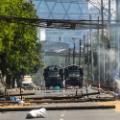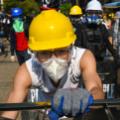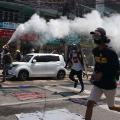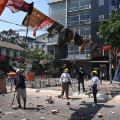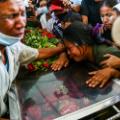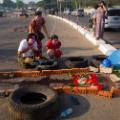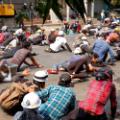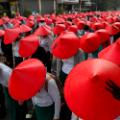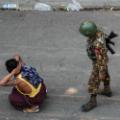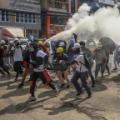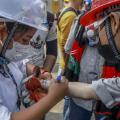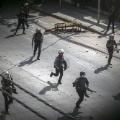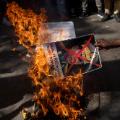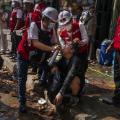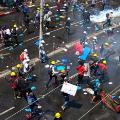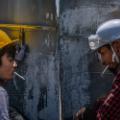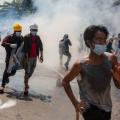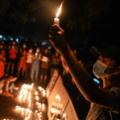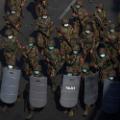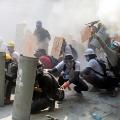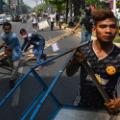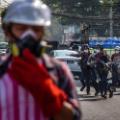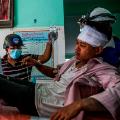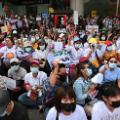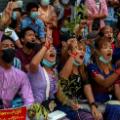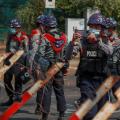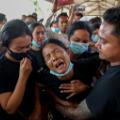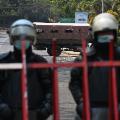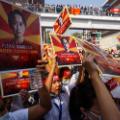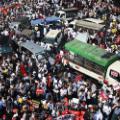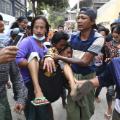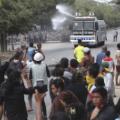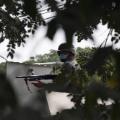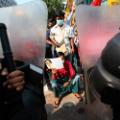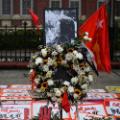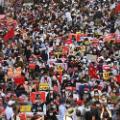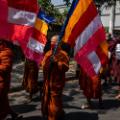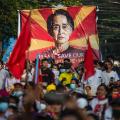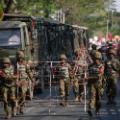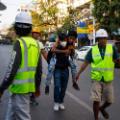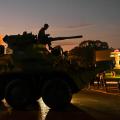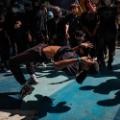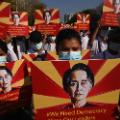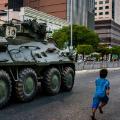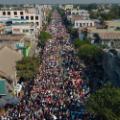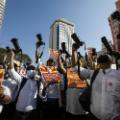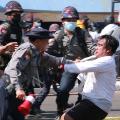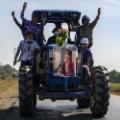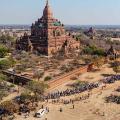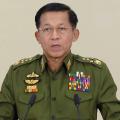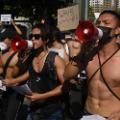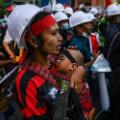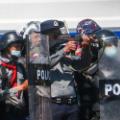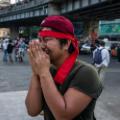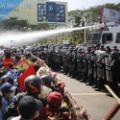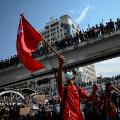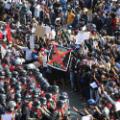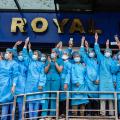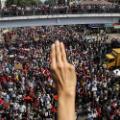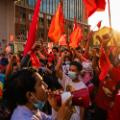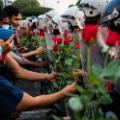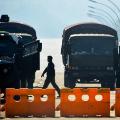Myanmar military uses torture tactics on protesters
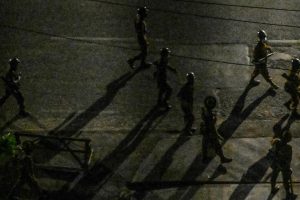
(CNN)The 19-year-old’s eyes are so swollen he cannot open them properly. His face is marked with big purple welts and bruises. Etched into his shoulders and back are long, dark lacerations that have yet to heal over — wounds, he said, that were inflicted when Myanmar military officers who had detained him whipped him repeatedly with cable wires.
“I thought I would die,” the teenager, who did not want to be named for safety reasons, said of his three-day stint in a military detention camp, while showing a photo of his wounds.
He is one of more than 4,400 people detained by Myanmar’s security forces since the military seized power in a coup on February 1, according to advocacy group Assistance Association for Political Prisoners. The round-up, part of a systematic and bloody crackdown on any perceived opposition to the takeover, has ensnared politicians, protesters, journalists, striking workers, celebrities, and even children and bystanders.
Many people have been taken in terrifying nighttime raids or abducted off the streets and held in secretive facilities out of contact from their families. Little is known about the conditions they are kept in.
But the accounts of those who have been released, as well as from defectors from the military and family members, detail brutal acts of violence and torture.
The teen was traveling back to Yangon from Bago on his moped when he said he was stopped at a military checkpoint on April 9. It was a long drive, and it was already getting late. That day had seen one of the deadliest crackdowns on protesters, with more than 80 killed by security forces in the town, according to AAPP.
Searching his bag and phone, soldiers found images of him with a shield at protests.
The 19-year-old said he was taken to a military compound, where his hands were tied and he was repeatedly beaten by the guards, who used cables, the butts of guns, and glass bottles.
“The commander tied my hands from the back and used small scissors to cut my ears, the tip of my nose, my neck and my throat. (He) hit my head with a glass bottle, beat me up, pointed at me with guns but the bullets did not come out. He used the gun to threaten me as soon as I got to their station. Then he let his fellow soldiers beat me up that night,” he said.
The soldiers accused him of giving money to the Civil Disobedience Movement, in which doctors, workers and civil servants have gone on strike to cripple the economy and bring down the junta, led by Gen. Min Aung Hlaing.
“They beat me with a cable wire, they used a big cable wire and they braid it with two cable wires to make it bigger. They forced us to be on our knees, with our backs straight, and punched and kicked us. When we fell on the ground they hit us with the cable wire. It hurt so much. I even told them to kill me instead of torturing me it was that painful,” the teenager said.
Three weeks after his ordeal, he remains in hiding. His wounds are healing, he said, but he still has difficulty walking and can’t properly fasten his buttons.
During the beatings, one thing kept him going. “I thought I was about to die but I have to stay strong, I couldn’t eat what they gave to me but I forced myself to eat to stay alive, we have to be released and when we get released we can participate (in the protests) again,” the 19-year-old said.
His scars, both physical and mental, are a constant reminder of the military’s grotesque cruelty and lack of regard for the civilians they claim to rule over.
More than 750 people, including large numbers of children and young people, have been killed by security forces since the military junta seized power, AAPP has documented. A growing number of those killed are injured protesters who were detained by the military and denied medical attention. Others, including ousted members of the democratically elected National League for Democracy, have died in custody, their bodies bearing the marks of torture.
“People arrested by the security forces are more likely to be subjected to torture or ill treatment in detention,” said Zaw Win, human rights specialist with rights group Fortify Rights. “Our team has documented cases of arbitrary arrests, enforced disappearances, and beatings since February 1. The military tactics of arrest and ill treatment are creating an environment of terror and anxiety among the public. Yet, protesters are still going to the streets to call for an end to military rule.”
Torture was widespread and well documented during the previous military regime, which began transferring power to a quasi-civilian government in 2011. Despite the civilian government of Aung San Suu Kyi and the National League for Democracy being in power since 2014, the United Nations Convention Against Torture was never signed.
The AAPP said torture in Myanmar is still commonplace during interrogation and imprisonment to extract confessions or further degrade and humiliate detainees.
CNN has reached out to Myanmar’s military for comment. In state media, the junta has said it is acting with restraint in handling what it has described as demonstrations by “riotous protesters” whom it accuses of attacking police and harming national security and stability.
Barely recognizable
Despite claims of restraint, the military junta has shown no shame in its acts of cruelty — if anything, it’s made efforts to publicize those acts as a warning to anyone who dares to speak out.
Every night at 8 p.m. local time, neatly coiffed news anchors announce a list of people wanted for arrest on junta-controlled TV. The broadcasts have included actors, musicians, journalists and doctors who have gone on strike to protest the coup — their photographs and social media profiles beamed across the country.
On April 18, the military aired the images of six people it had arrested and accused of being in possession of homemade bombs following a series of deadly blasts in the Yangon suburb of Yankin on April 17. The faces of the four men and two women bore severe signs of abuse.
One of the women, 31-year-old dance teacher Khin Nyein Thu, was barely recognizable, her mother said. Her face was swollen and bloody. Her mother, who did not want to be named for security reasons, said Khin Nyein Thu was picked up in a nighttime raid and she is concerned about her welfare in an interrogation center, where she is now believed to be held.
Her mother managed to catch a glimpse of her daughter when she was first taken to the police station. “She was clearly in pain, she was walking unsteadily and when I called her she turned around to look at me. It was at this point I could tell that her face was very swollen,” she said.
“I was told by someone who was released that she has been hit in the face, I understand she has cuts on her face and lips, and bruised eyes, and lost a tooth.”
She described Khin Nyein Thu, her only child, as a creative, artistic person who loved to dance, paint, kickbox, and share what she knows with others.
Though detained on April 17, Khin Nyein Thu has not been charged or taken to prison, her mother said. Instead, she believes she has been transferred to another interrogation camp.
“I could not sleep all night and I had a choking feeling of fear. The worst was thinking I could not follow her,” the mother said of the night her daughter was taken. Desperate to hear from her daughter, she added, “I want to see her. I want her to get medical treatment as soon as possible.”
‘They will kill anyone they want’
Even among the lower ranks of the military, there are soldiers disgusted with the violence they are being ordered to carry out against their fellow countrymen and women.
From the safety of neighboring India, a 23-year-old former army cadet said he defected from the military, haunted by his experiences on nighttime raids. CNN has agreed not to name him for his safety.
He described a culture of intimidation and brainwashing within the military, known as the Tatmadaw, where from day one new recruits are told the country can only be at peace if the army is in charge.
Freshly graduated from military training in March, the 23-year-old was posted to Yangon’s Mingaladon township, where he was ordered to join the nightly raids and arrest suspected protesters or opponents of the coup.
He said every night they would deploy with two rounds of ammunition, assault rifles, detailed maps of neighborhoods and names of protest leaders from their informants.
“They order us to shoot when the person we want to arrest is escaping from the house,” the former cadet said. “At one point we went to arrest two leaders, one got arrested and one was trying to escape and we shot him on the spot.” He said the person who was shot managed to escape, so they arrested his daughter who was also in the house.
“The orders depend on the commanders of the group, if they told us shoot then we have to shoot right away,” he added.
The former cadet claims he intentionally broke his rifle that night so it wouldn’t fire, but he couldn’t avoid participating in the beatings. His account gives a harrowing insight into the military’s operations, as reported by countless protesters and family members of those detained.
“They were crying when we raid their houses and beating them. The neighbors knew too but on one dares to come out at night. If someone looks at us through their windows, we asked them to come out and beat them too. The military will find fault at every house they raid and will beat them,” he said.
The culture of fear within the ranks means he cannot complain. “I cannot say anything even if I do not like what they are doing,” he said.
Anyone found outside after curfew at 8 p.m. local time is interrogated and beaten. If they run, military orders are ordered to shoot them, the former cadet said. No one is spared this treatment, including women and children.
“The youngest one I saw was around 10 or 11 years old, a boy,” he said.
“If someone talks back to us, we will hit them with the back of the gun — and some bleed. I feel sad every night as I have to watch when they are beating people in the house, including children, and I couldn’t say anything to them. I feel sad every night.”
The former cadet also described what many family members and activists have reported — that injured protesters are being denied medical care while in custody. Some pass away in detention from their wounds, left to die with no aid to ease their suffering.
“When people got shot and got arrested they didn’t get any treatment. Some were still alive when they got shot but because they didn’t get any treatment, they died in the morning because they lost too much blood. Then the military gave the dead body back to the family,” he said.
The former cadet said that at the military barracks, soldiers are not allowed to leave the base and are only allowed to watch the military TV channel.
“They brainwash us by telling us that it’s only because of the Tatmadaw’s existence the country is peaceful. They told us the ethnic armed groups are smuggling drugs and trafficking people and that is why the Tatmadaw has to fight them. If the Tatmadaw do not exit, the civilians will not be able to live peacefully anymore,” he said.
Previous atrocities perpetuated by the military have shown the indoctrination to be nationwide and decades old. Human rights abuses by the military, including beatings, torture, extrajudicial killings, forced labor and sexual violence, have been long documented by the UN and rights groups in ethnic areas such as Kachin and Karen states.
In 2017, the military’s campaign of killing and arson against the Rohingya community in Rakhine state forced more than 740,000 people to flee to neighboring Bangladesh. A genocide case against the military and coup leader Min Aung Hlaing is ongoing at the International Court of Justice.
Now, the military has brought its ruthless war tactics from the jungles and borderlands to the towns and cities. Soldiers, like the young former cadet, are turning their guns on people who could be their neighbors.
The former cadet said it was the cruelty to the families of the protesters that finally broke him, so he decided to escape and made the long journey from Yangon to the Indian border.
“I have to go out every night and I don’t want to do this anymore, I cannot keep seeing people got beaten every night,” he said.
“They will kill anyone they want kill, that’s what I know of them.”
Source: Read Full Article






